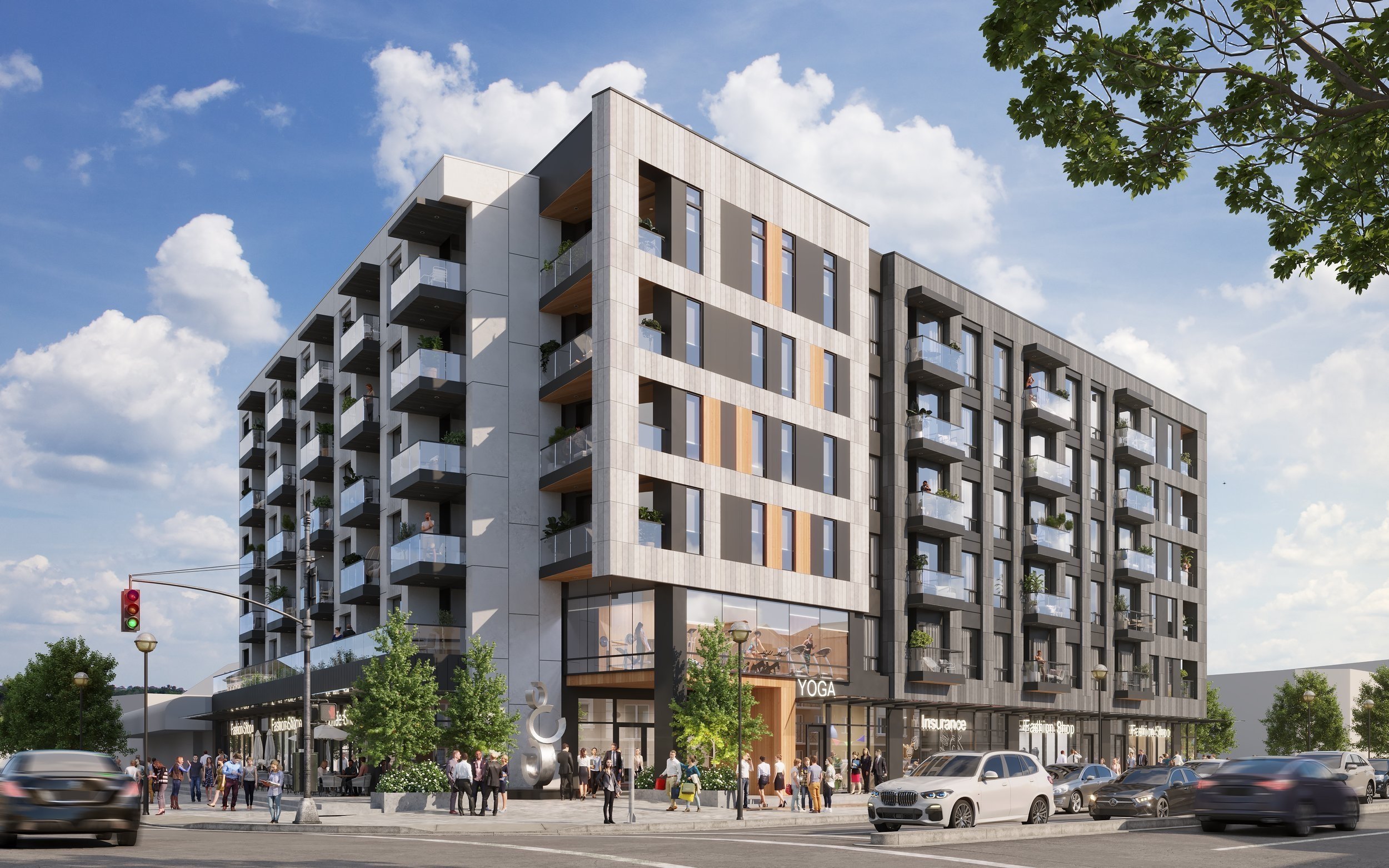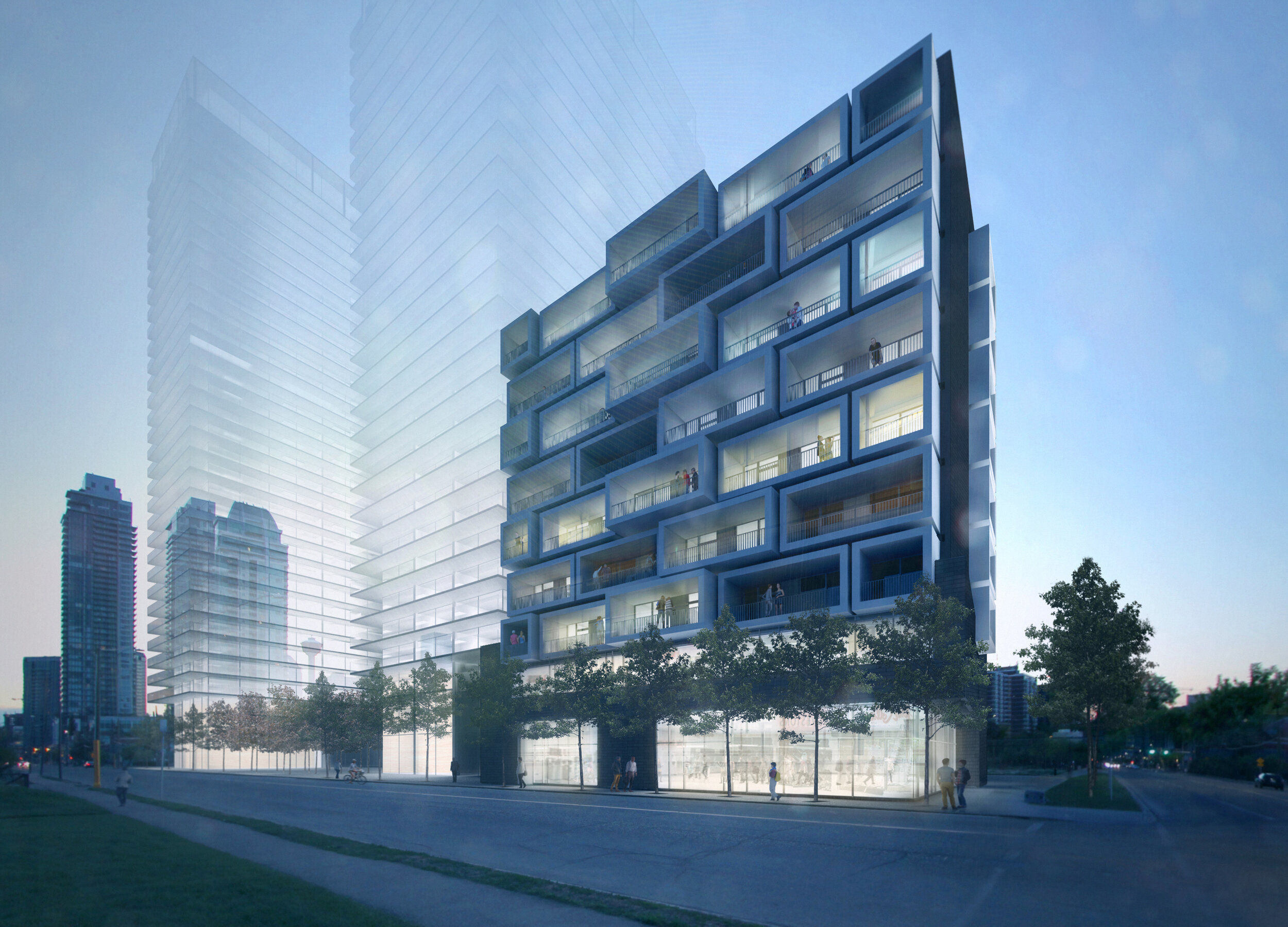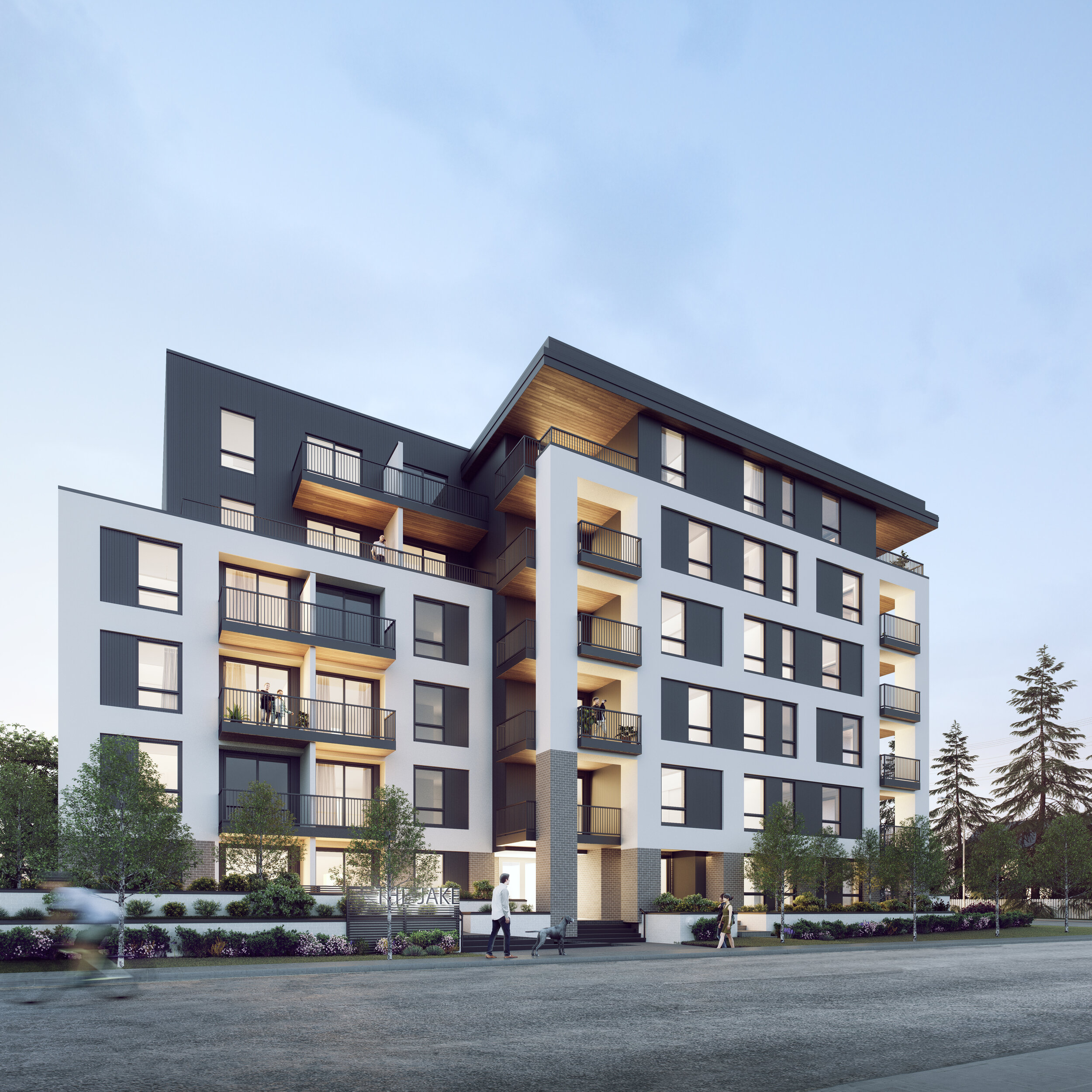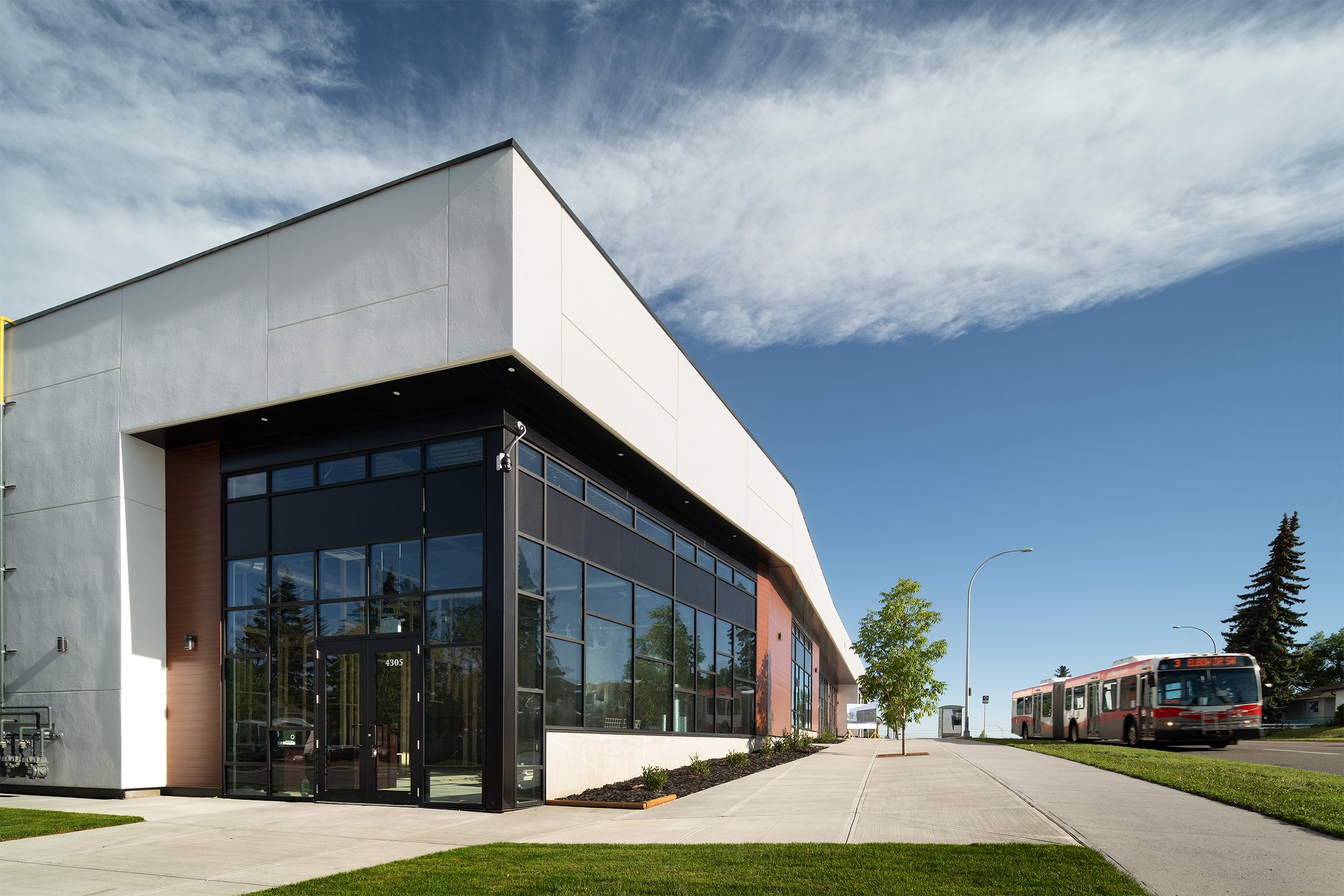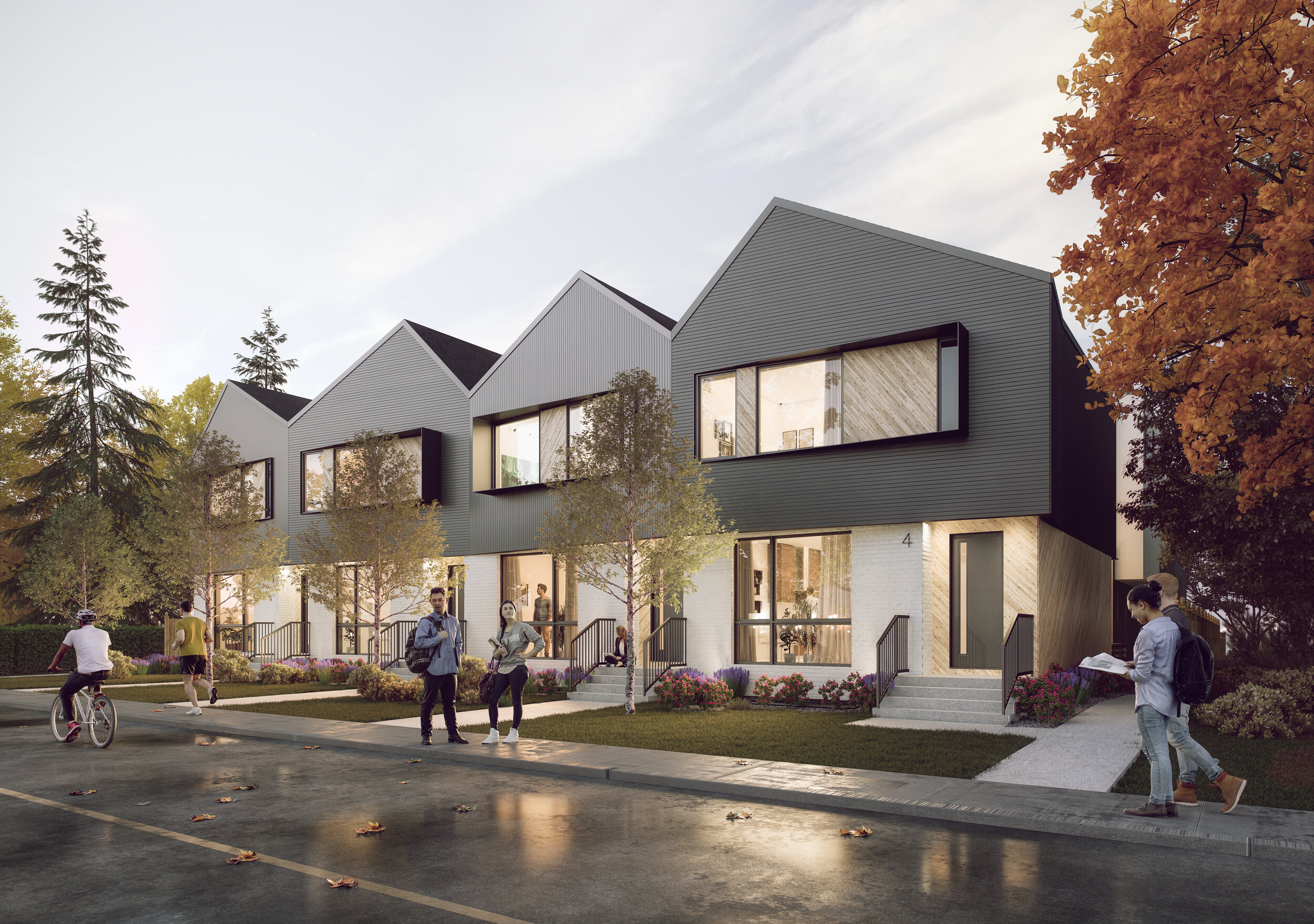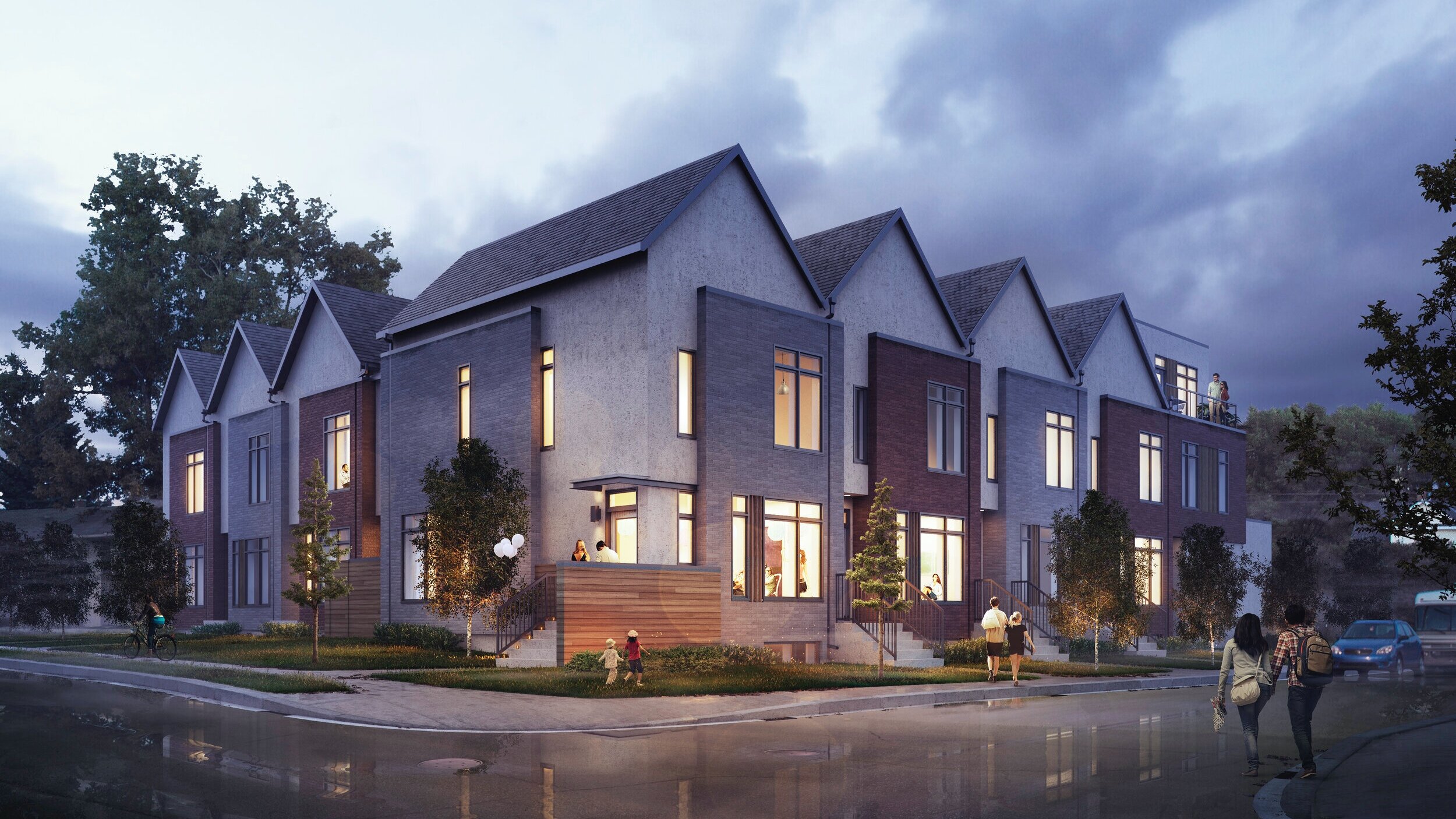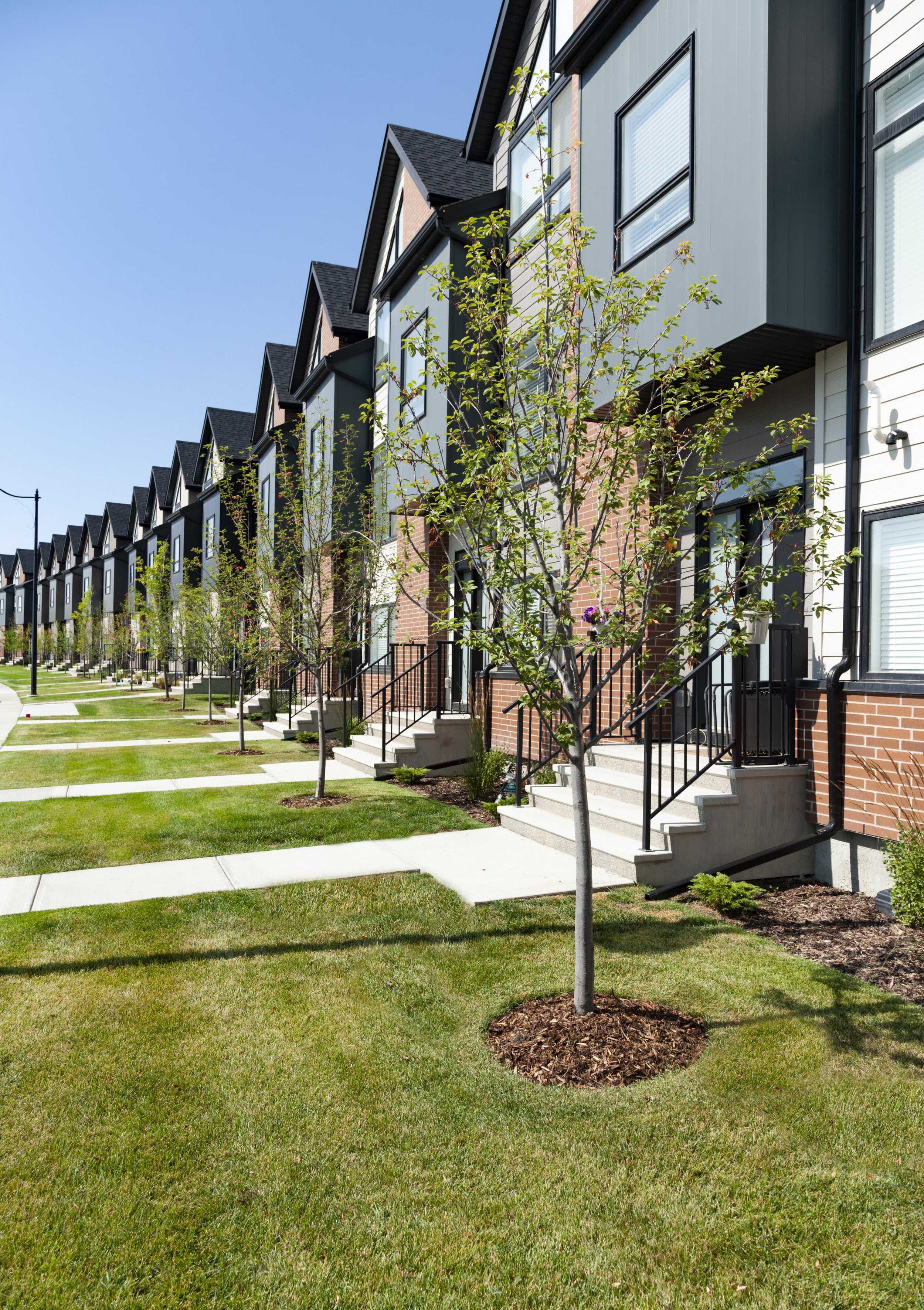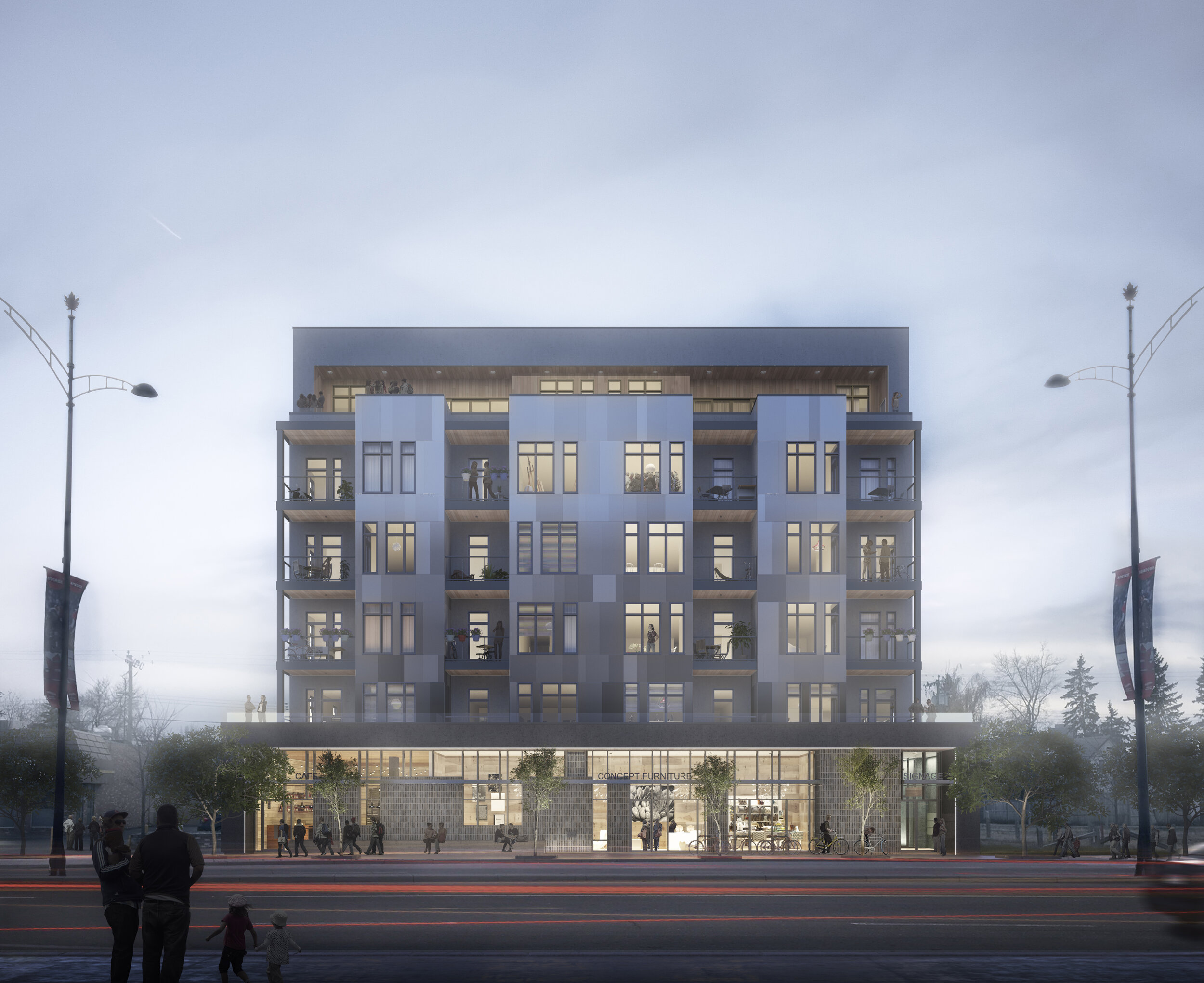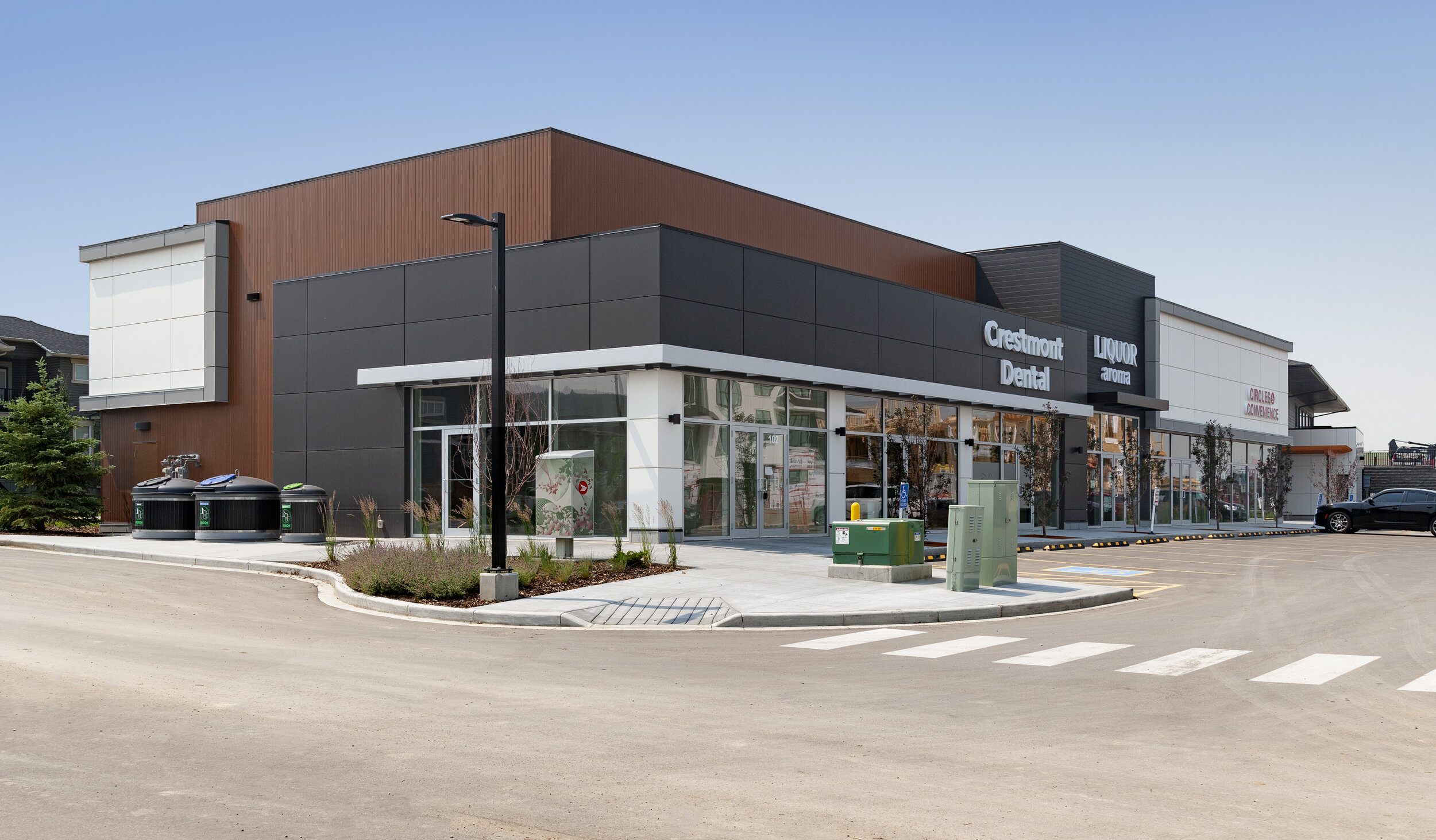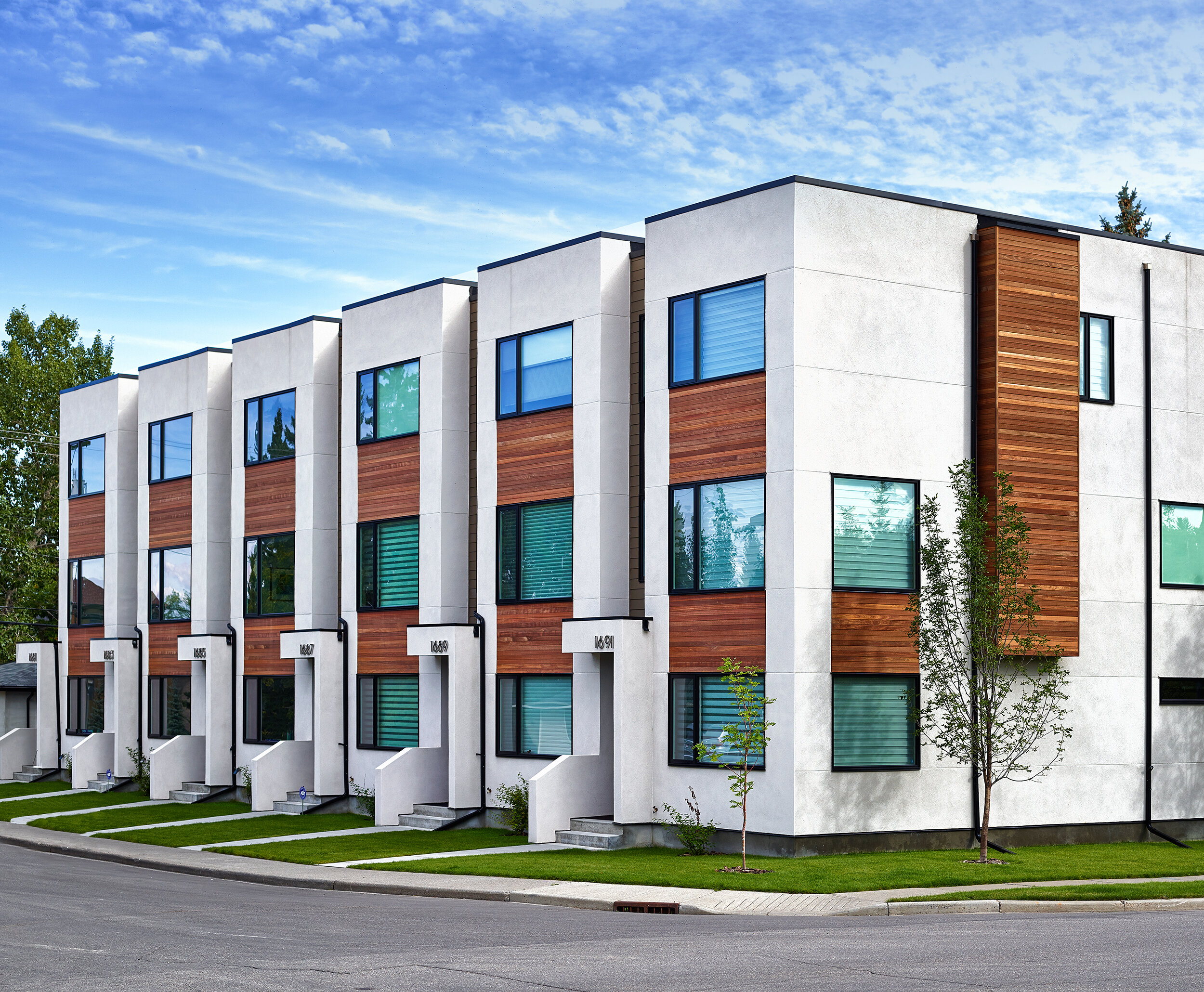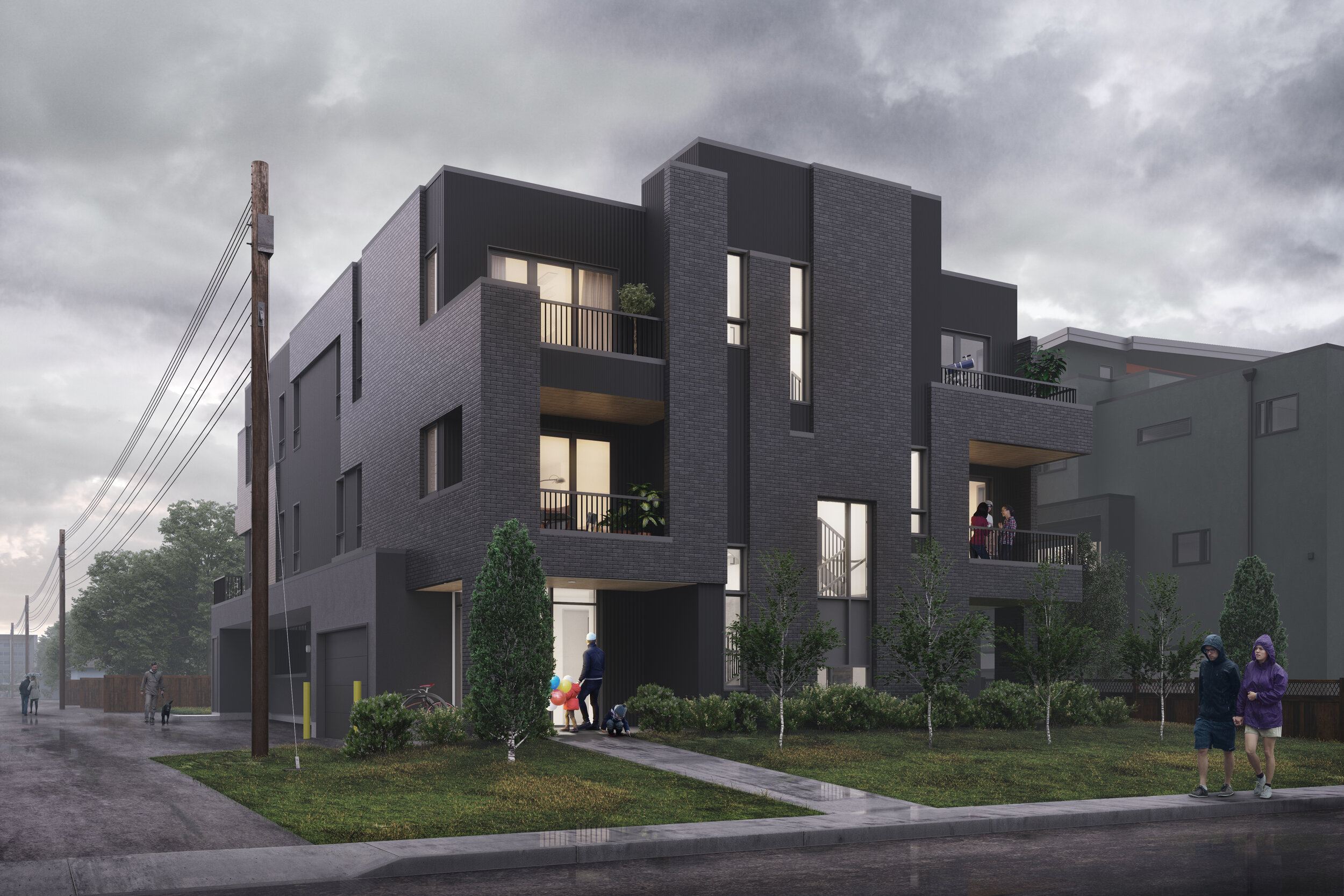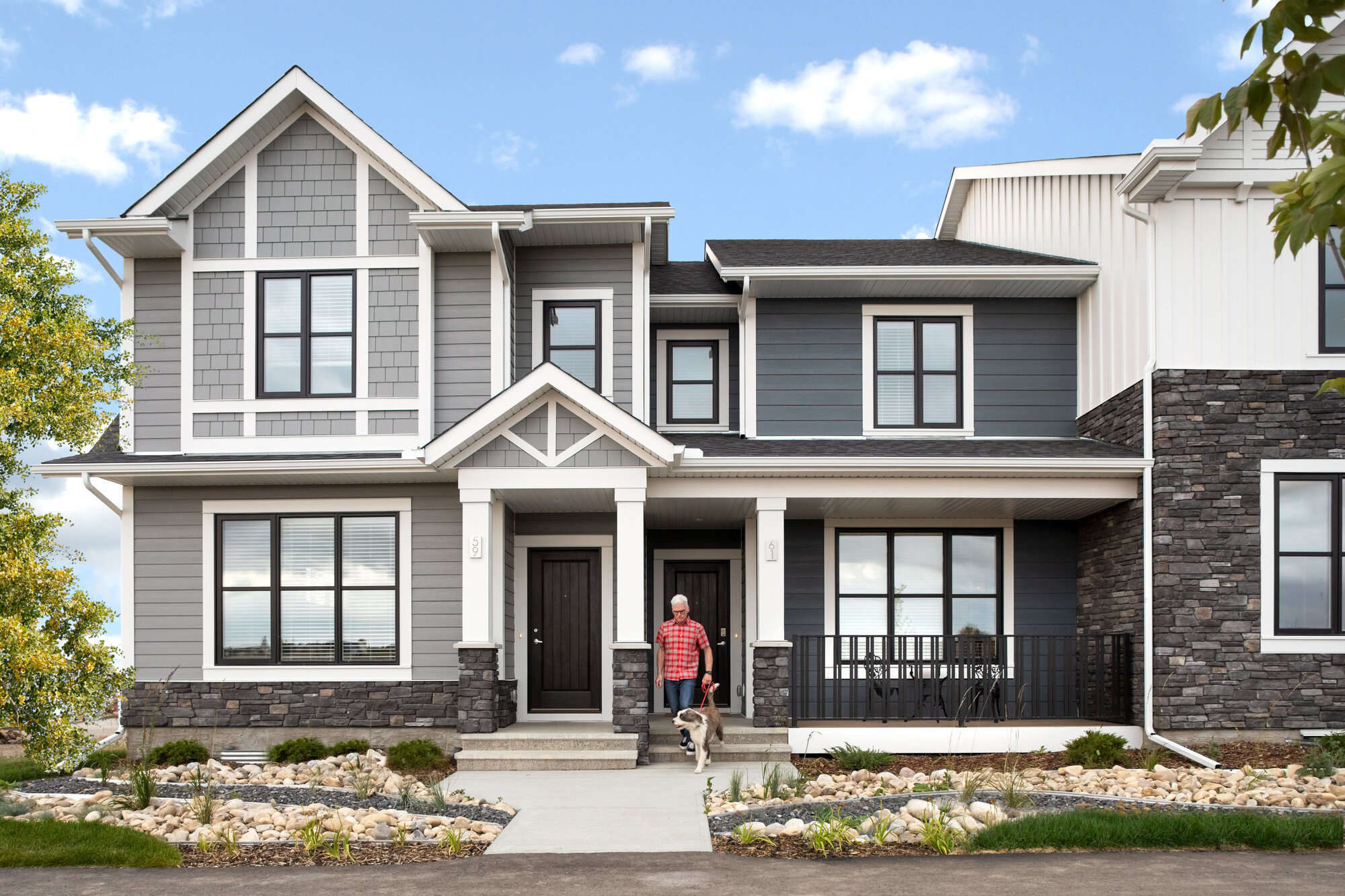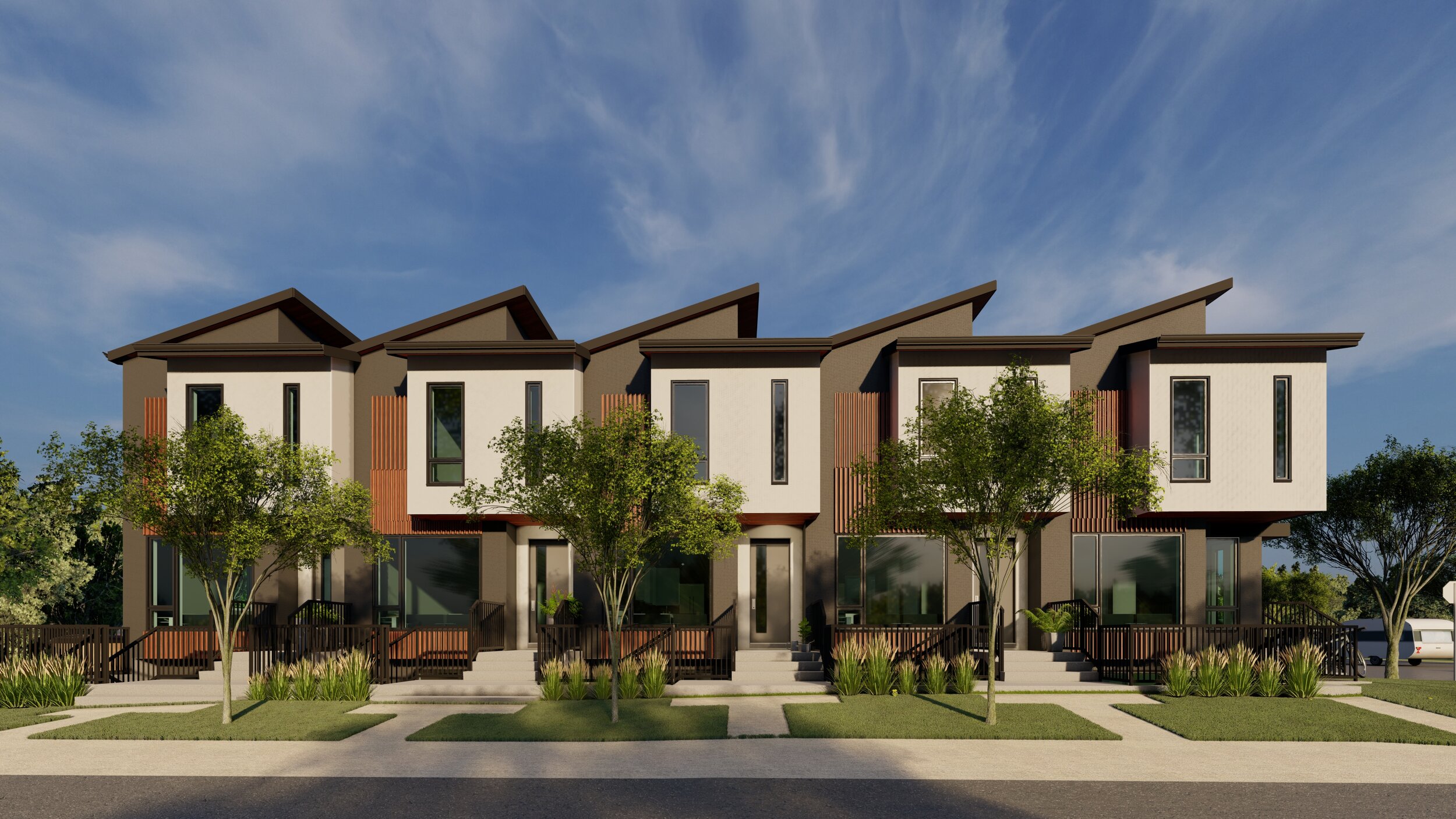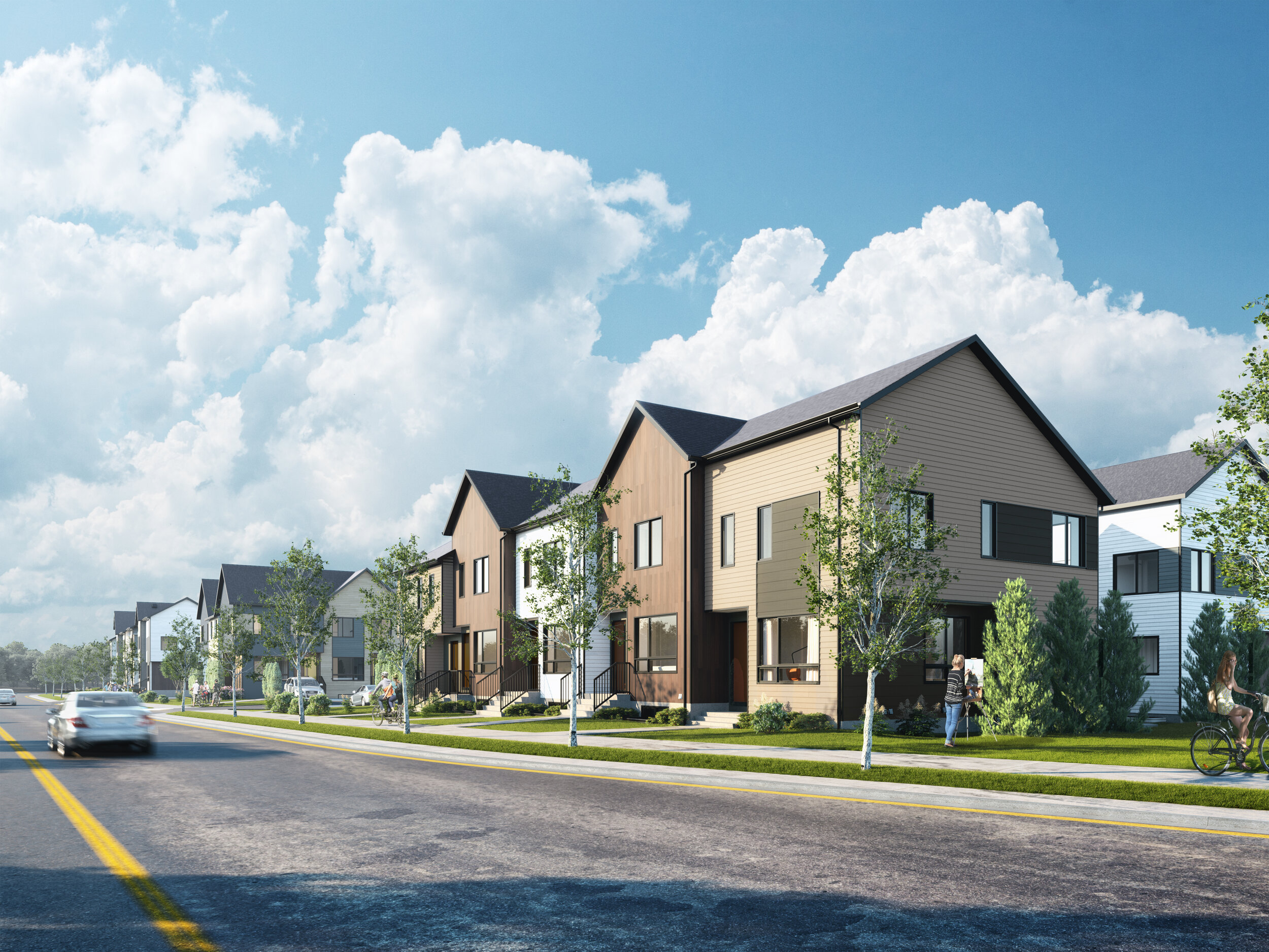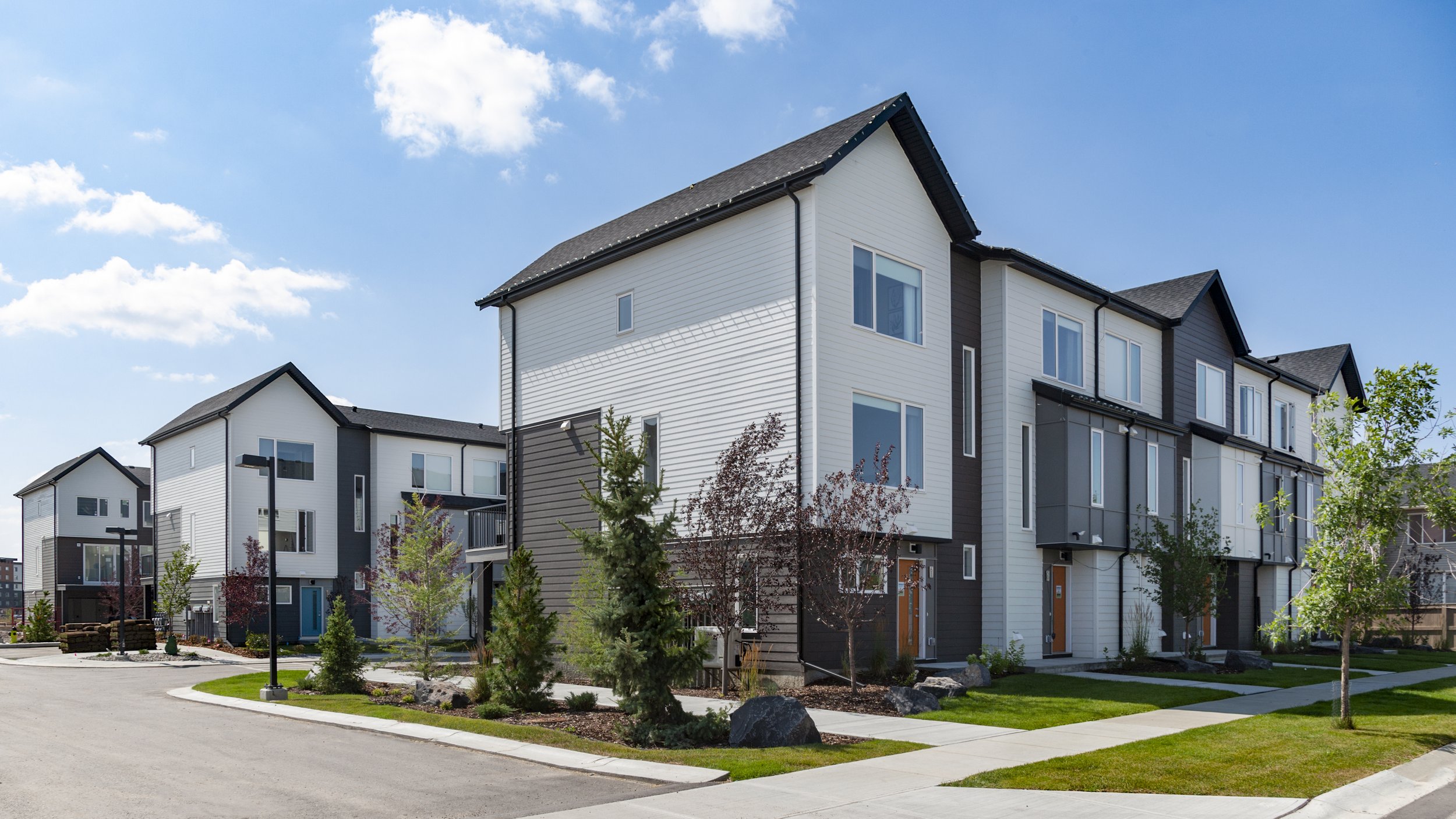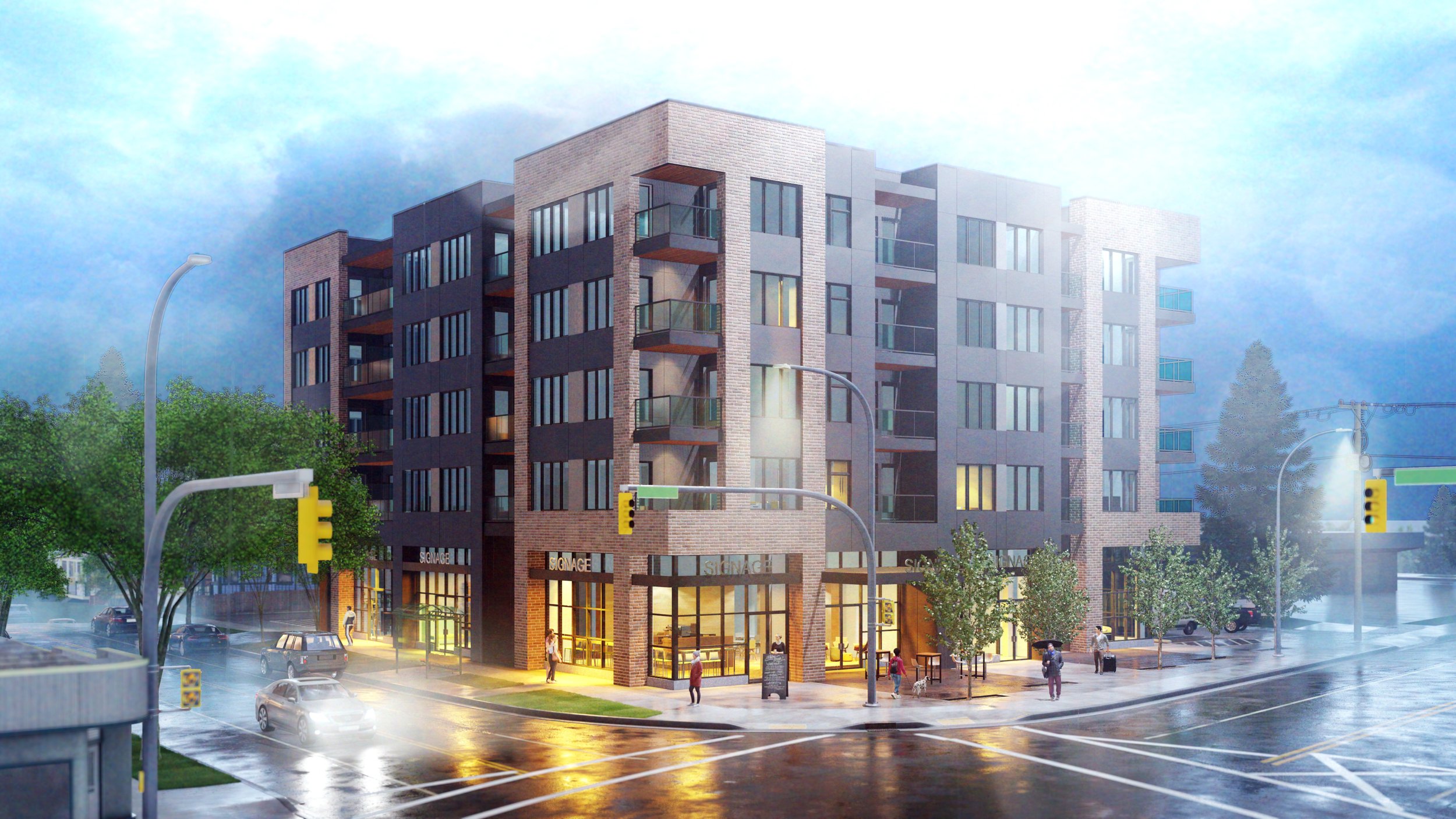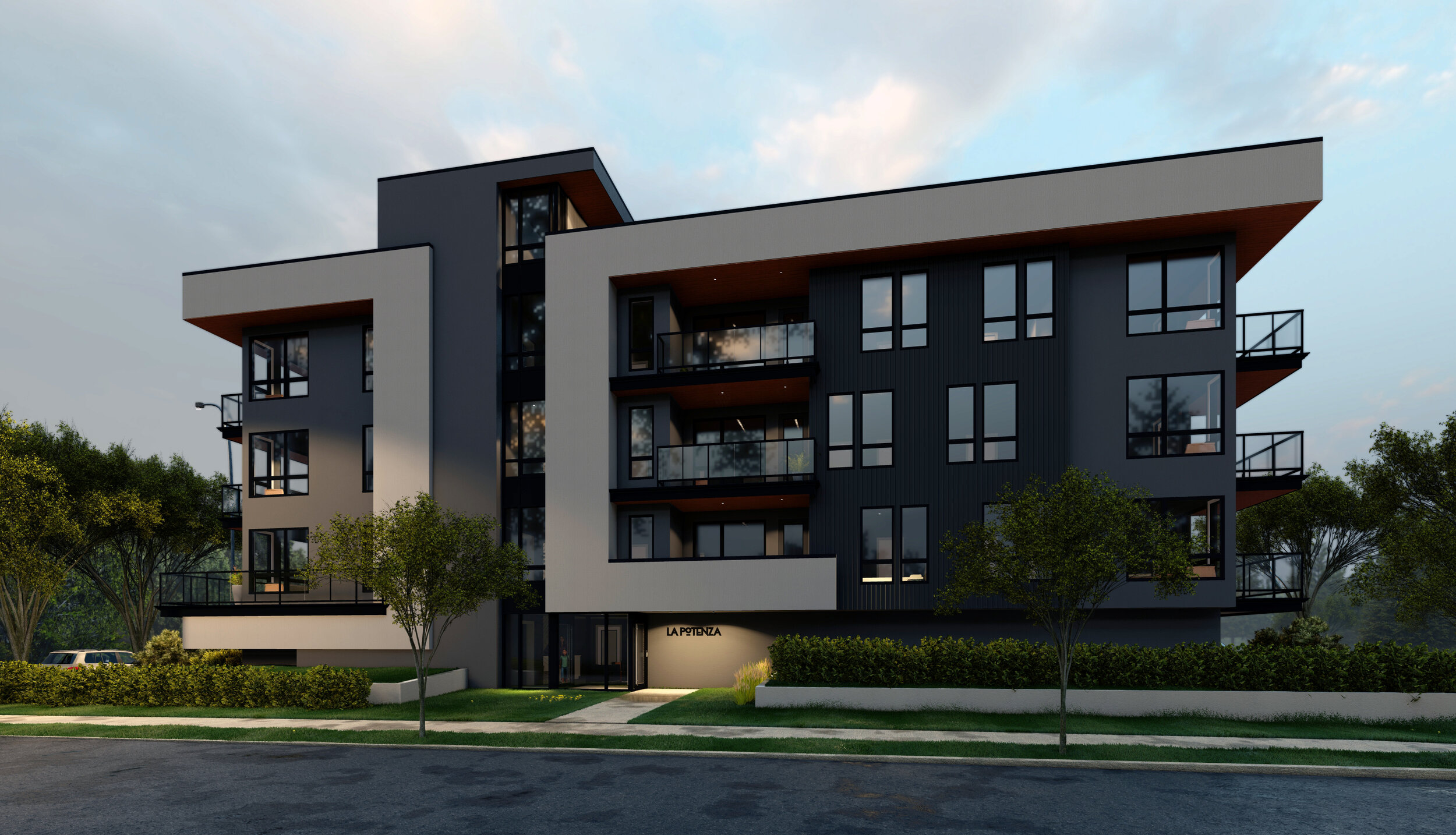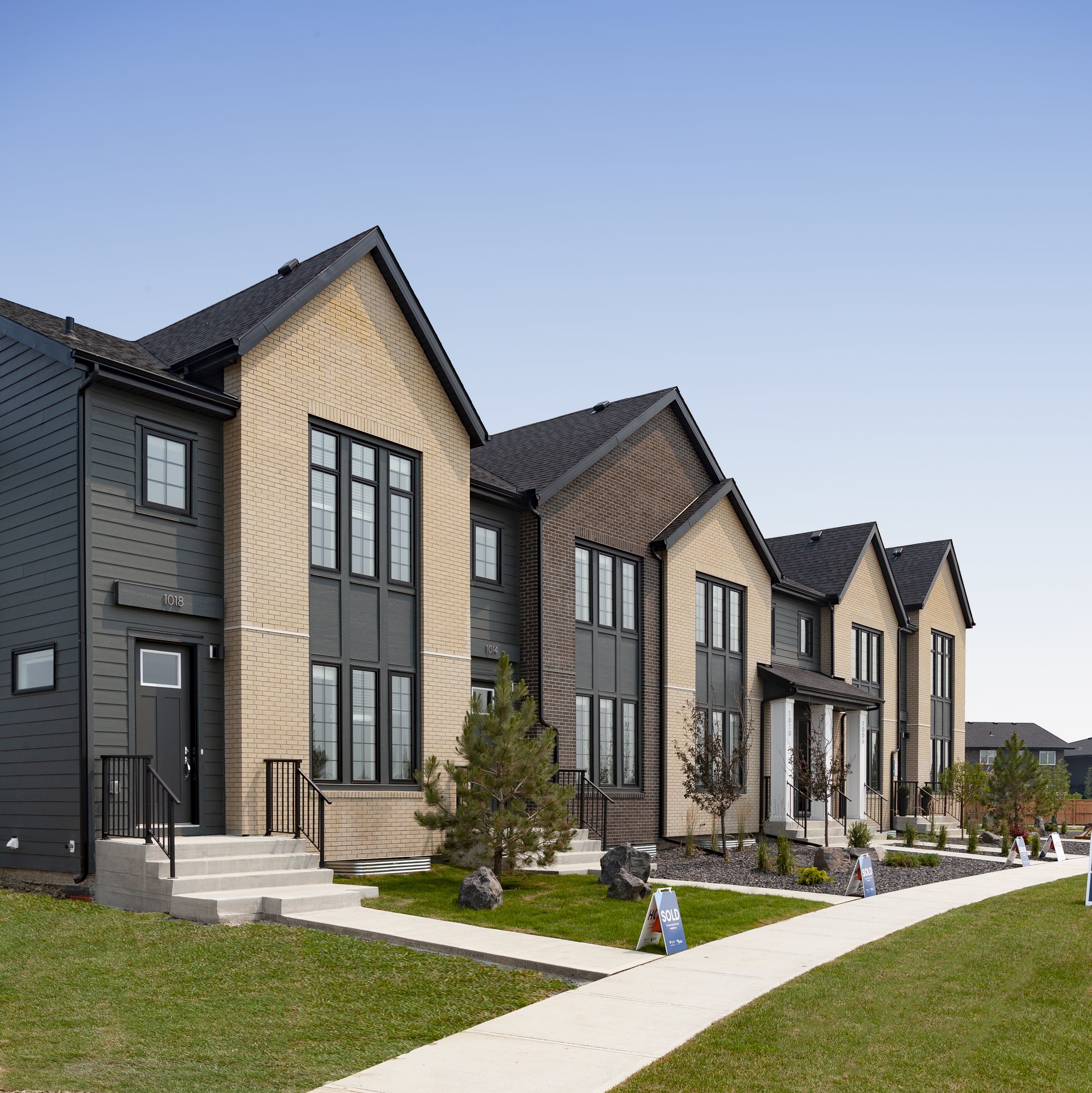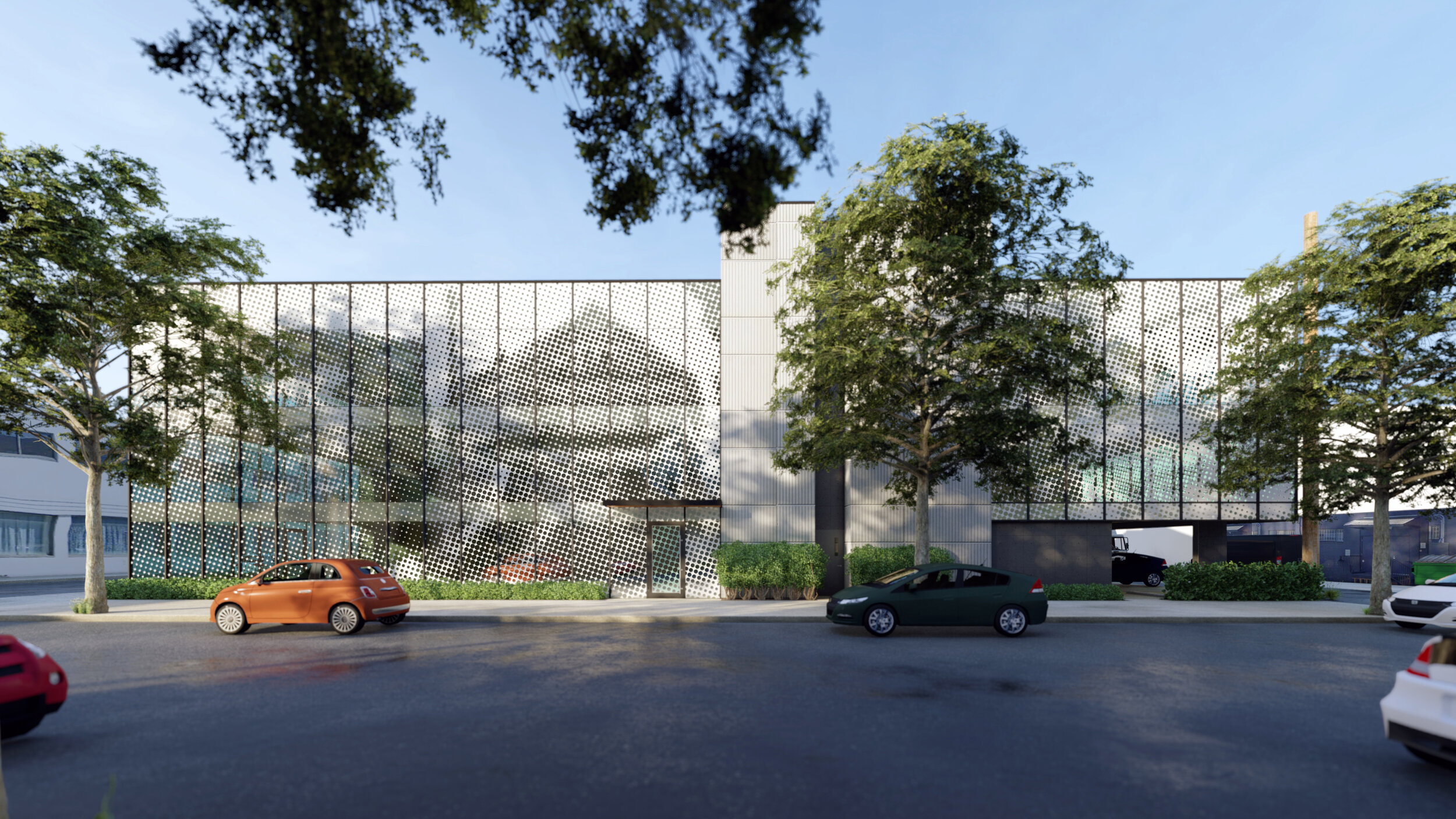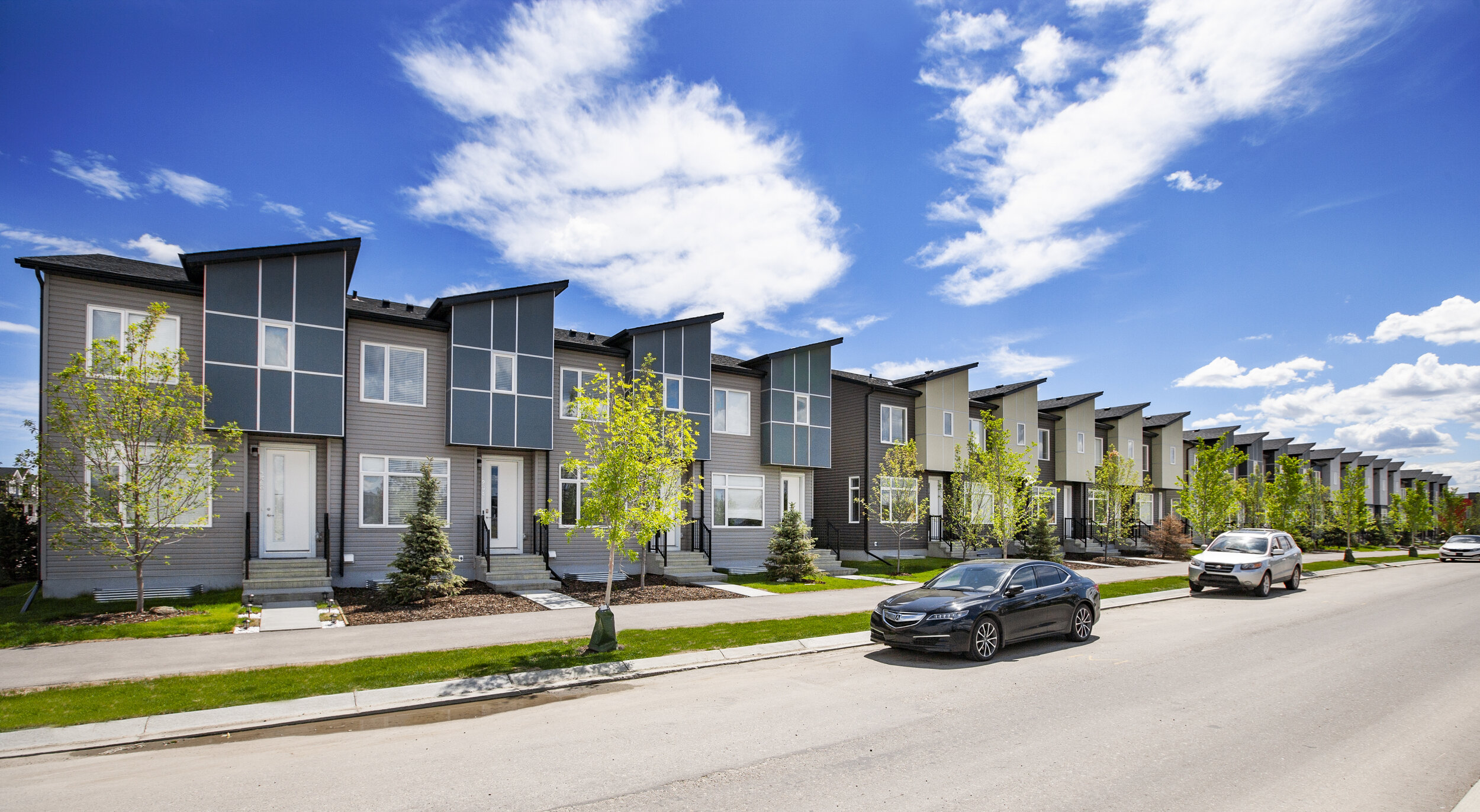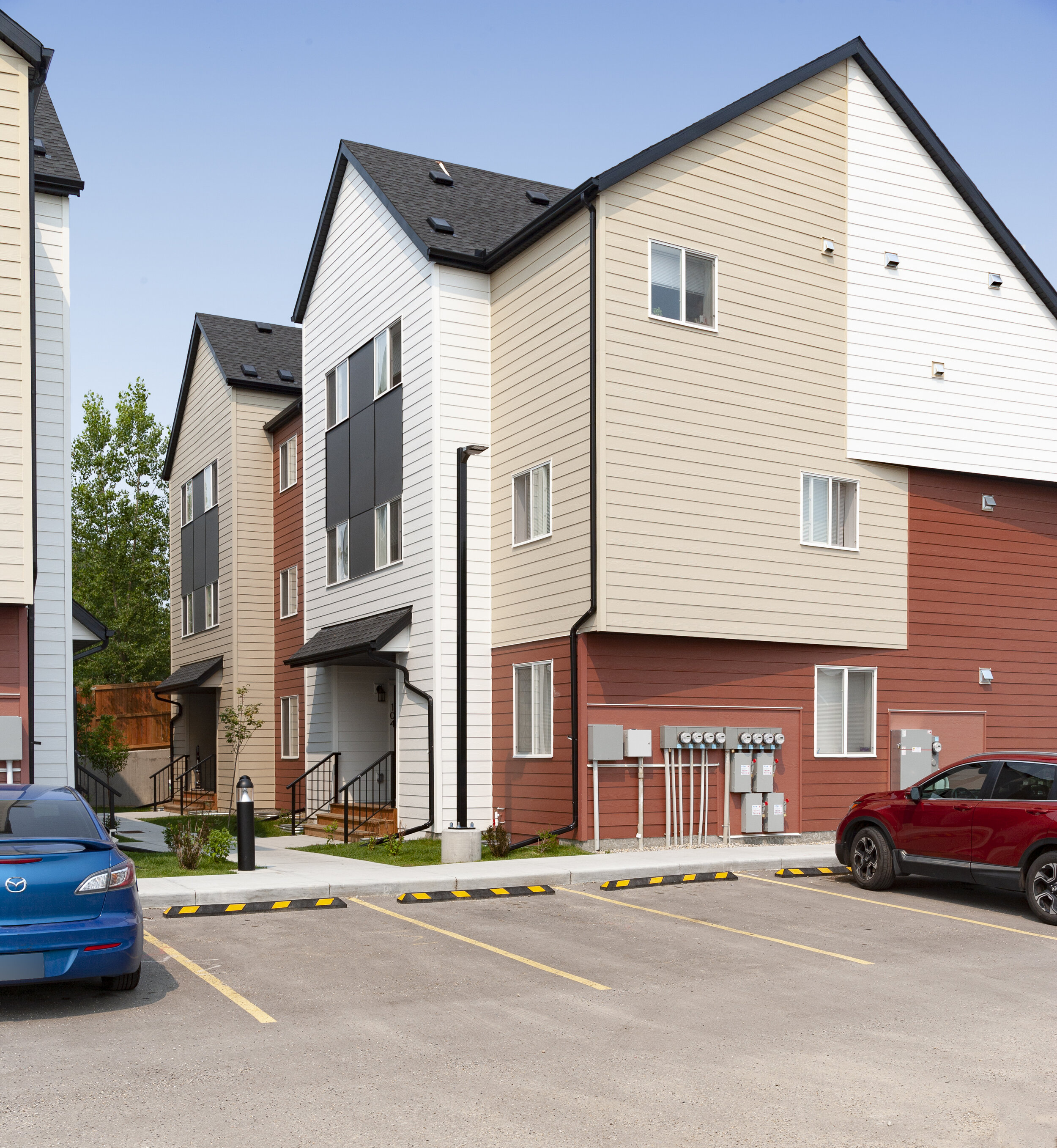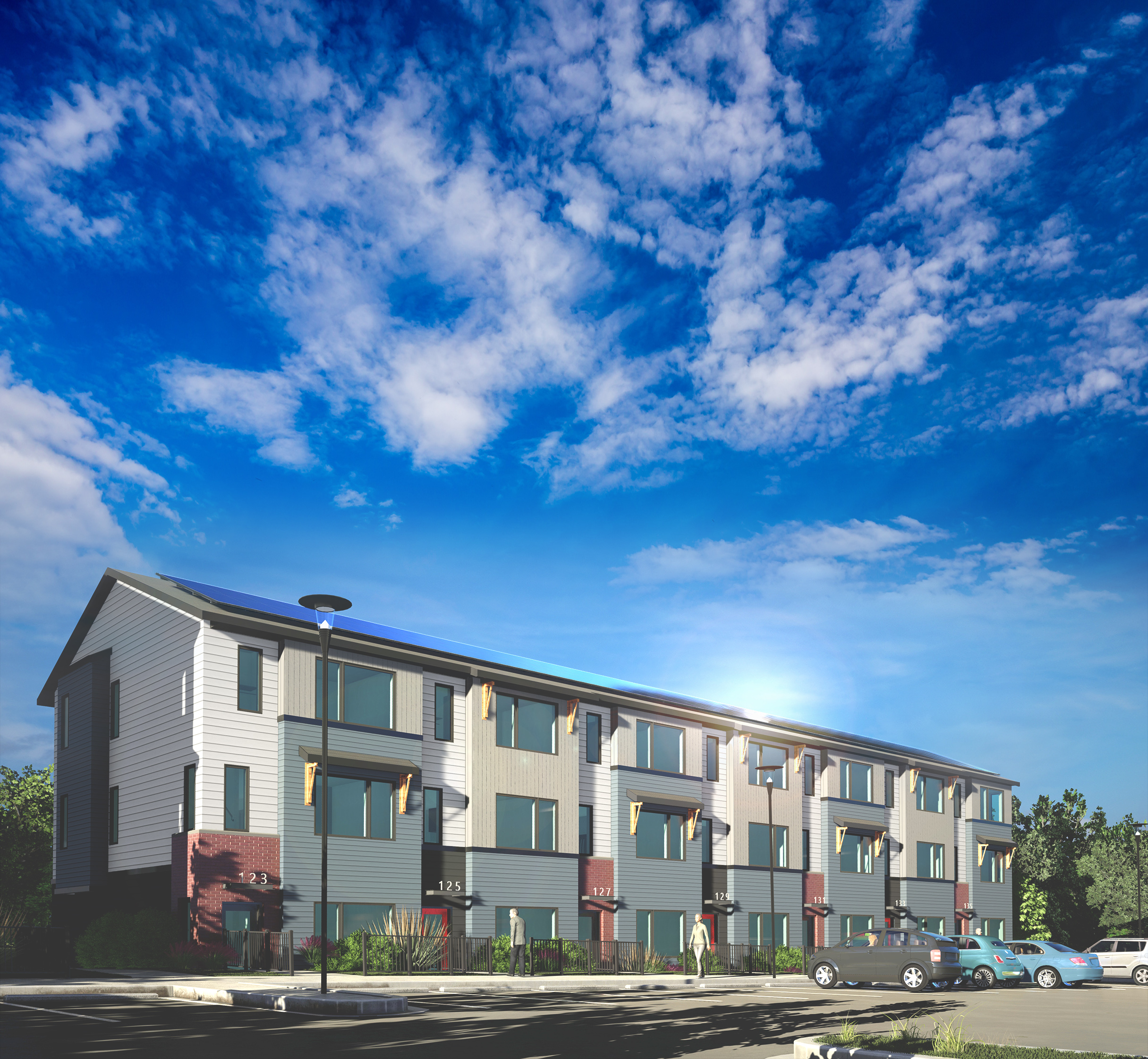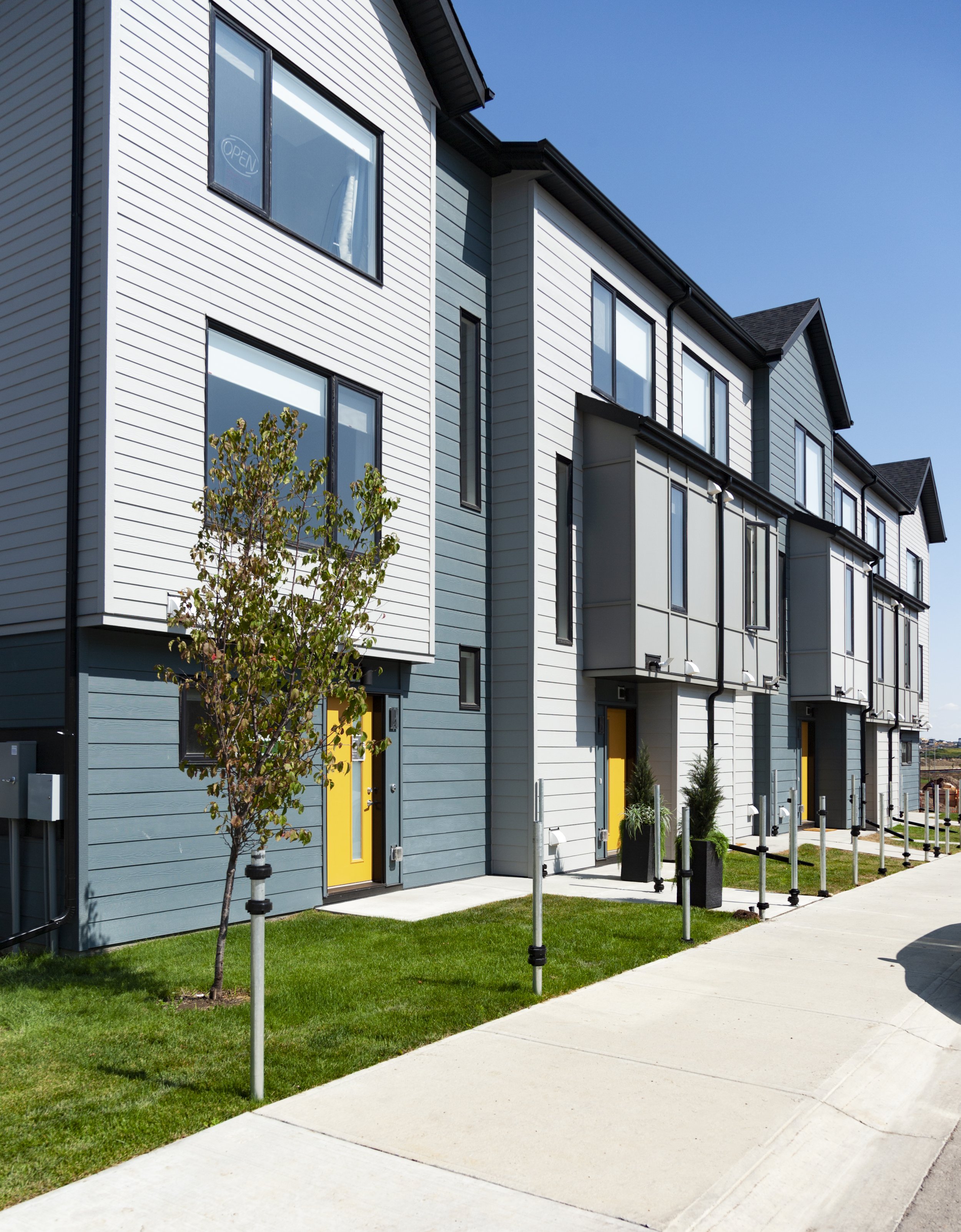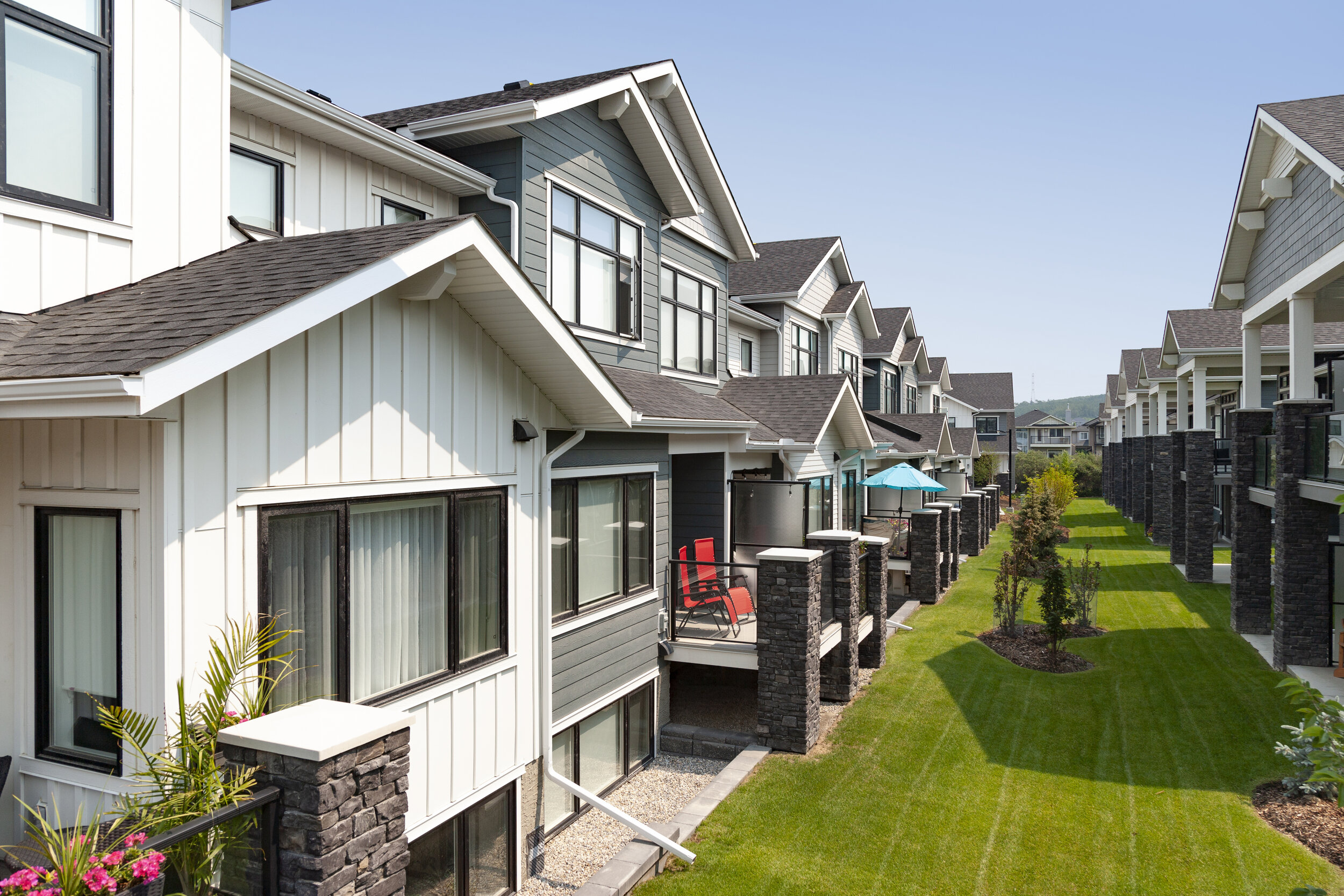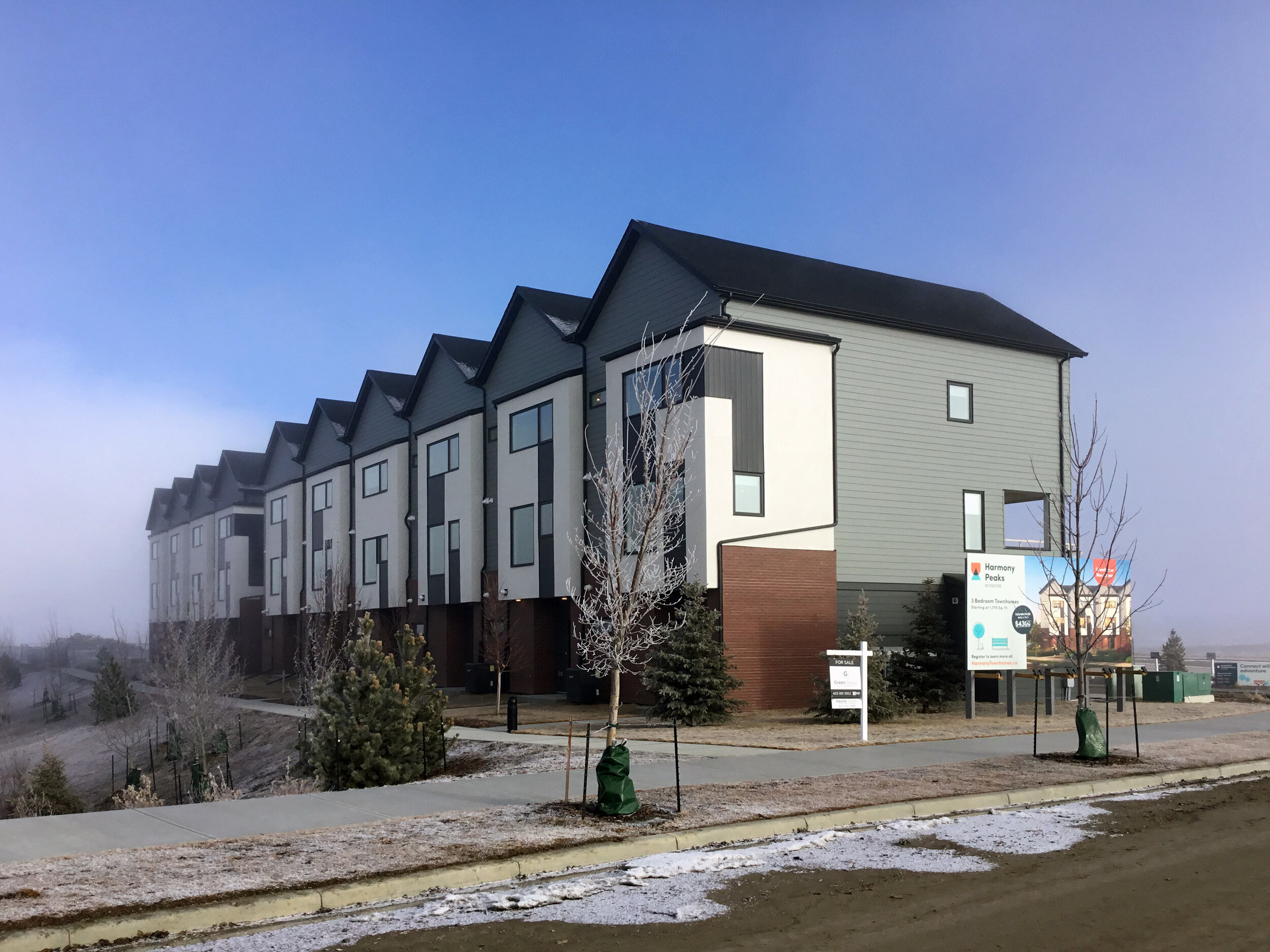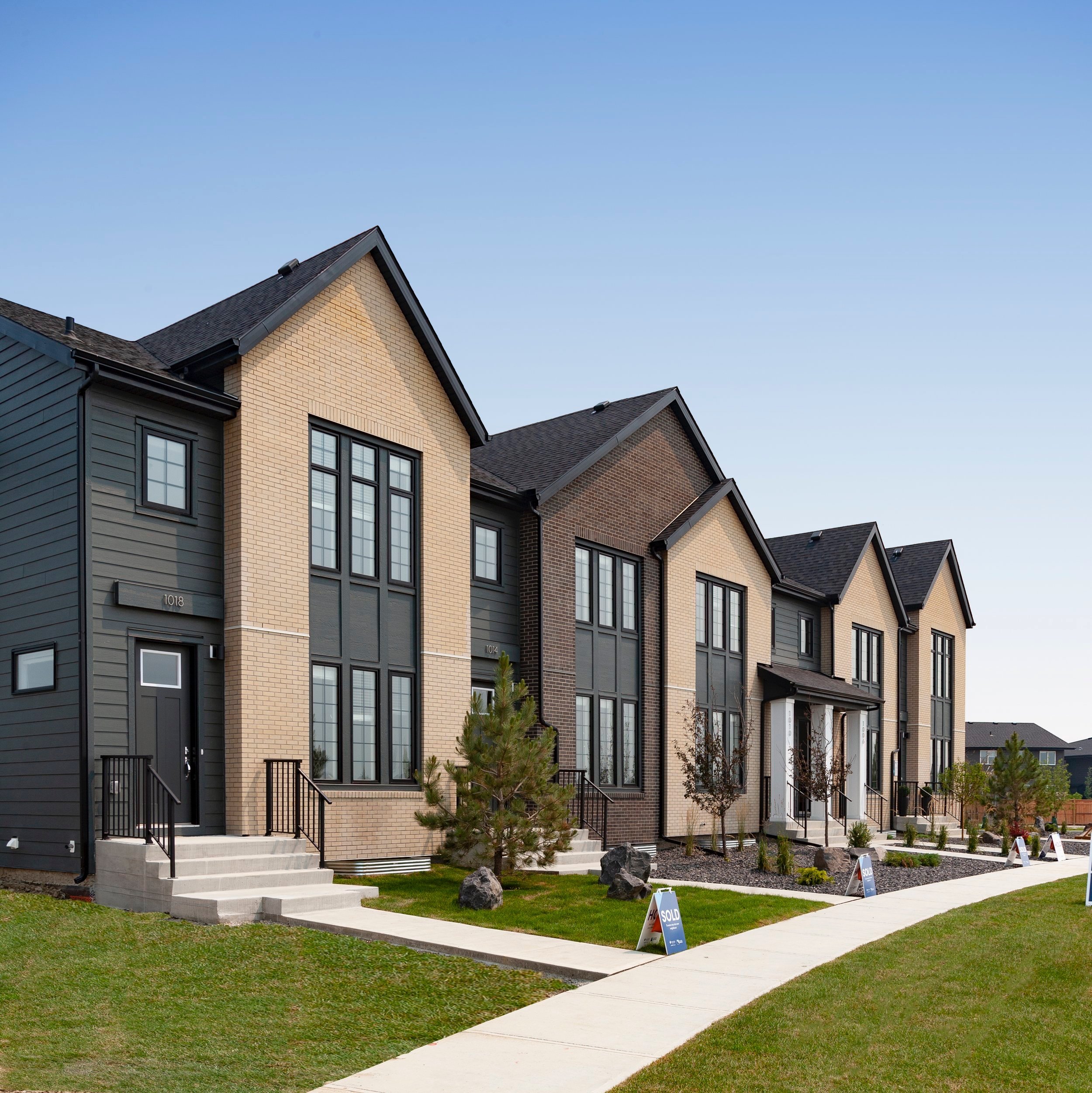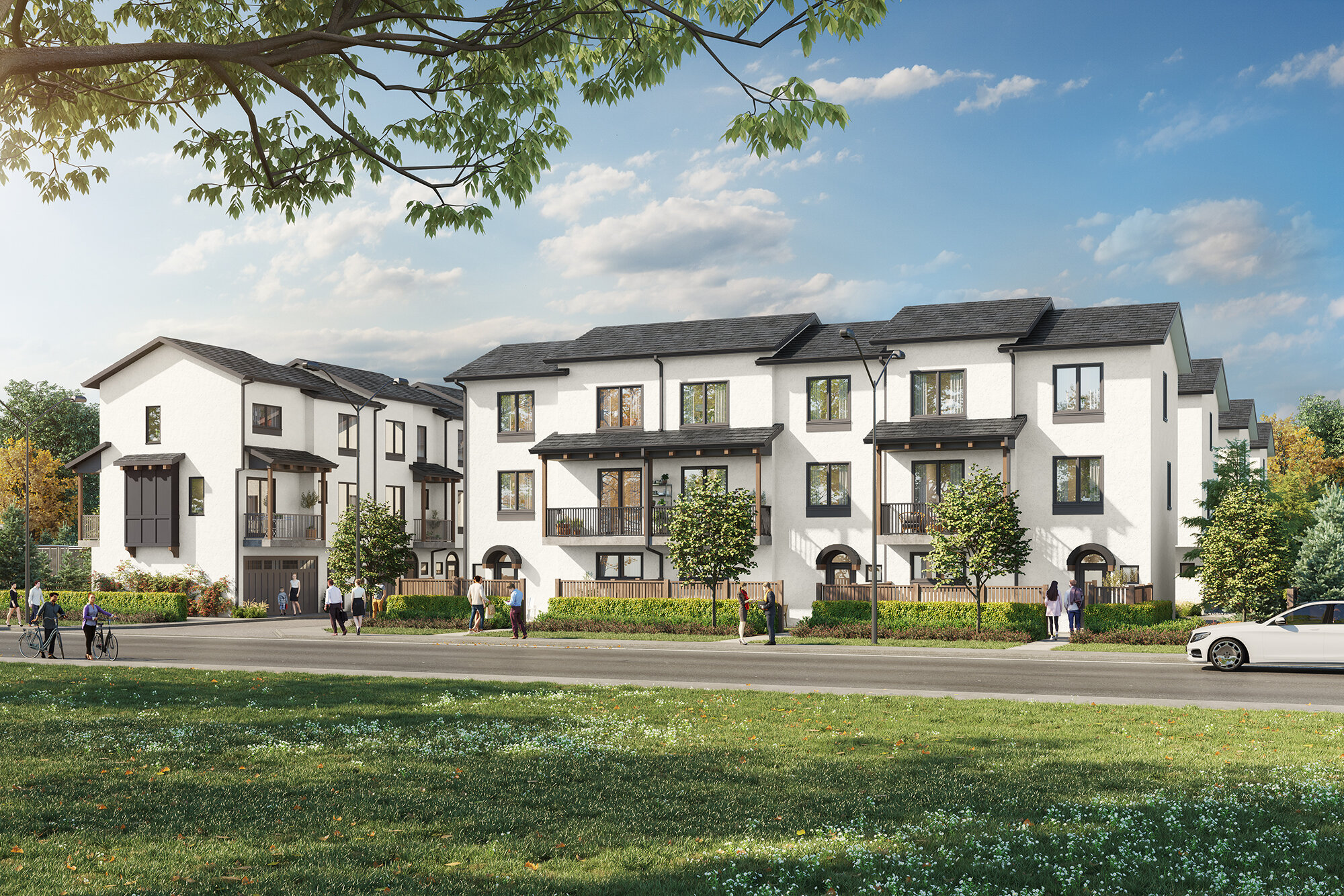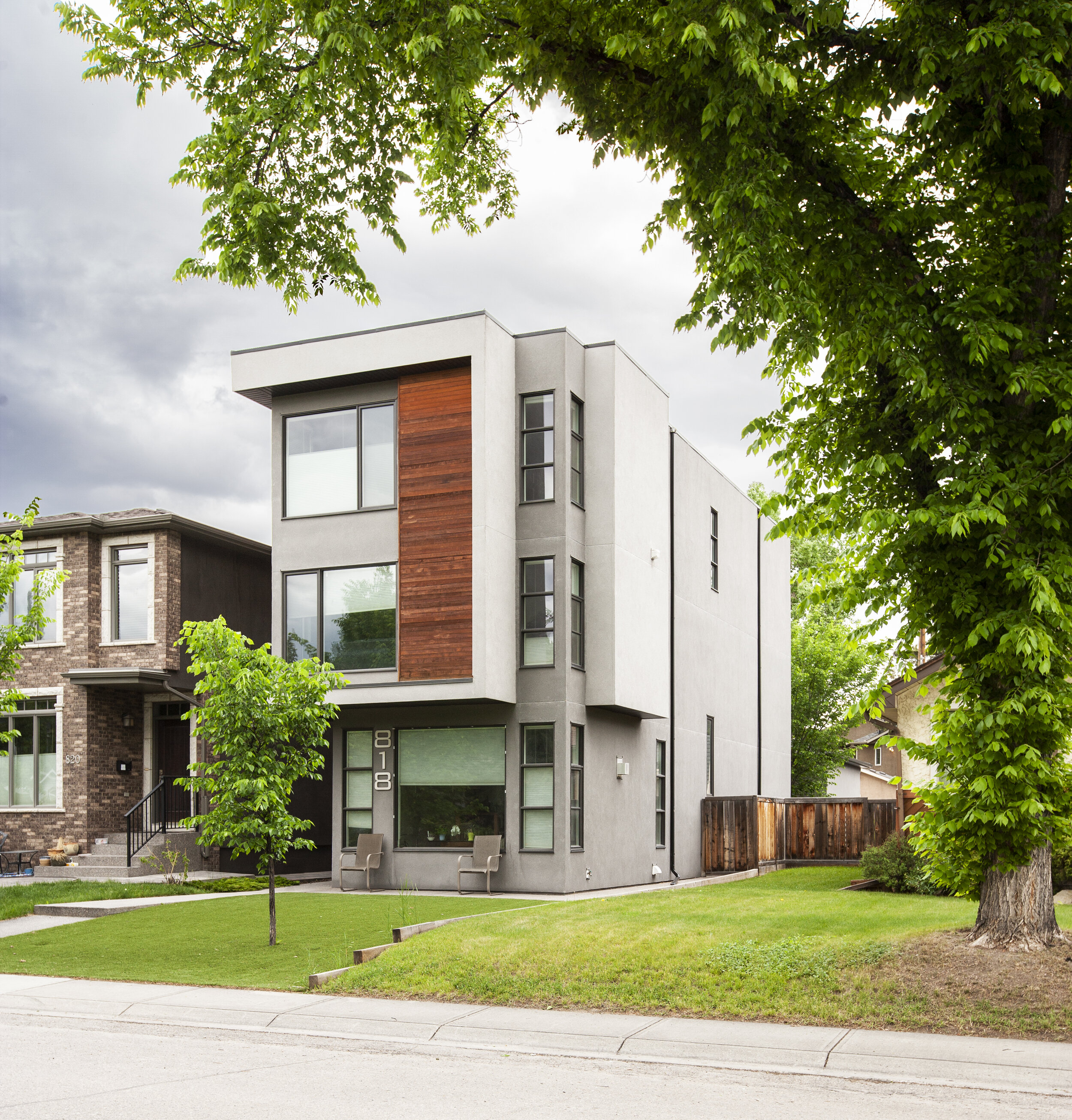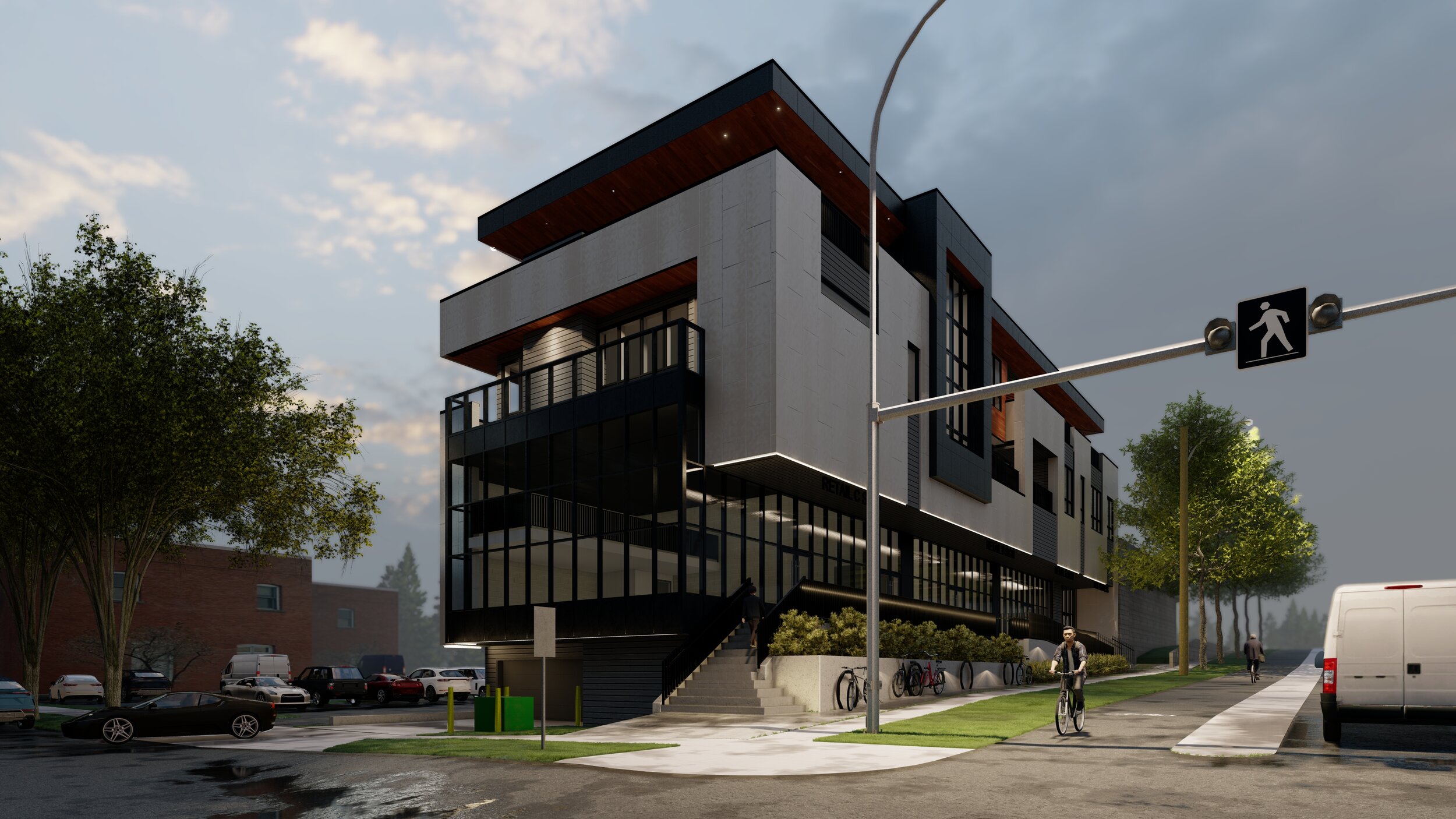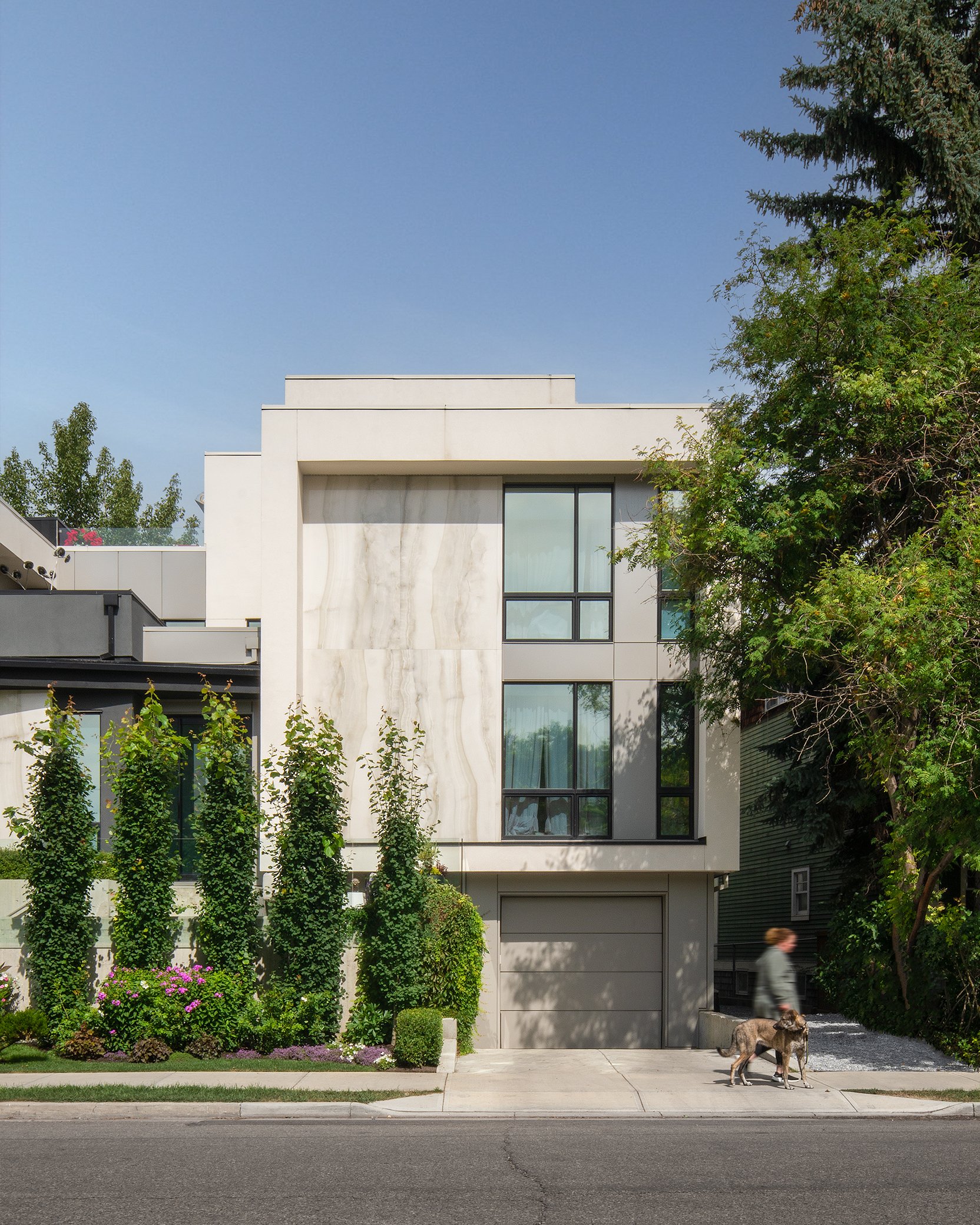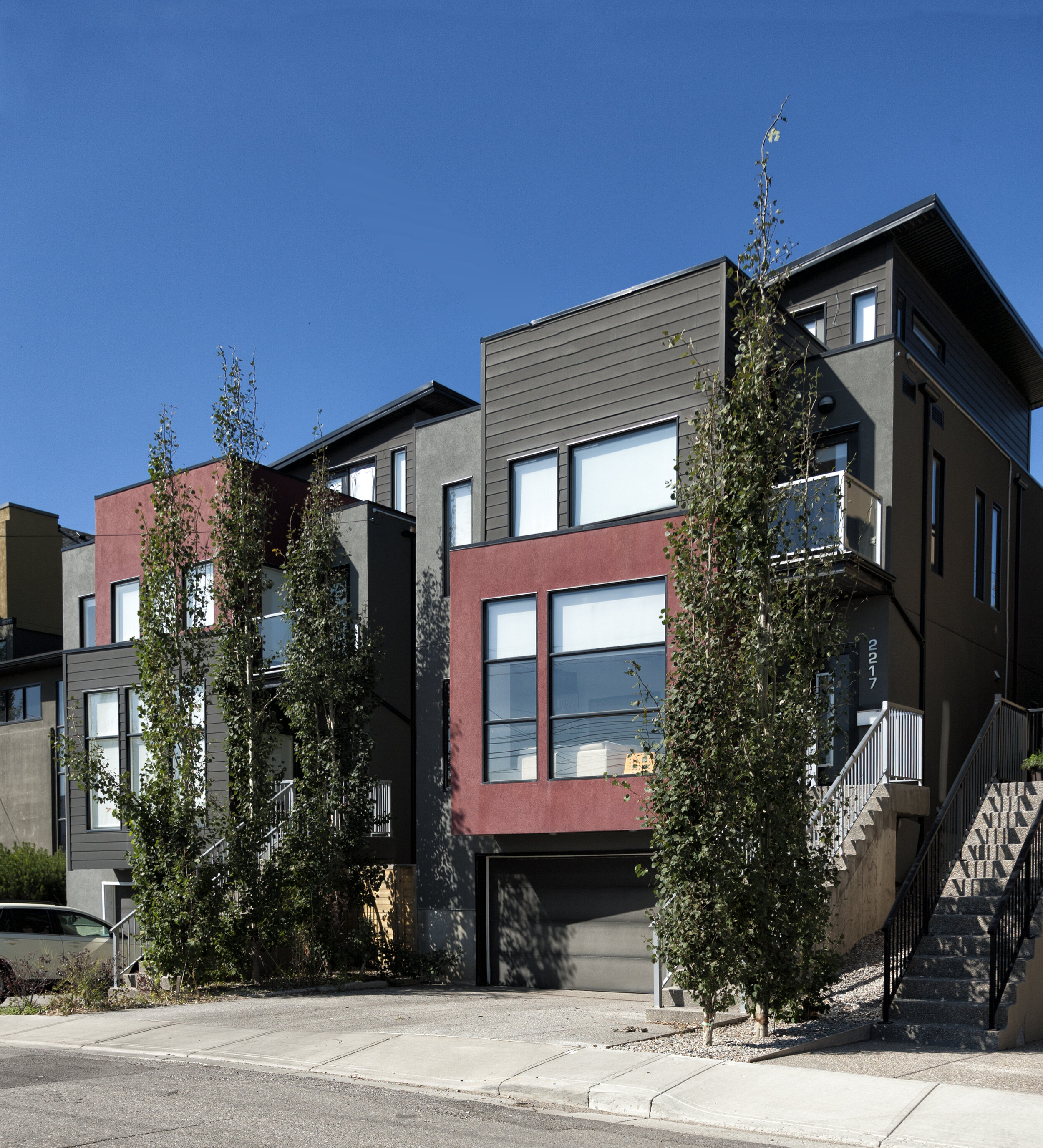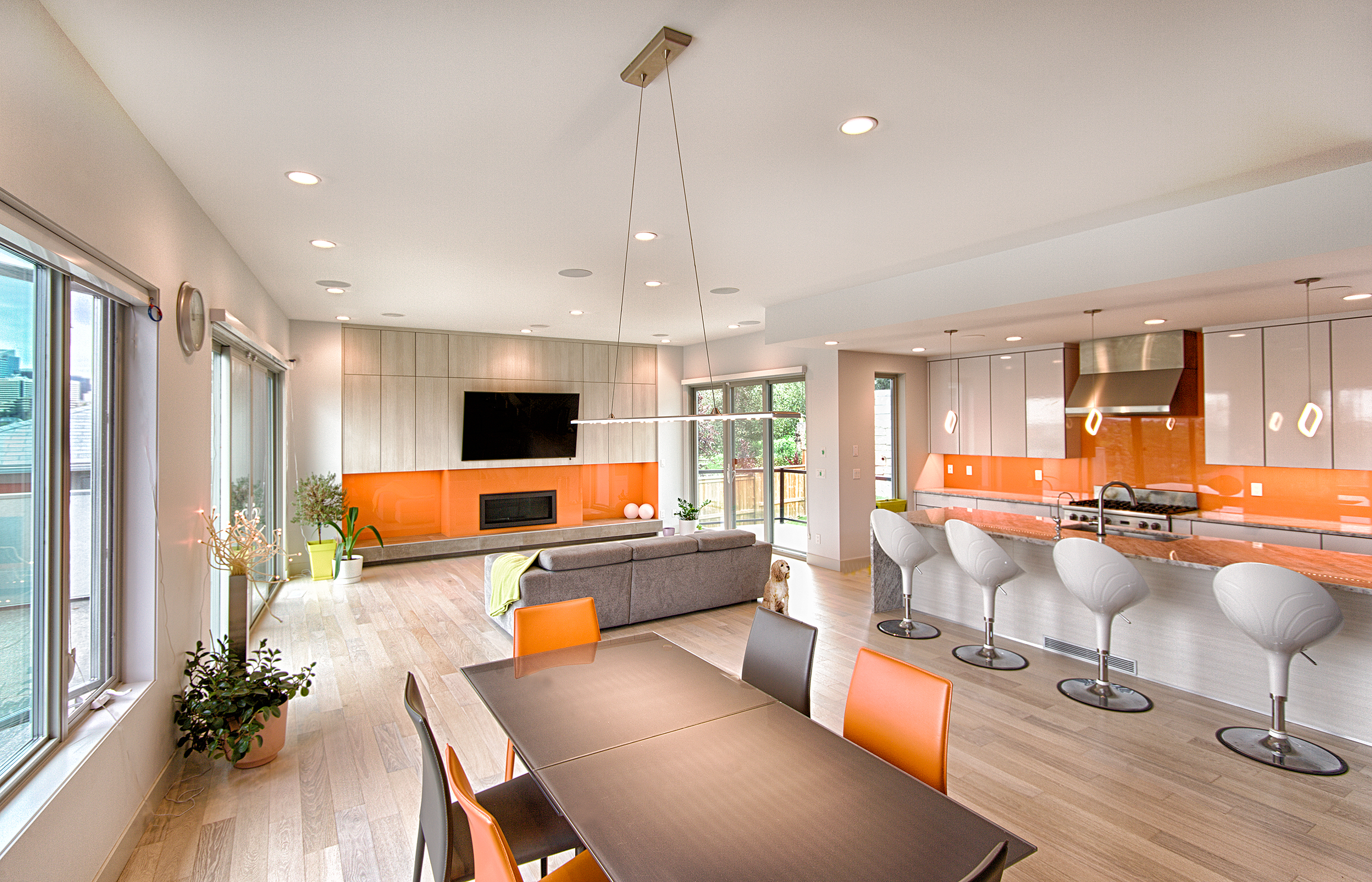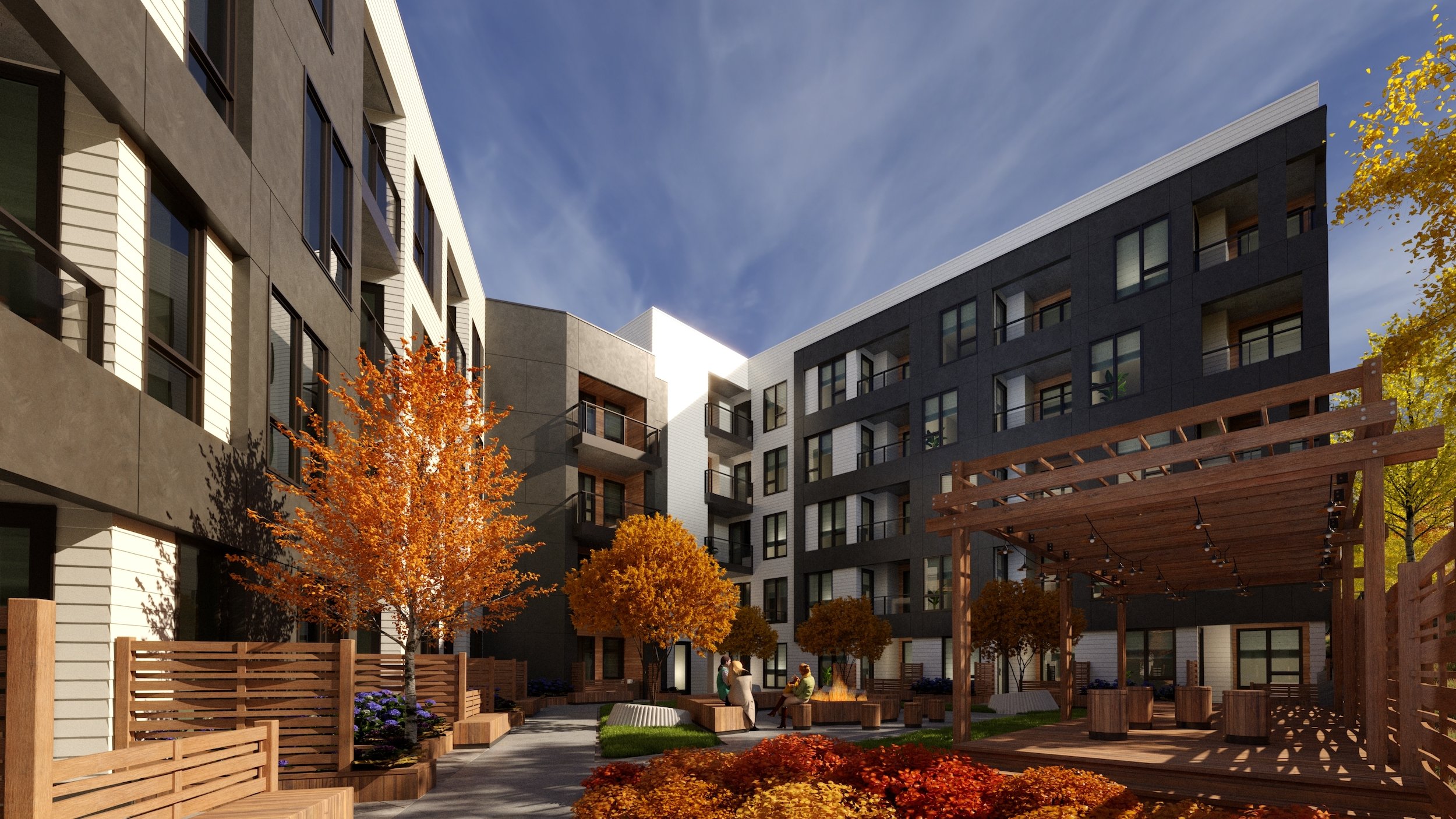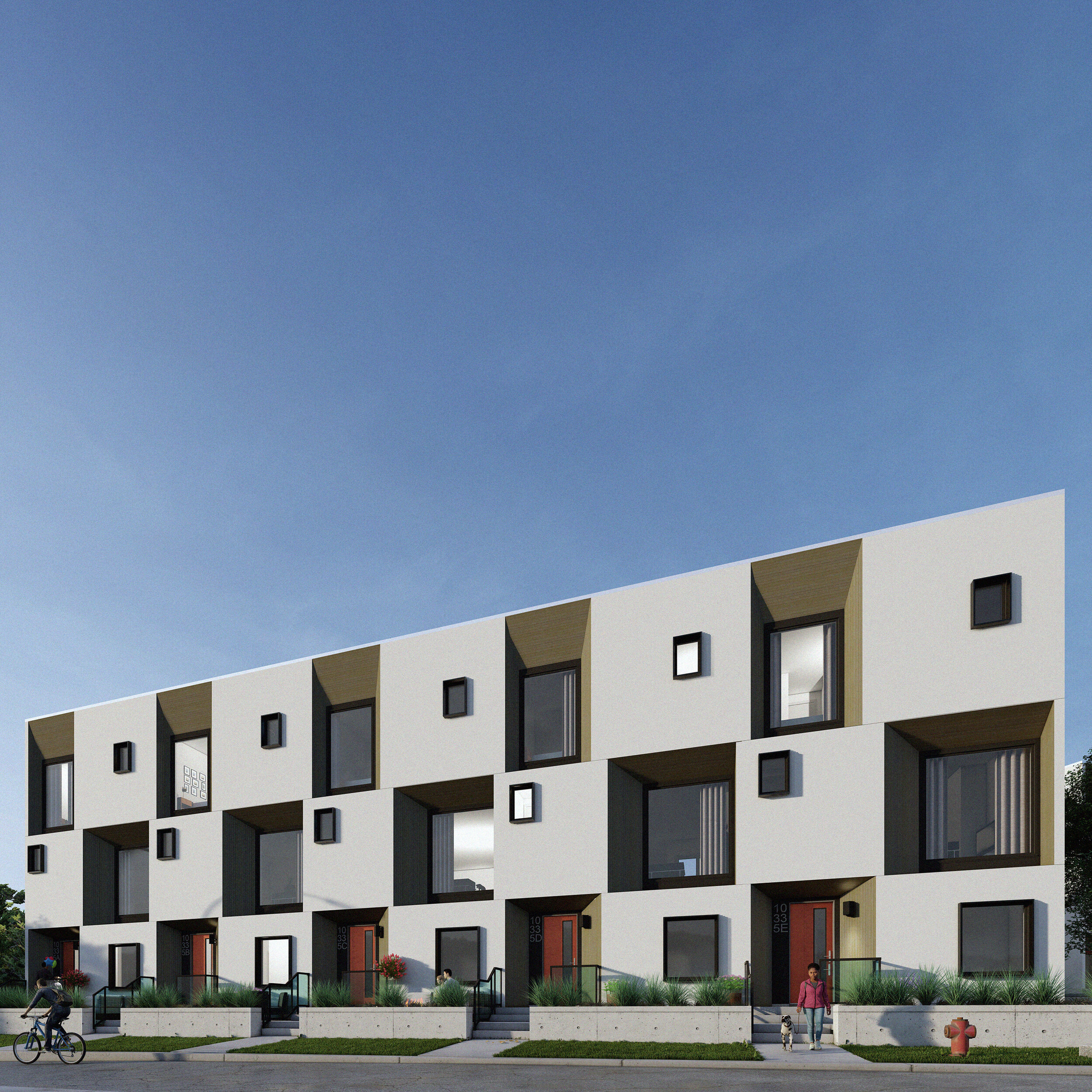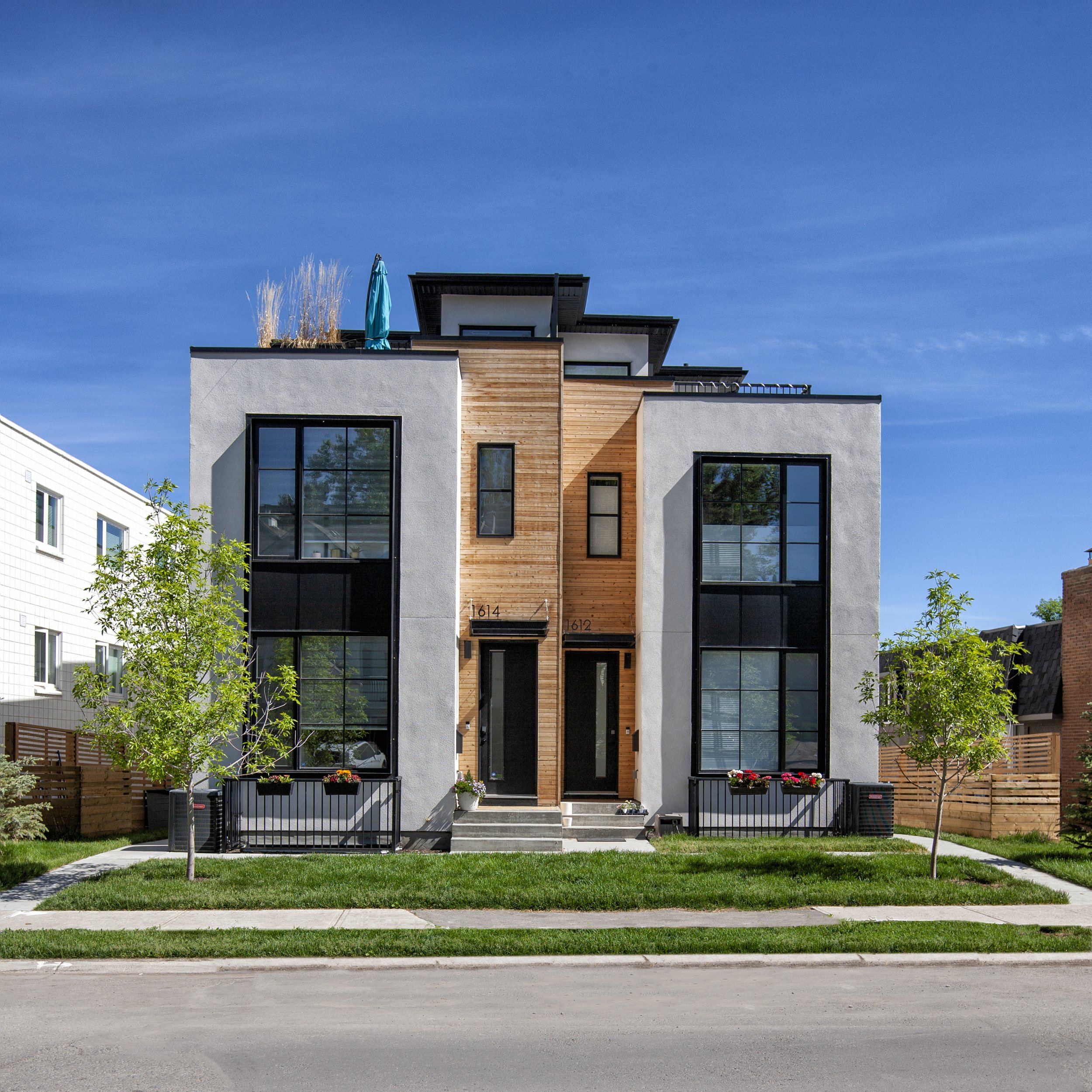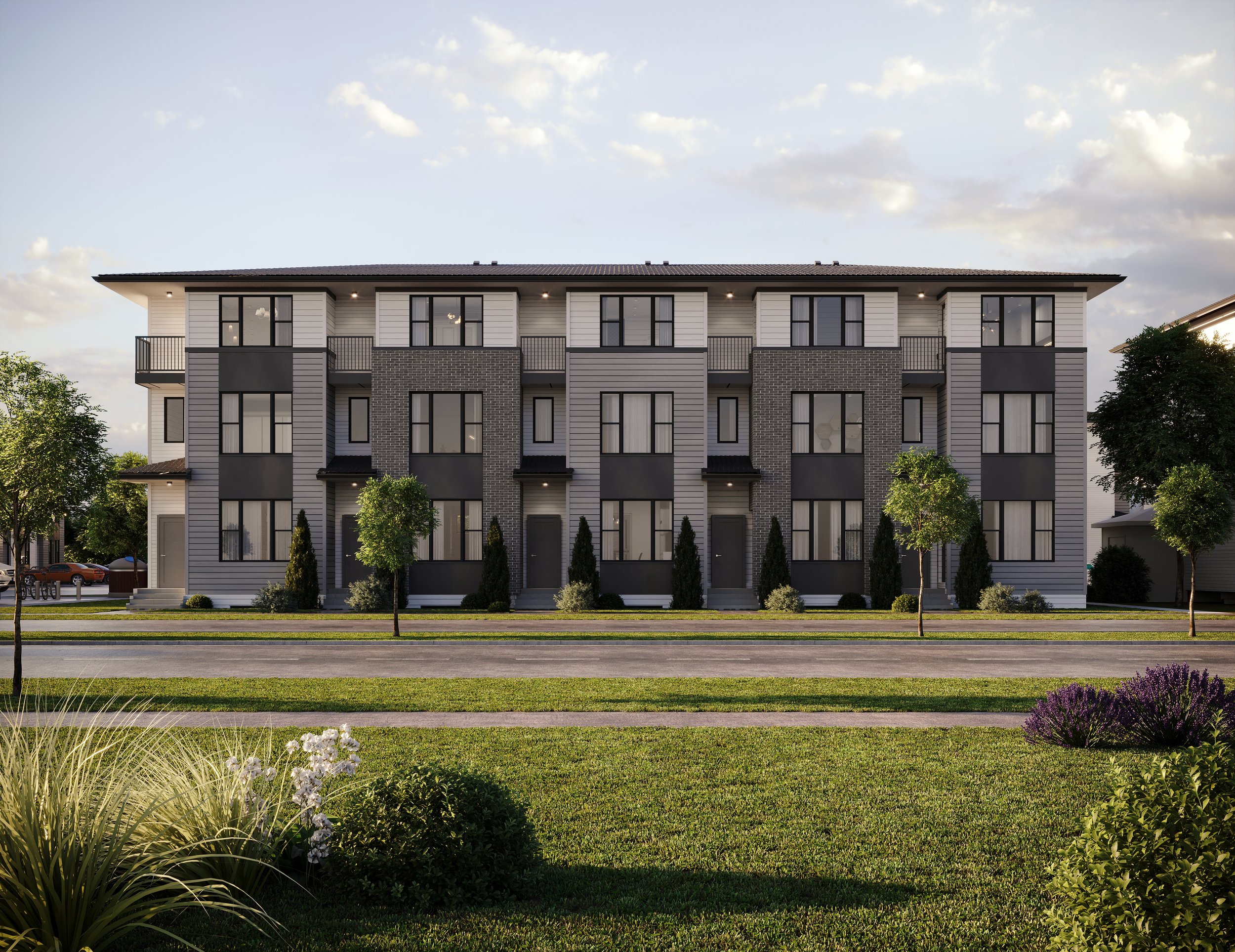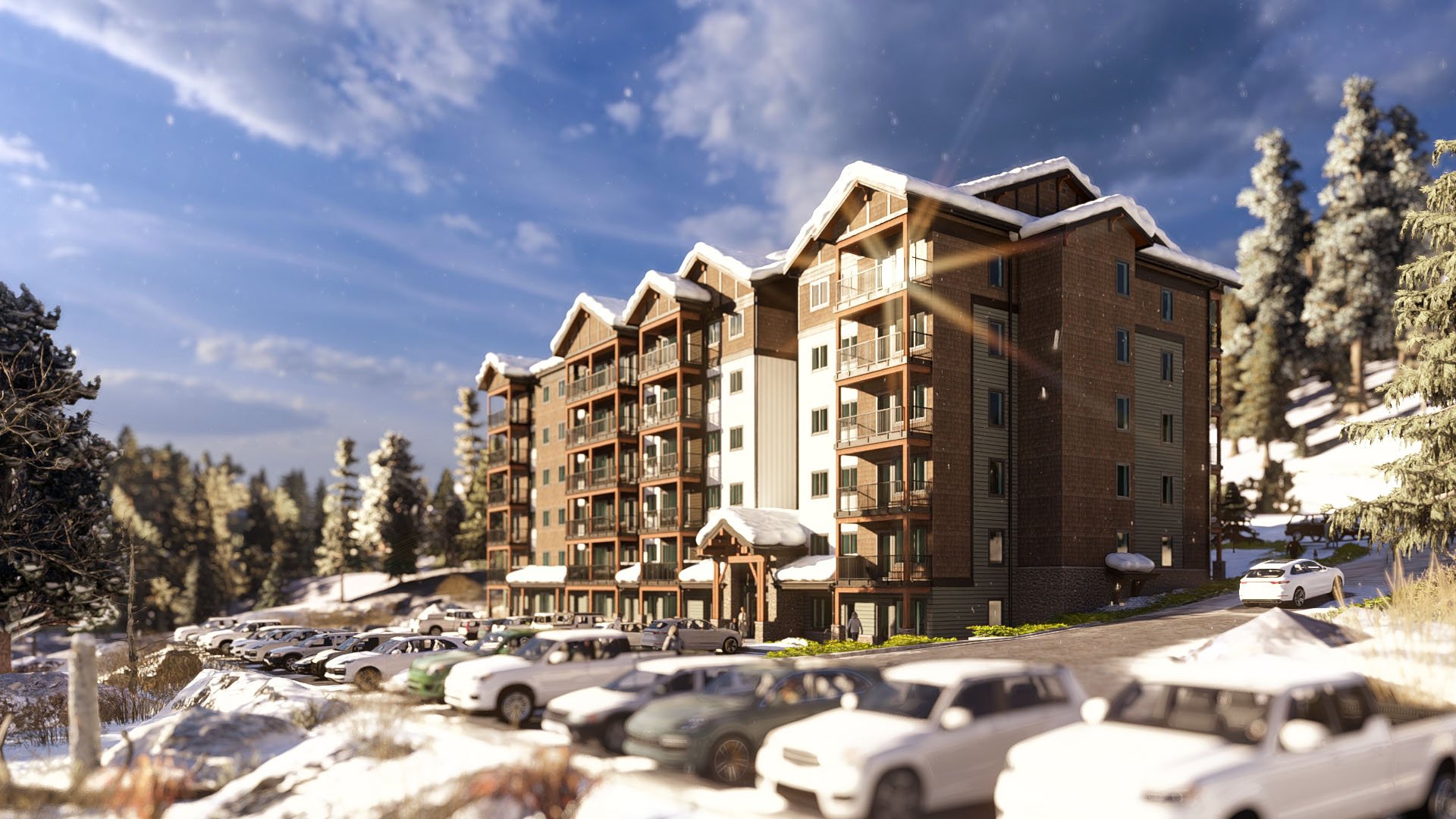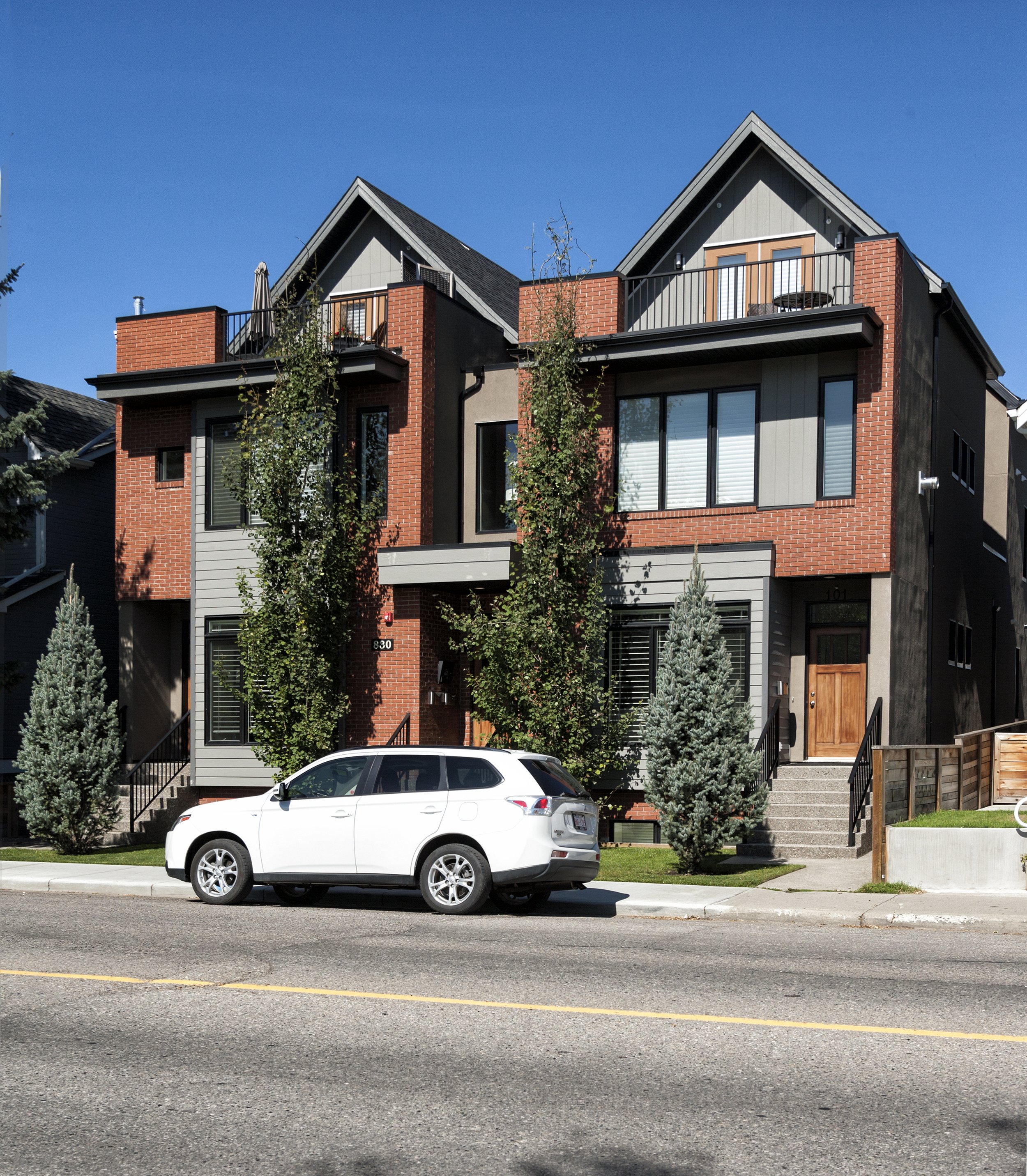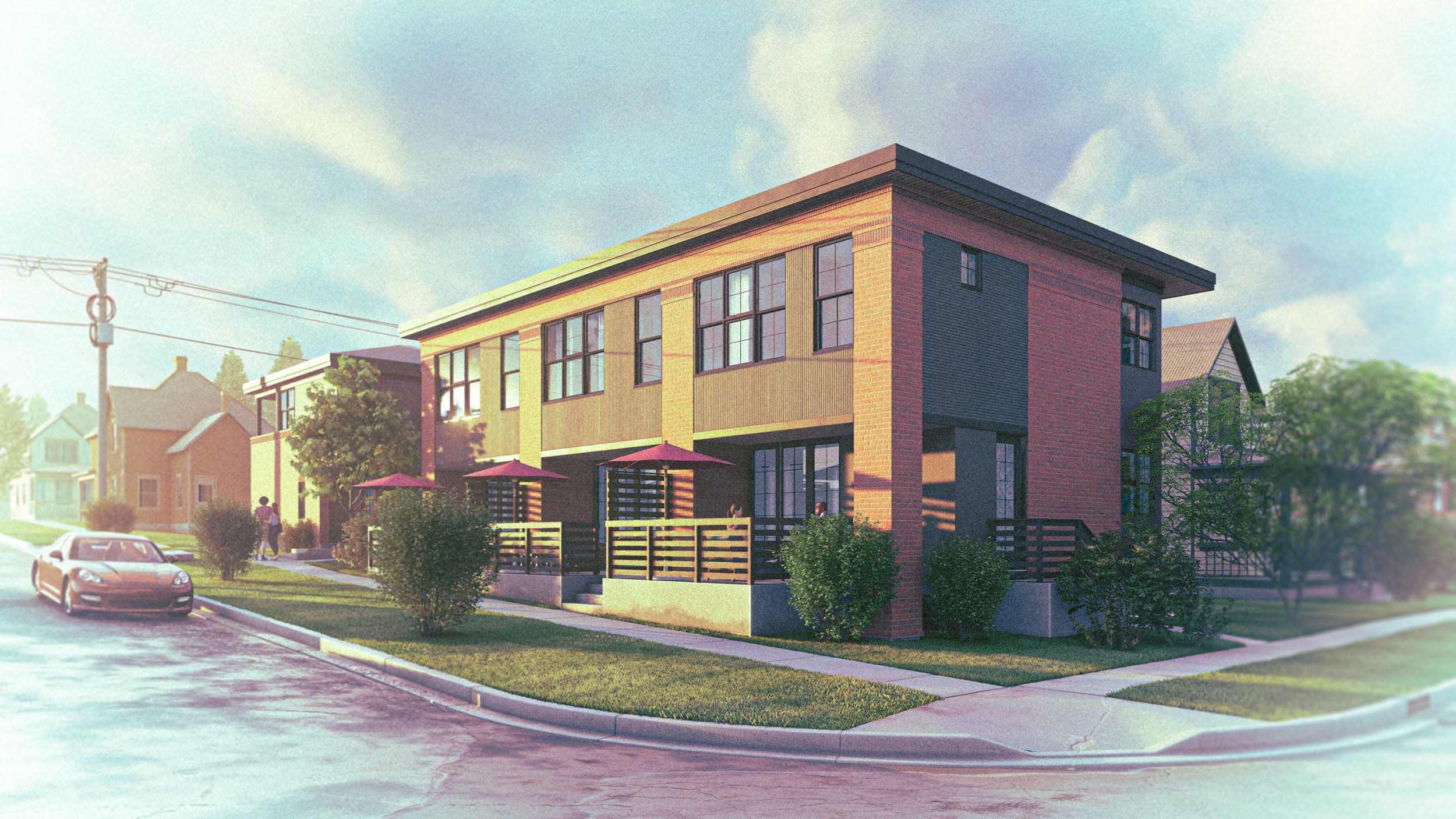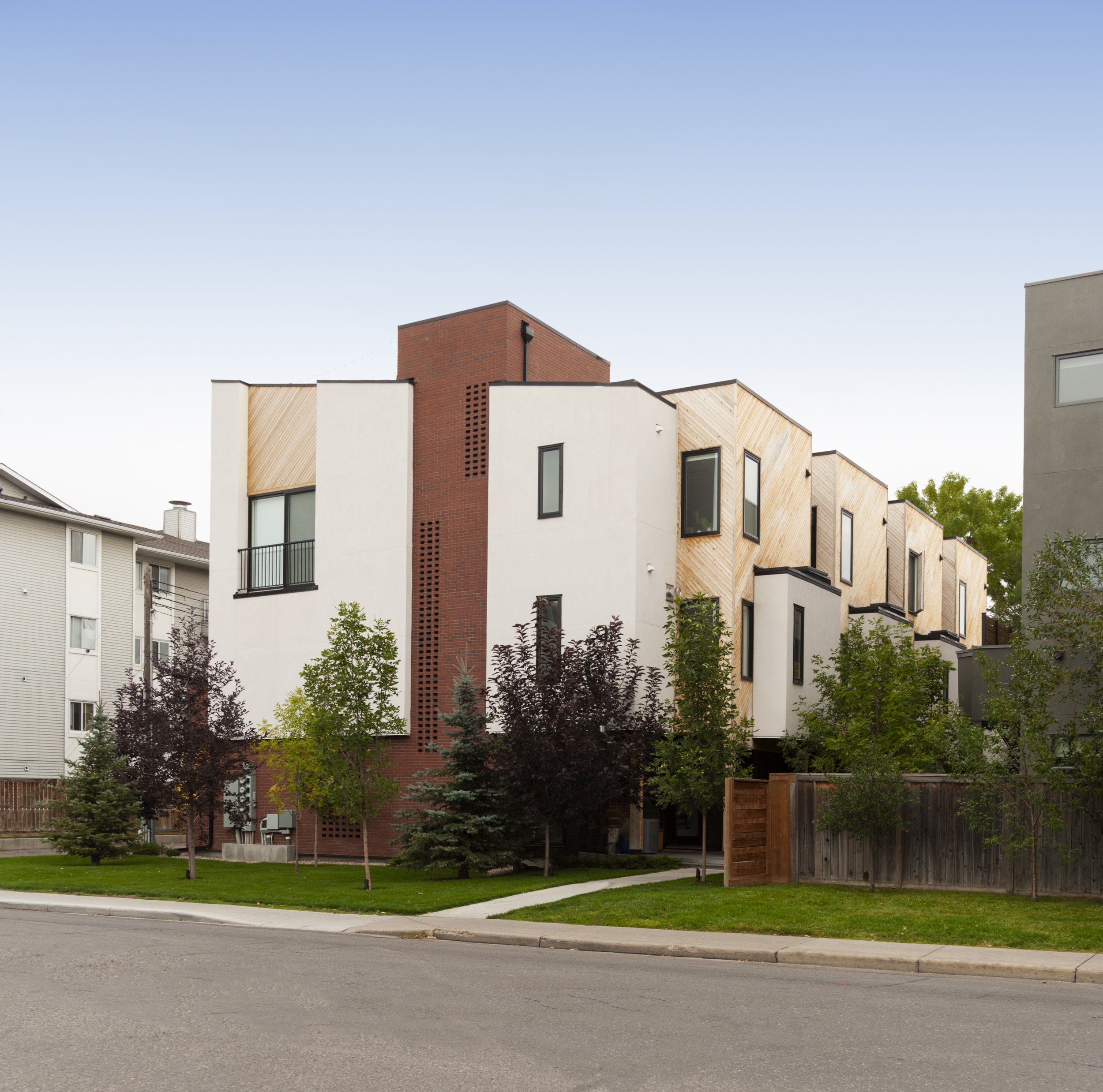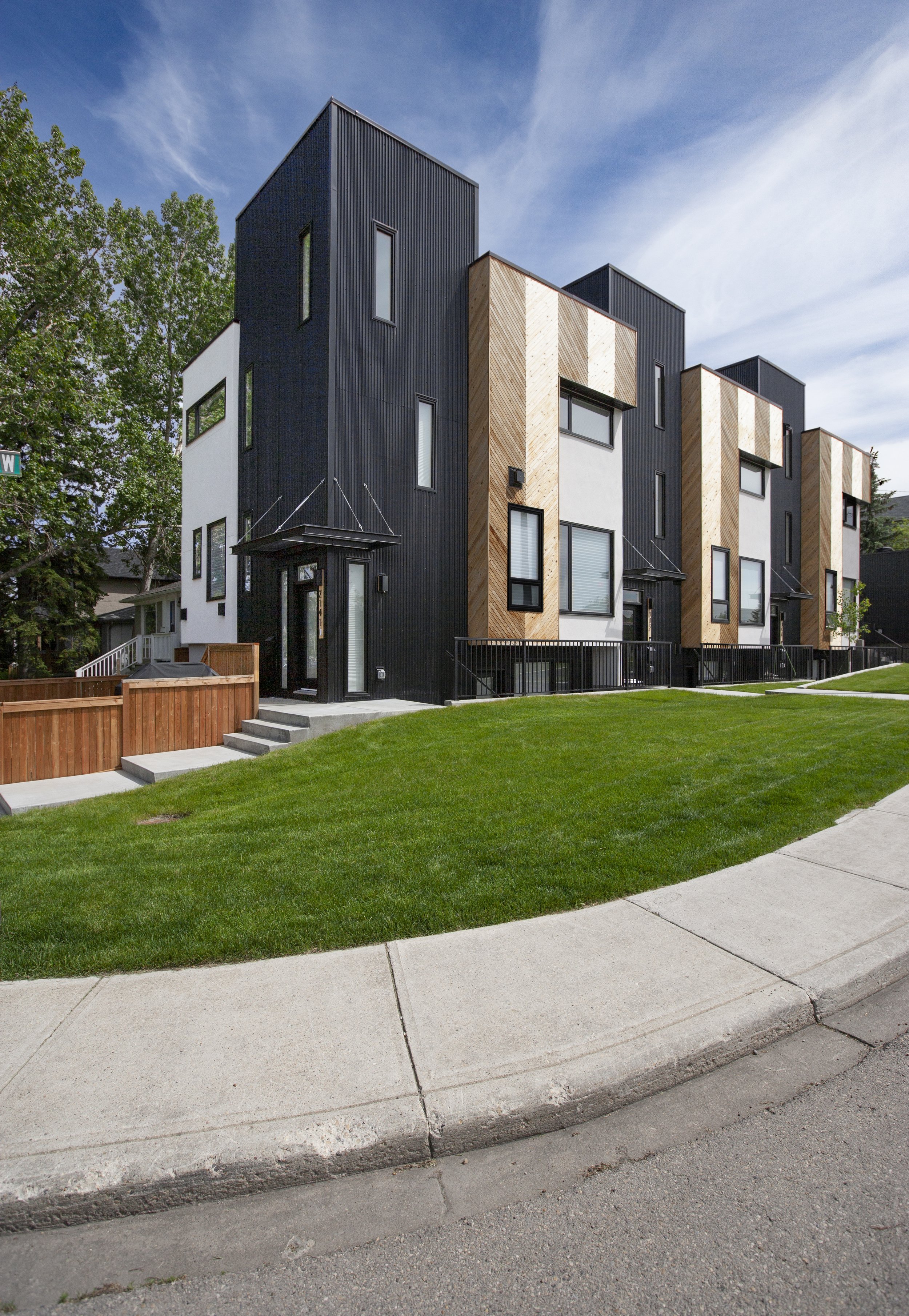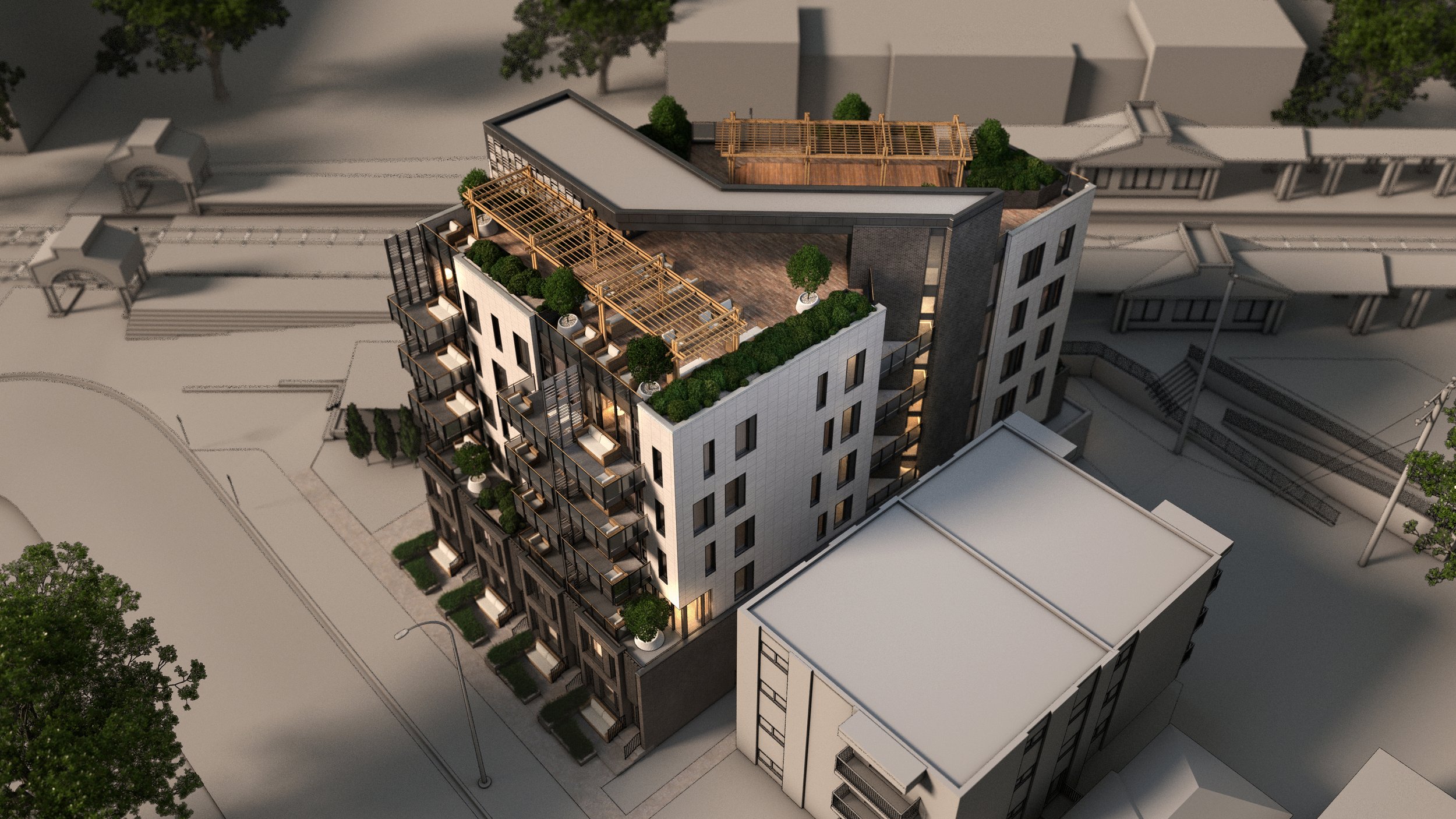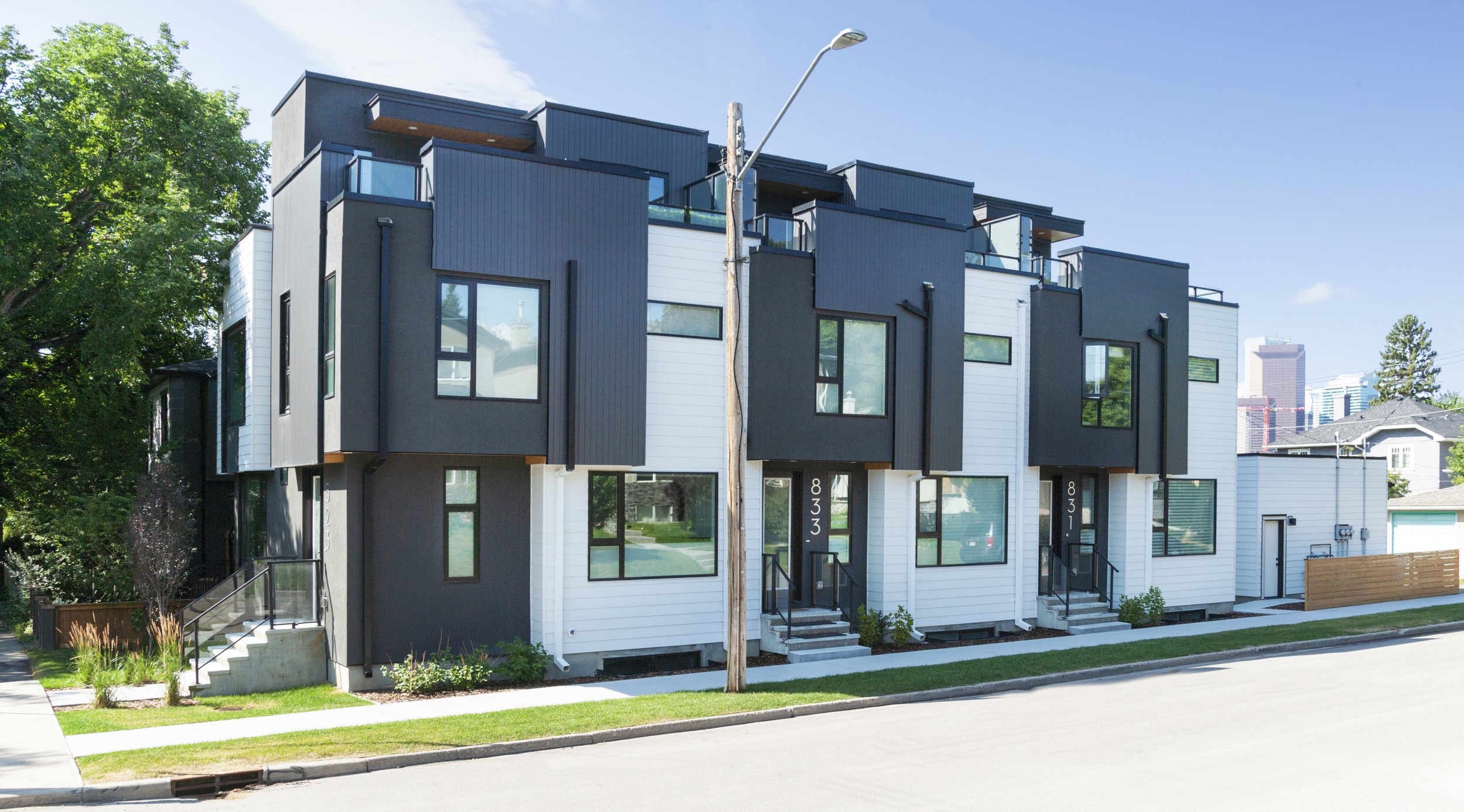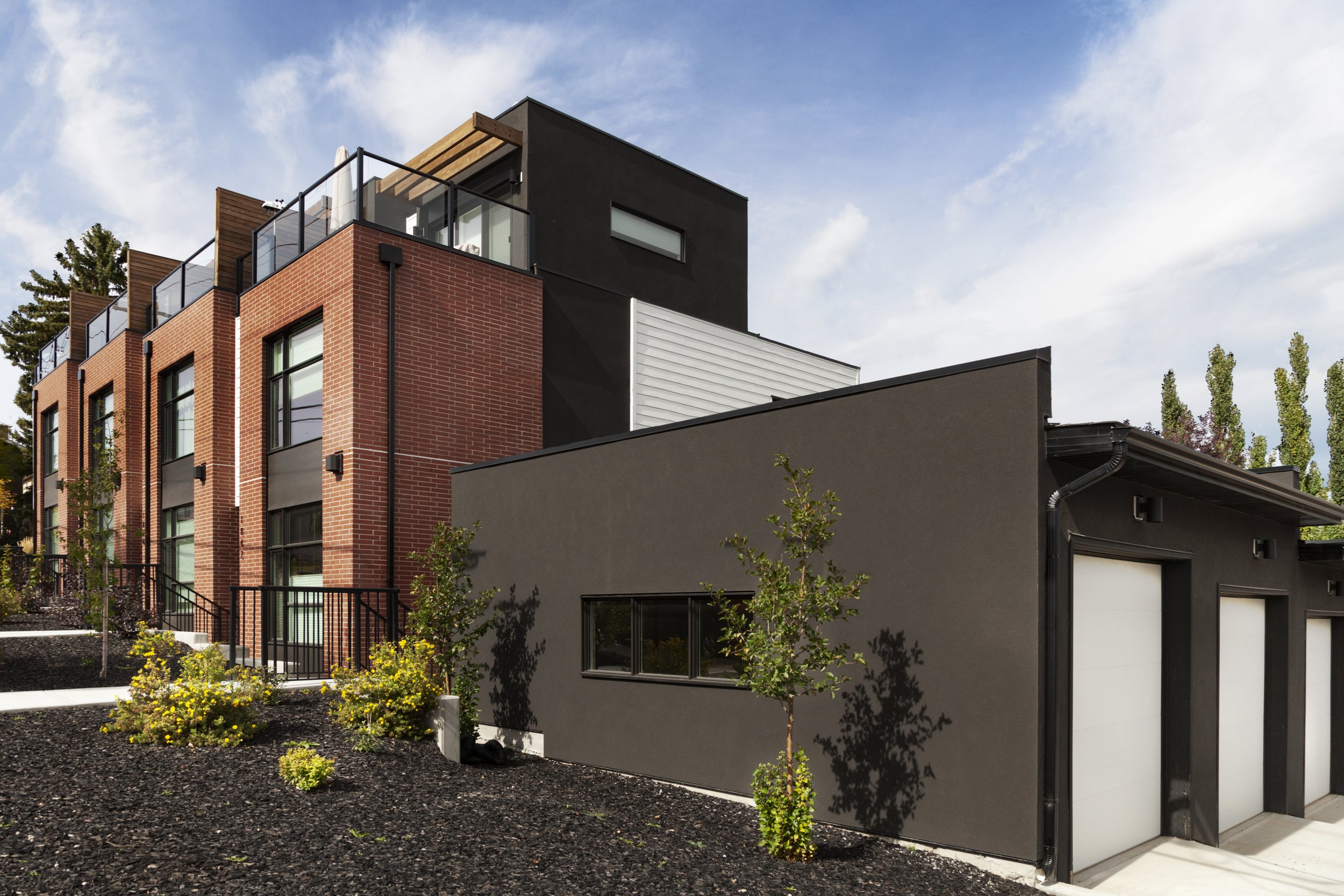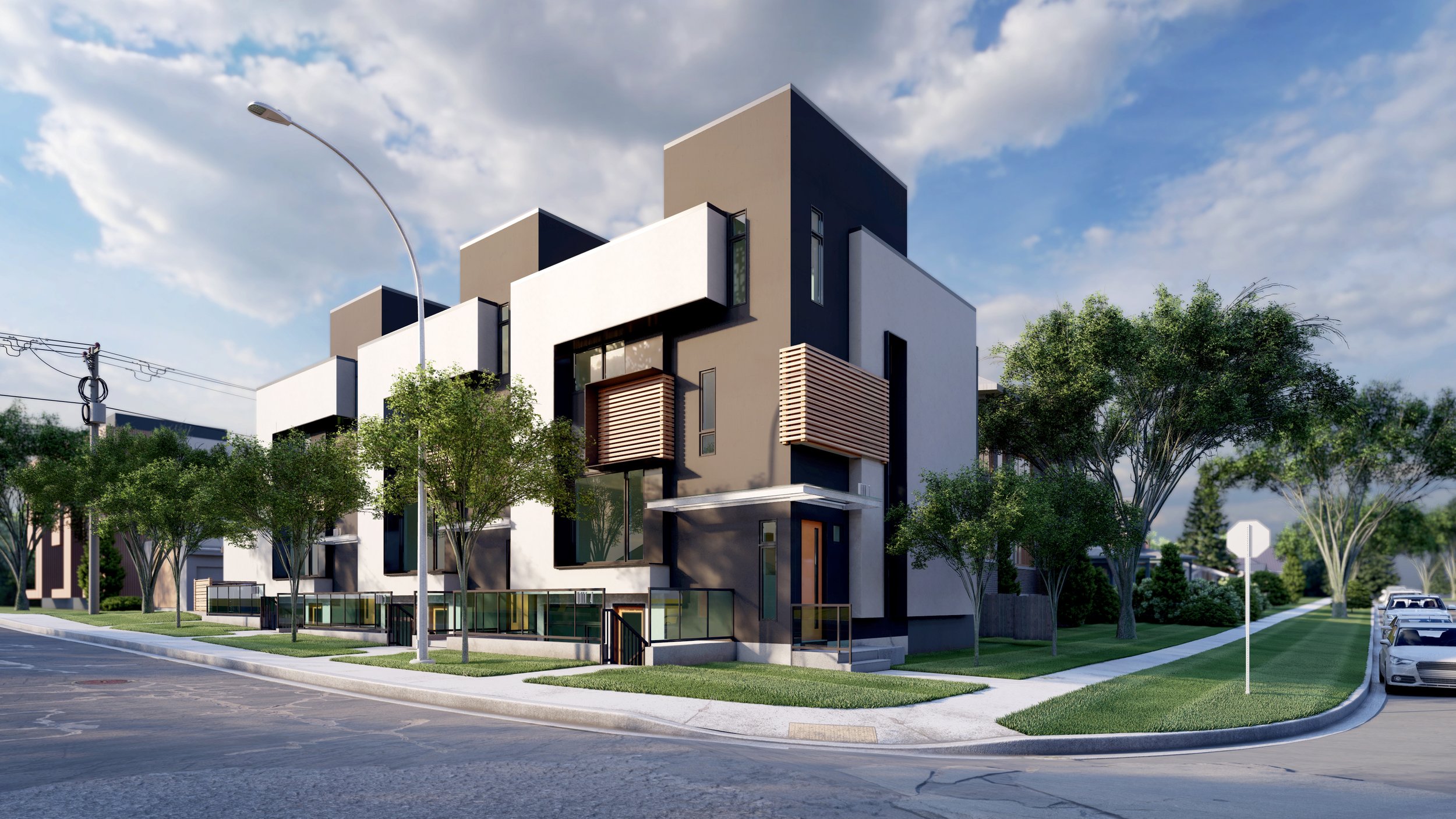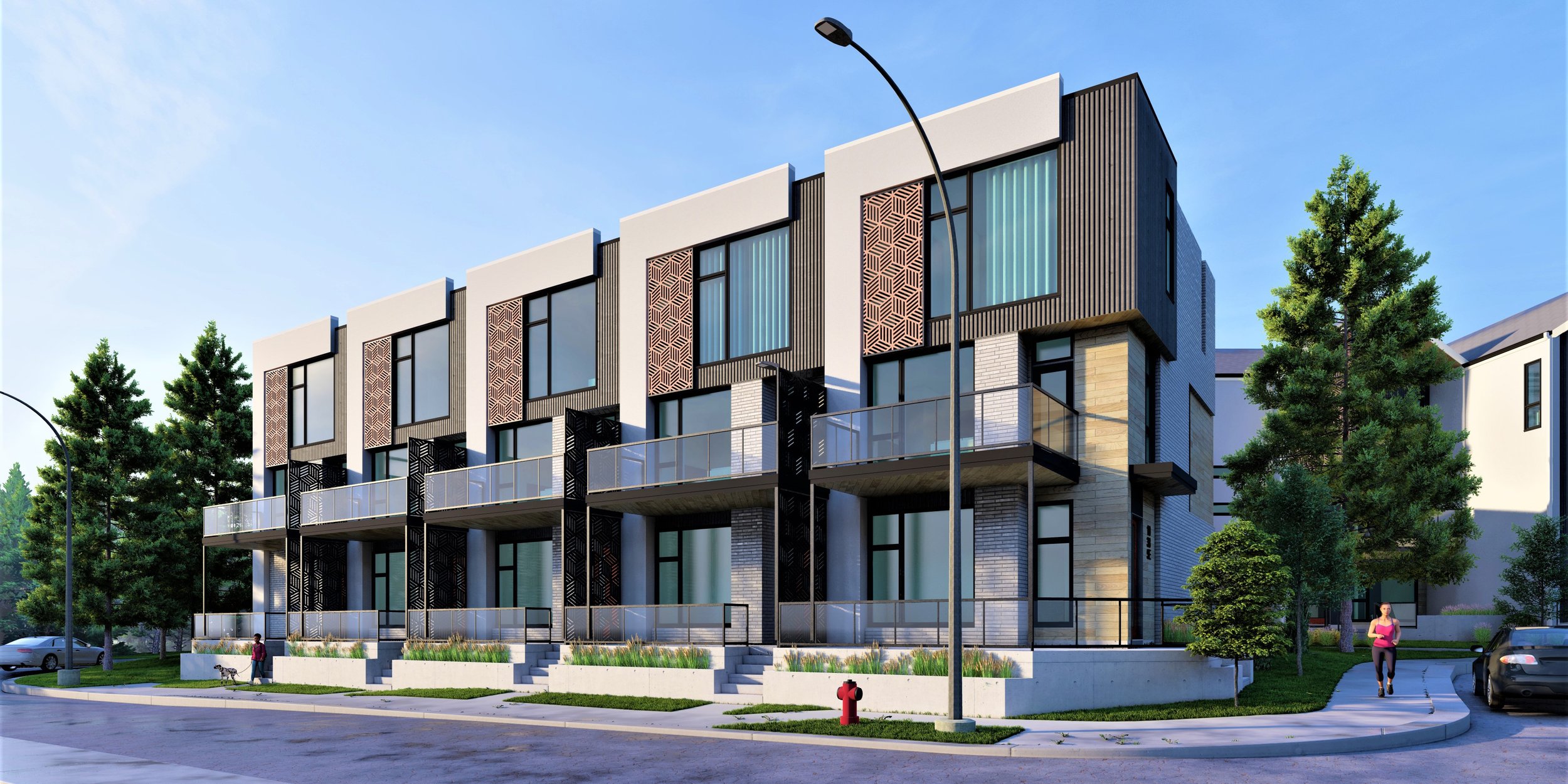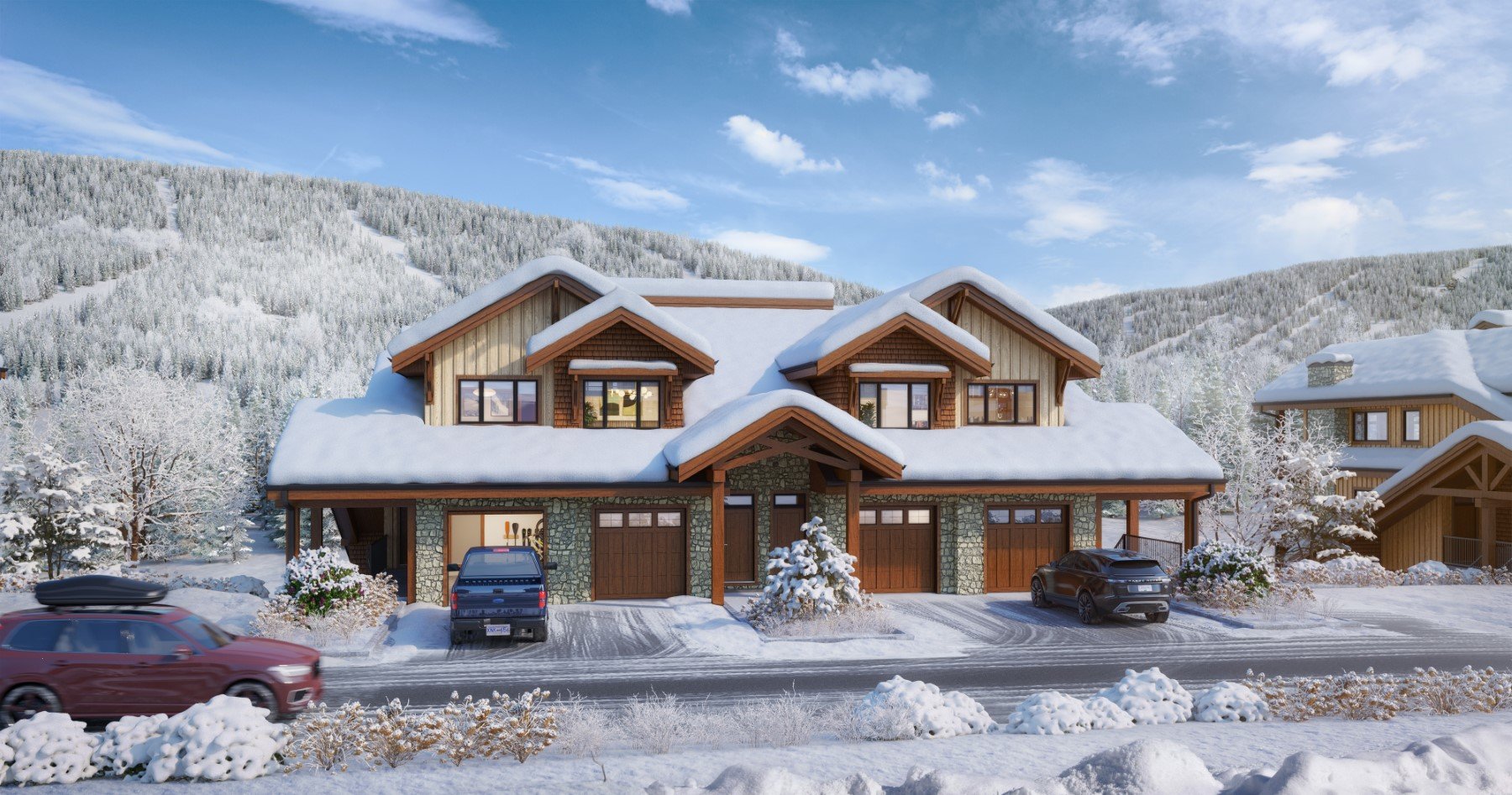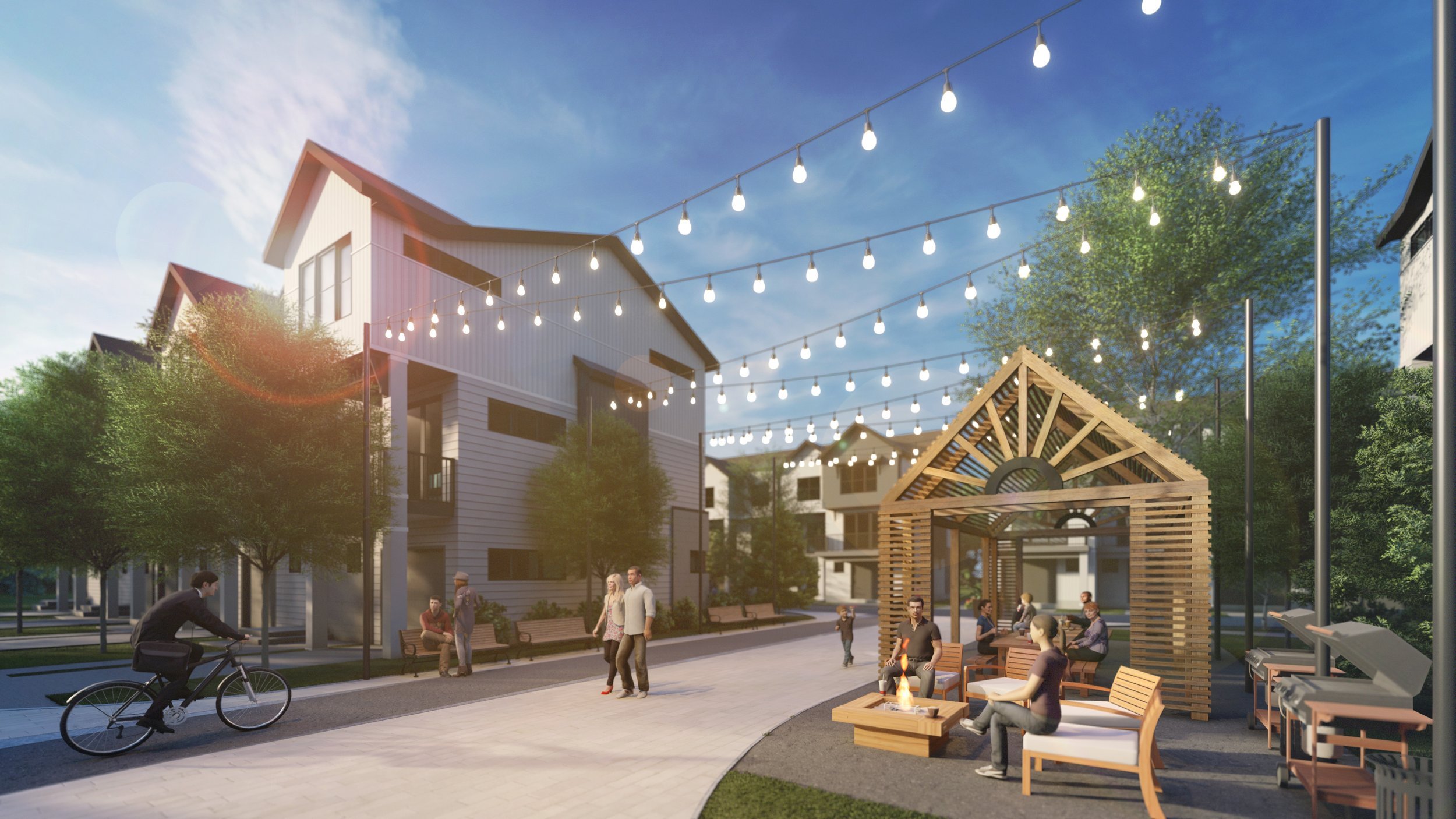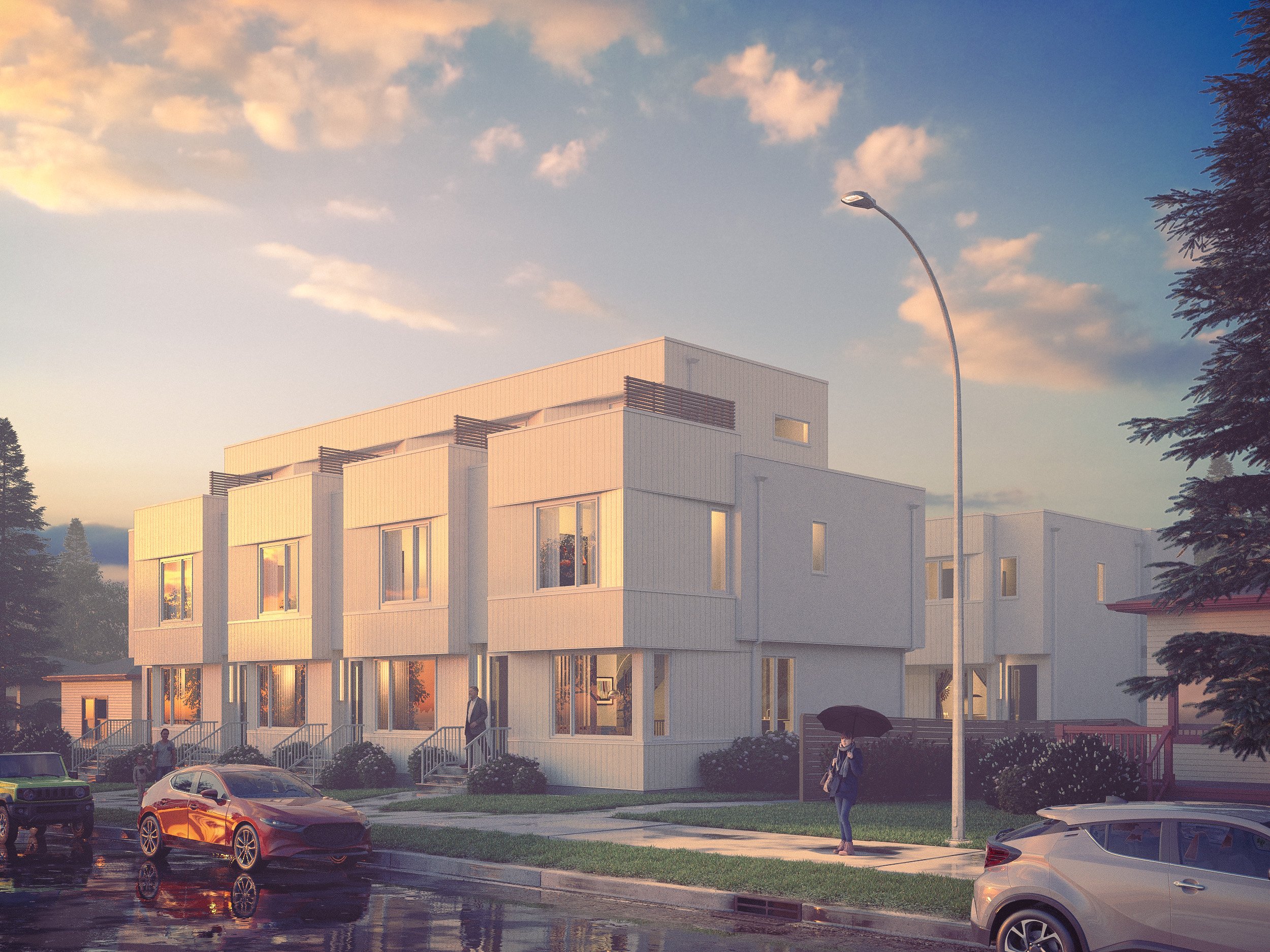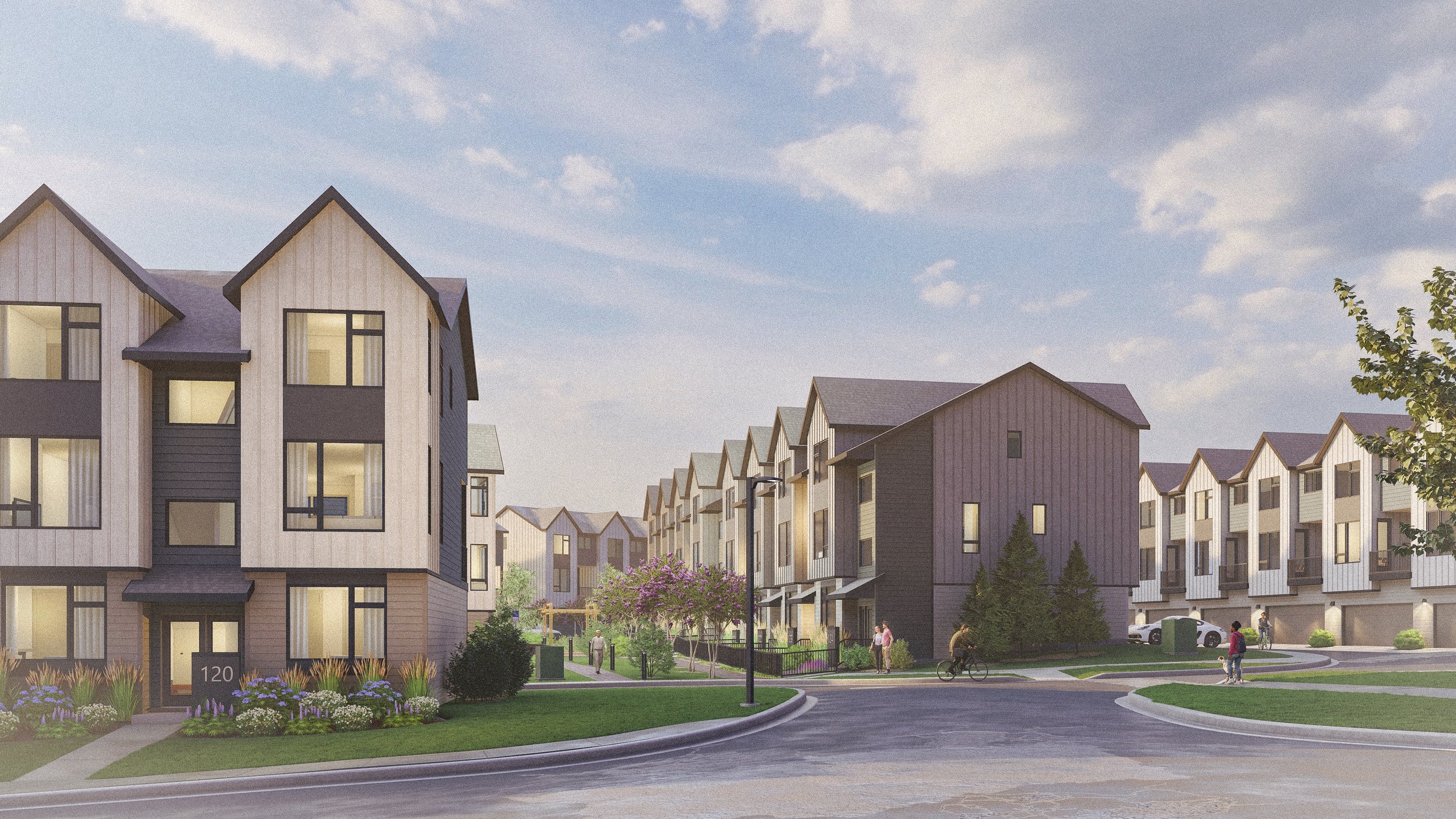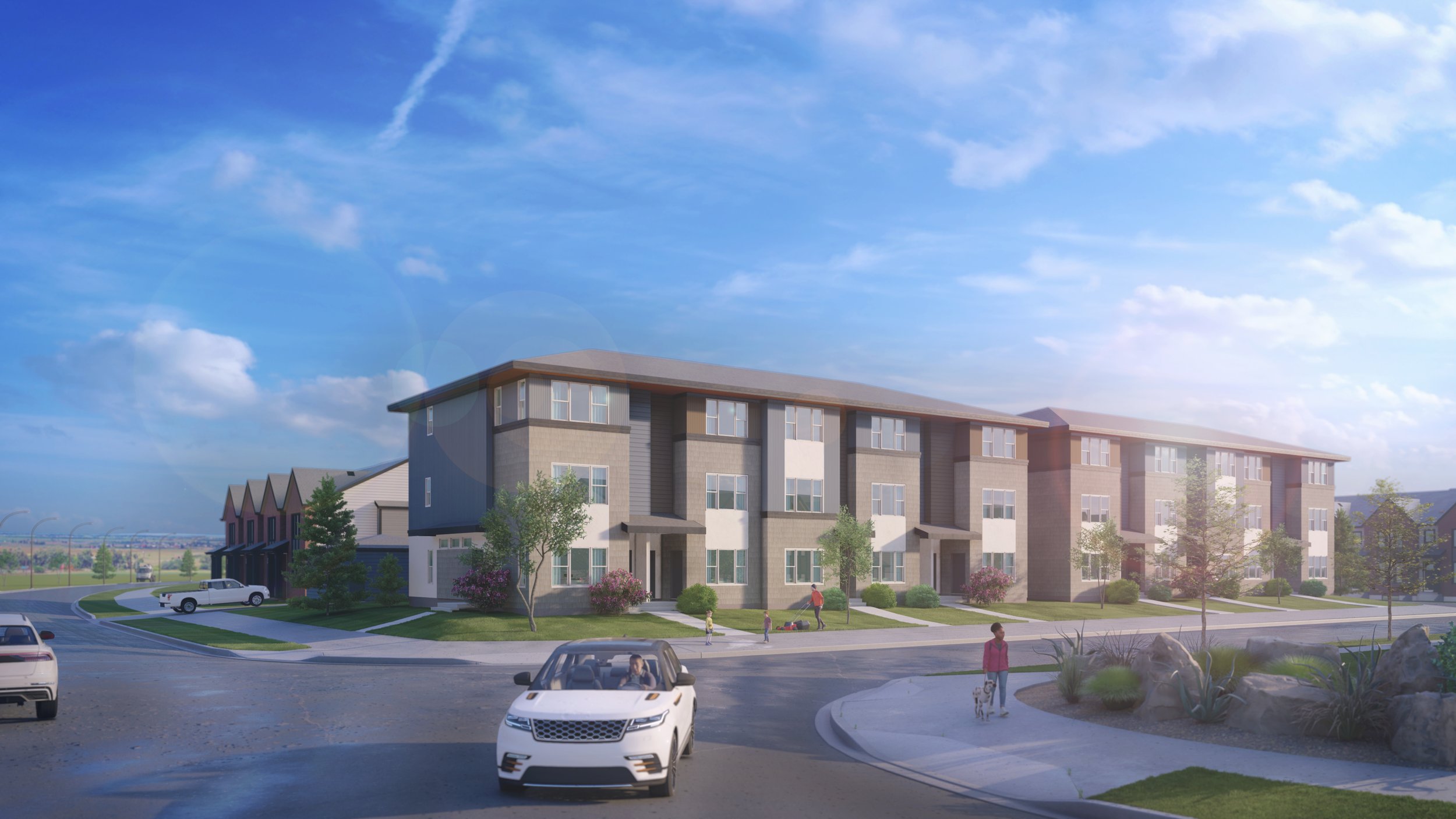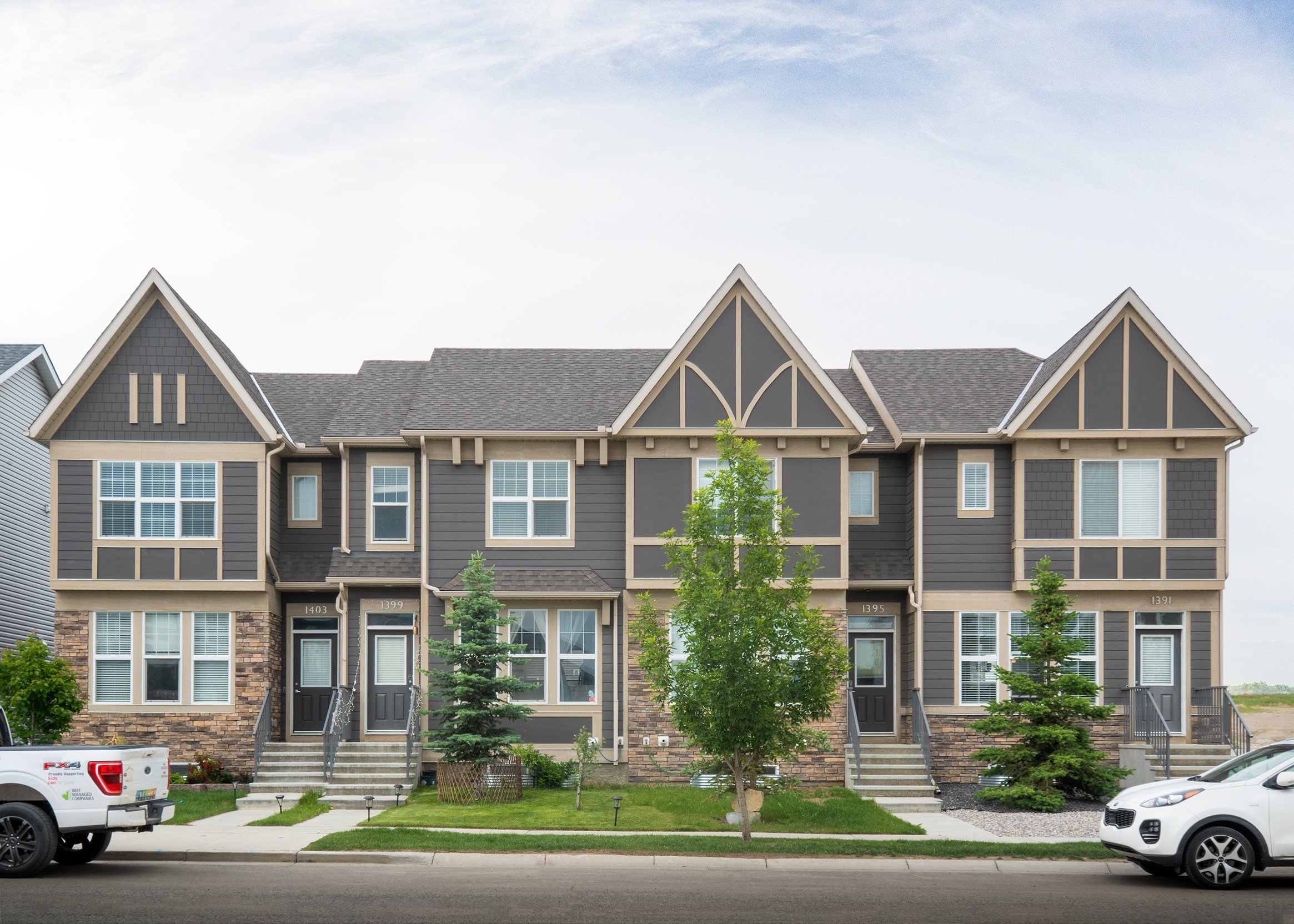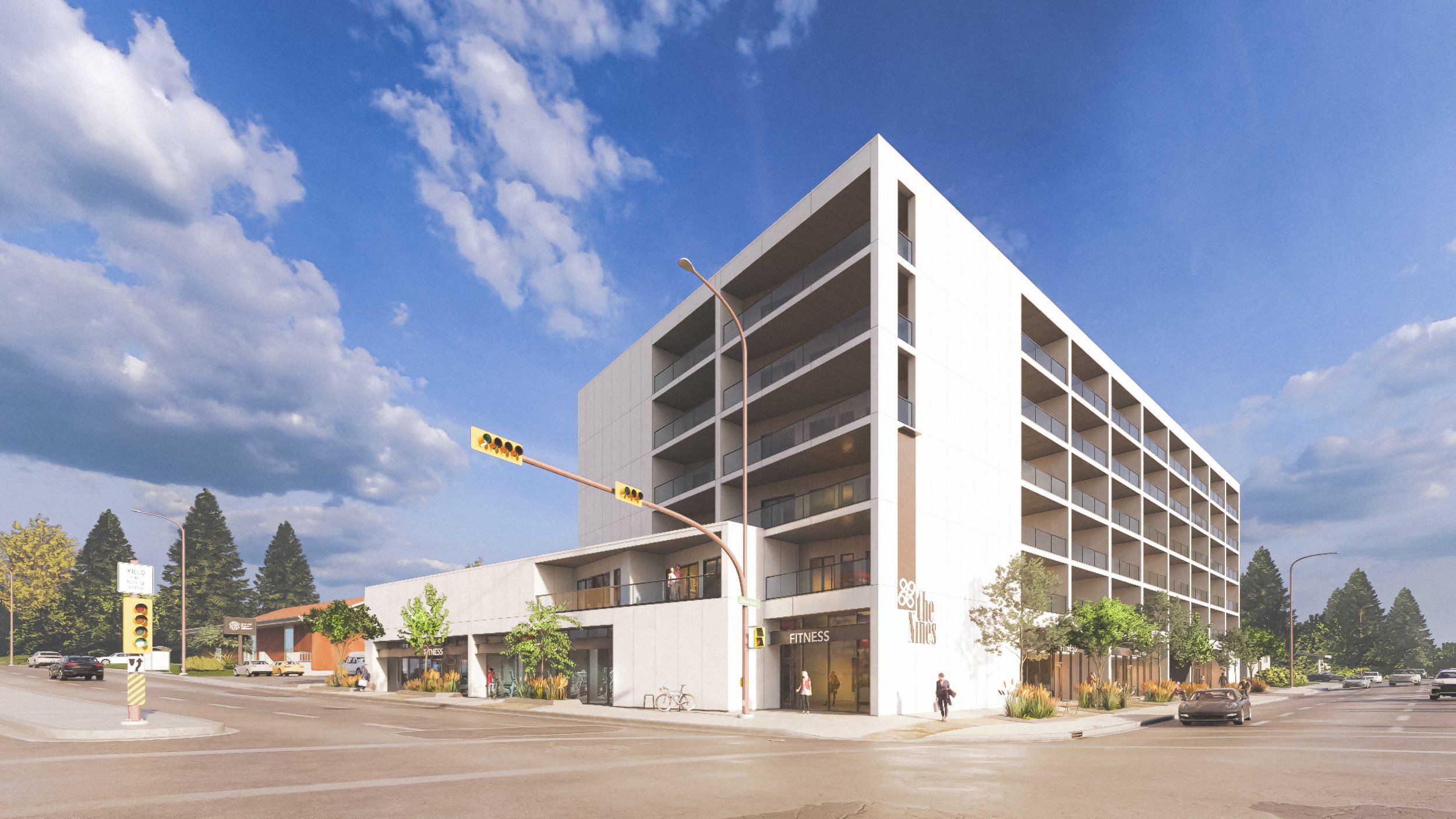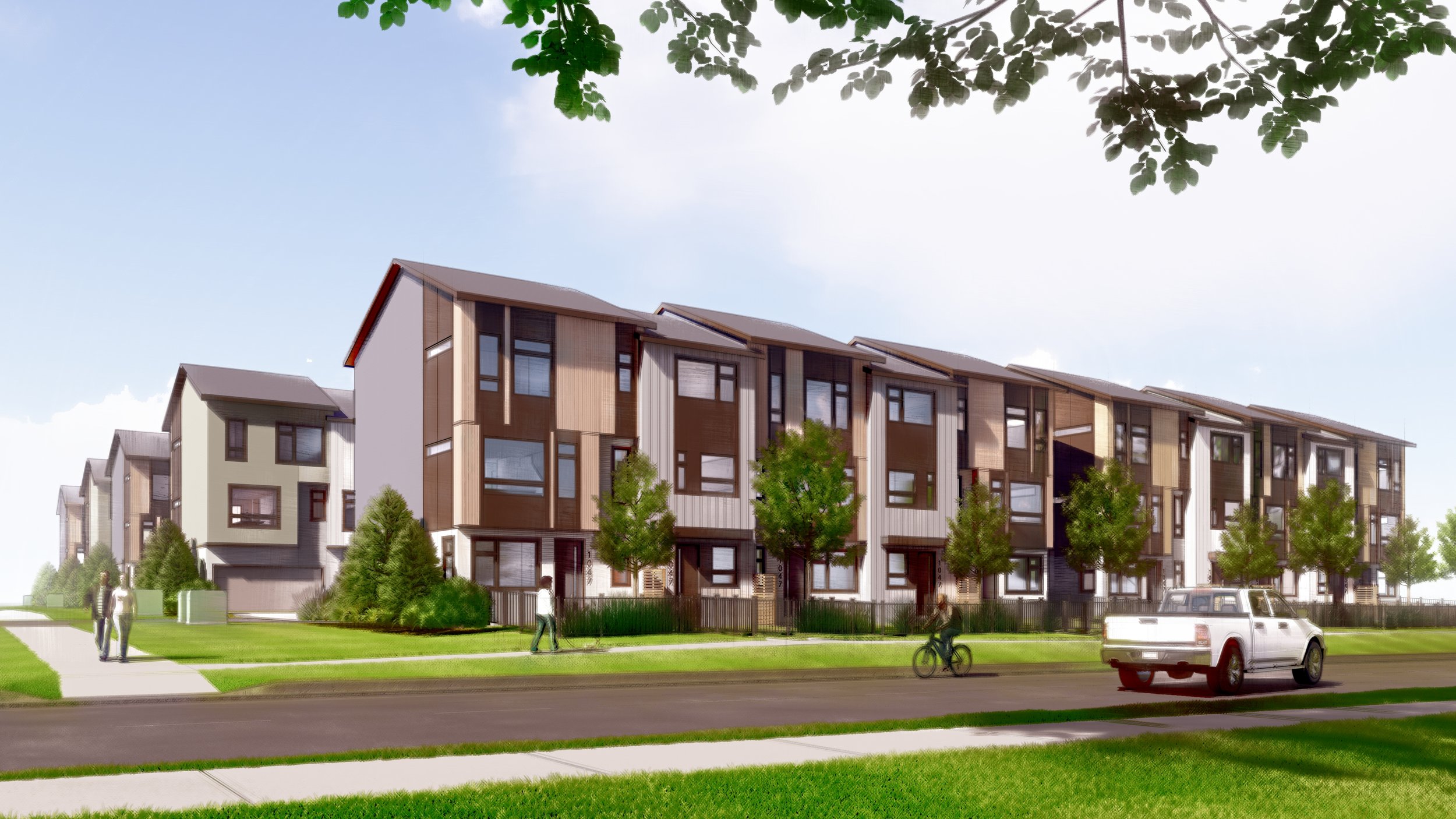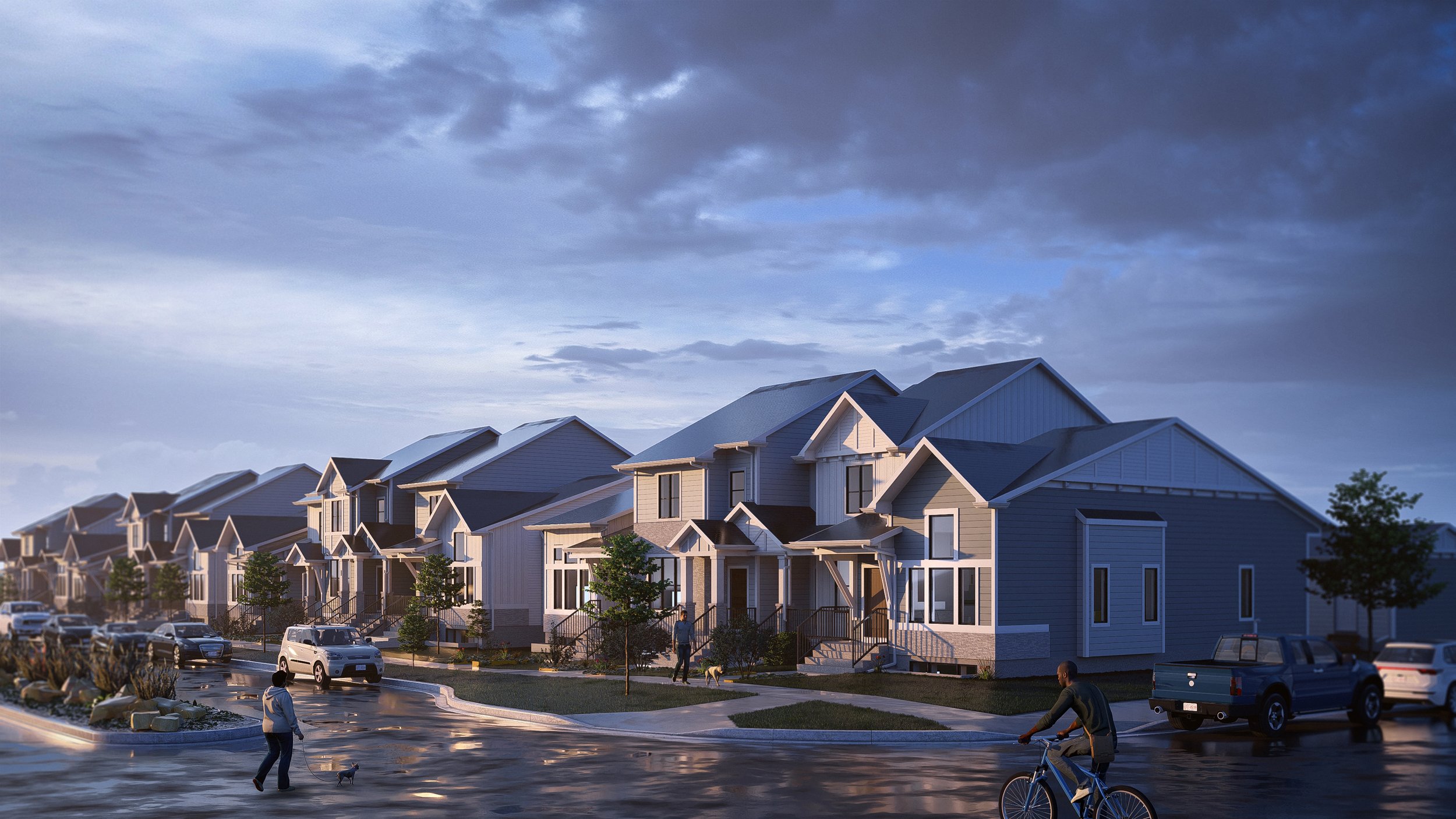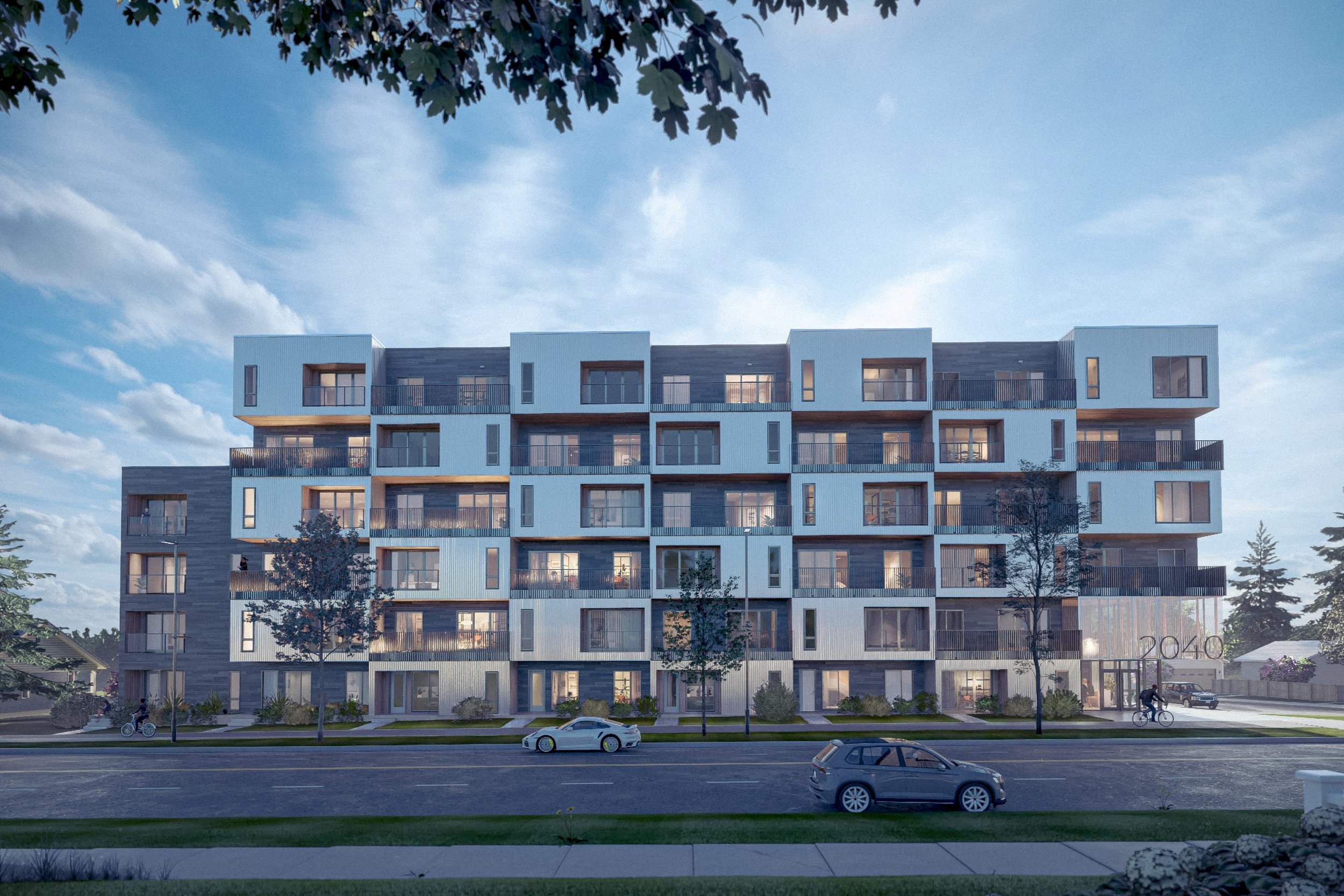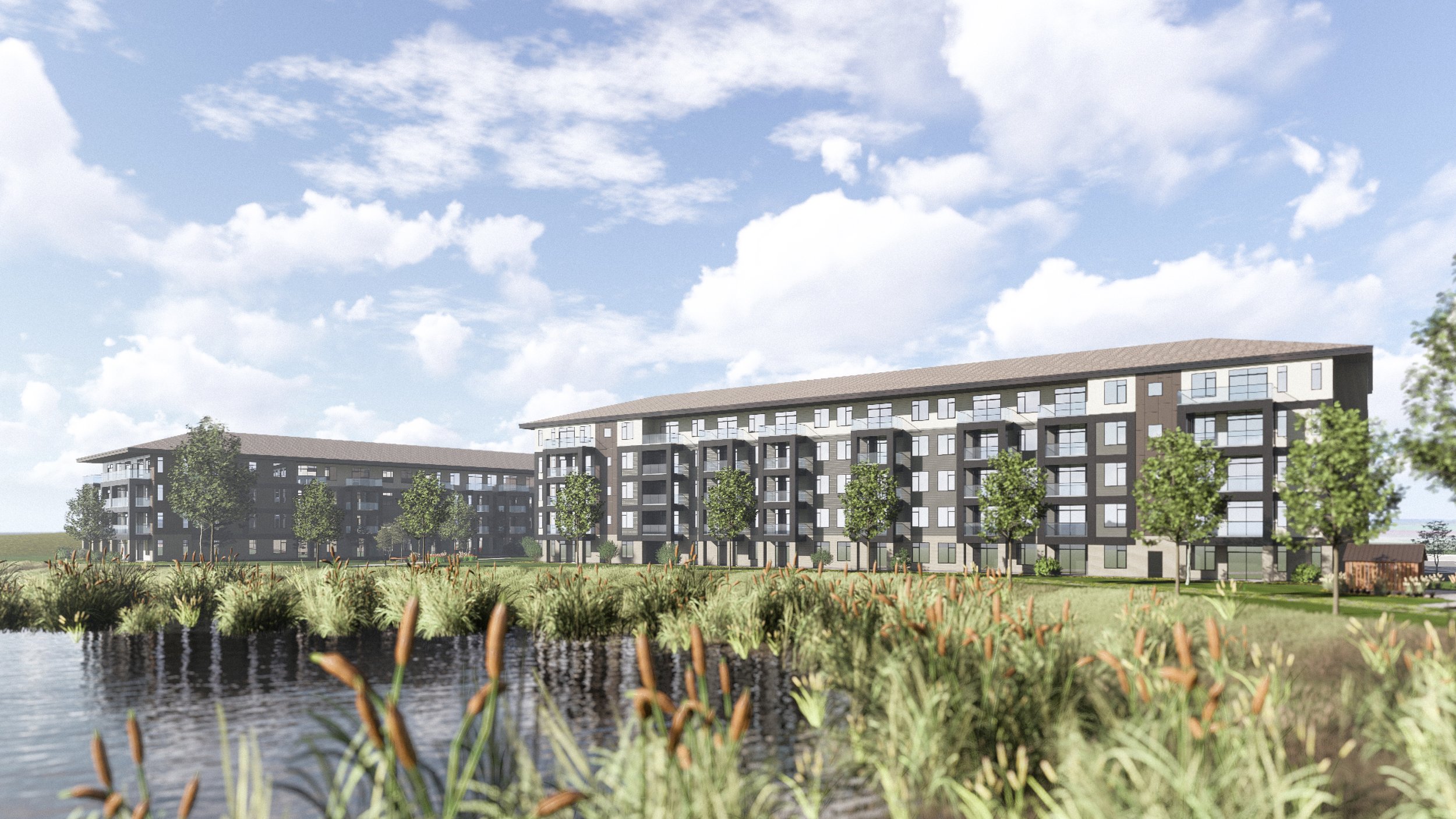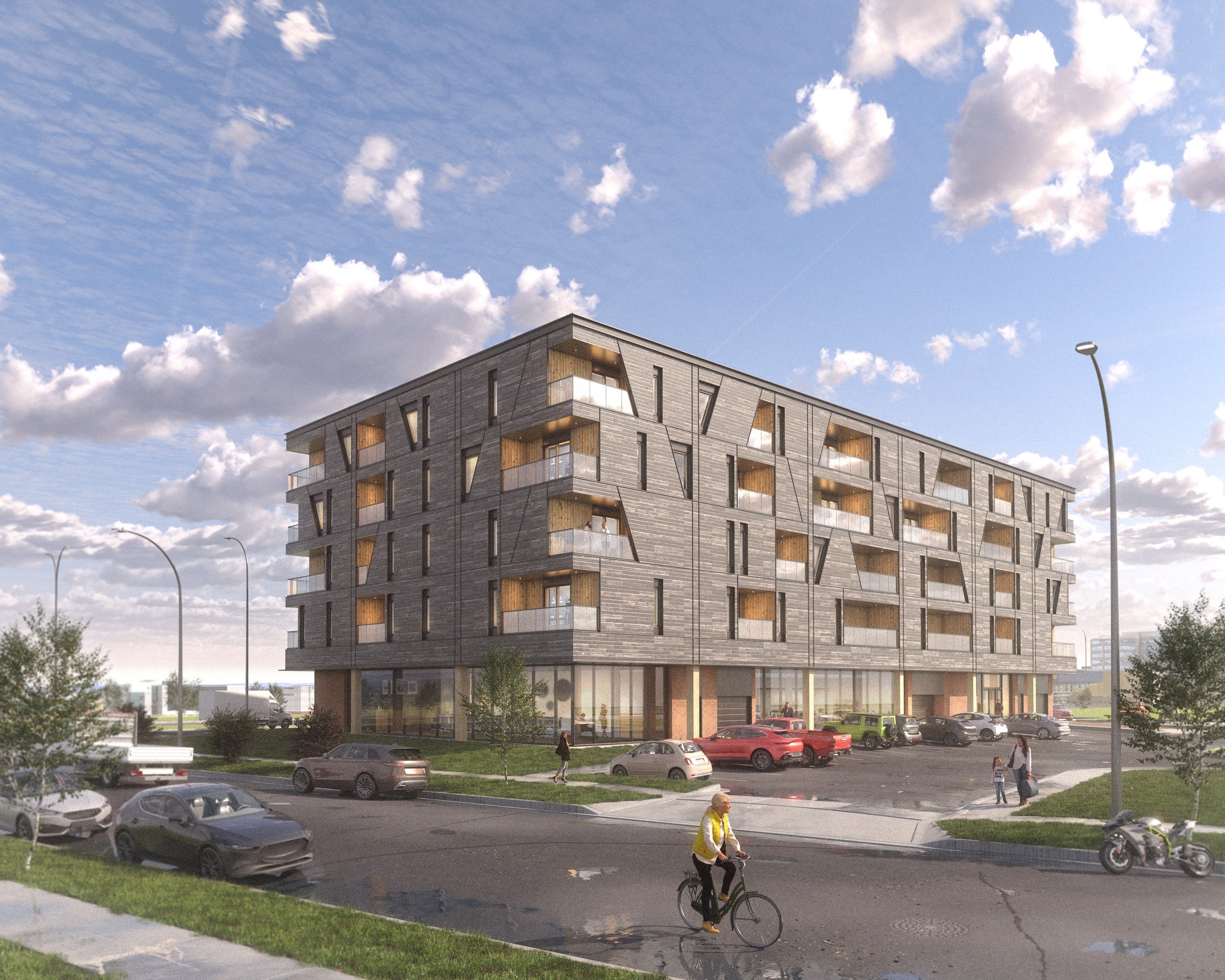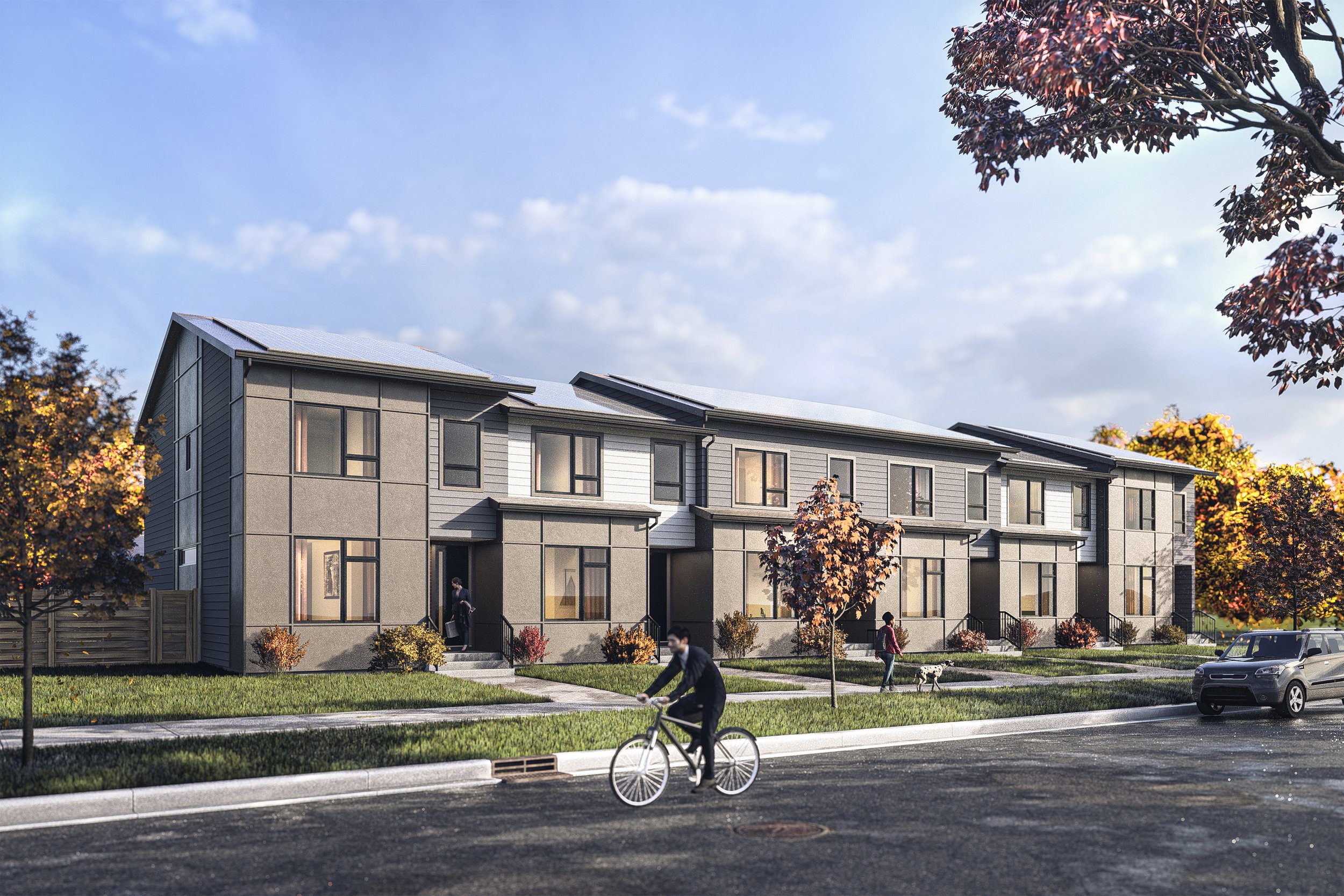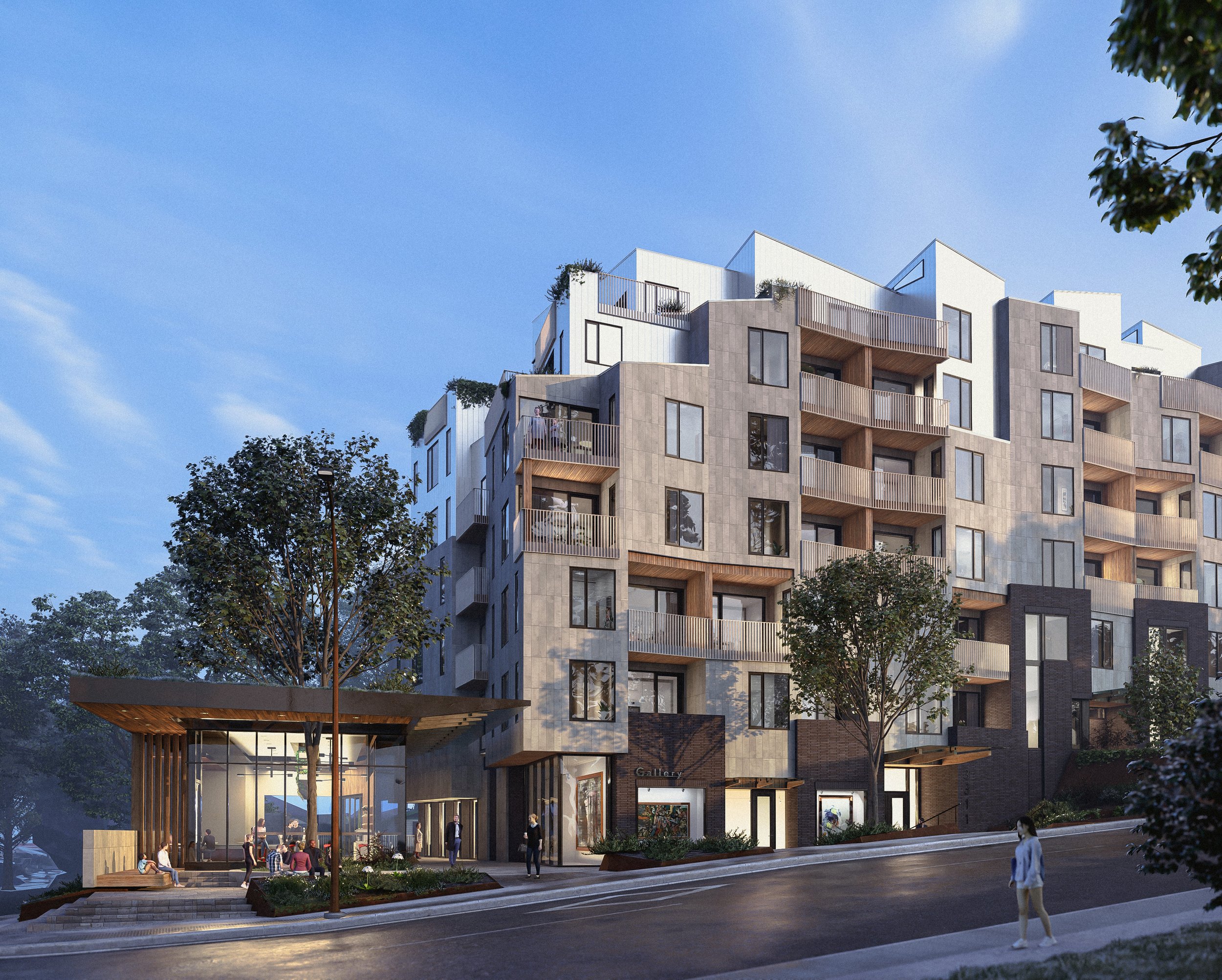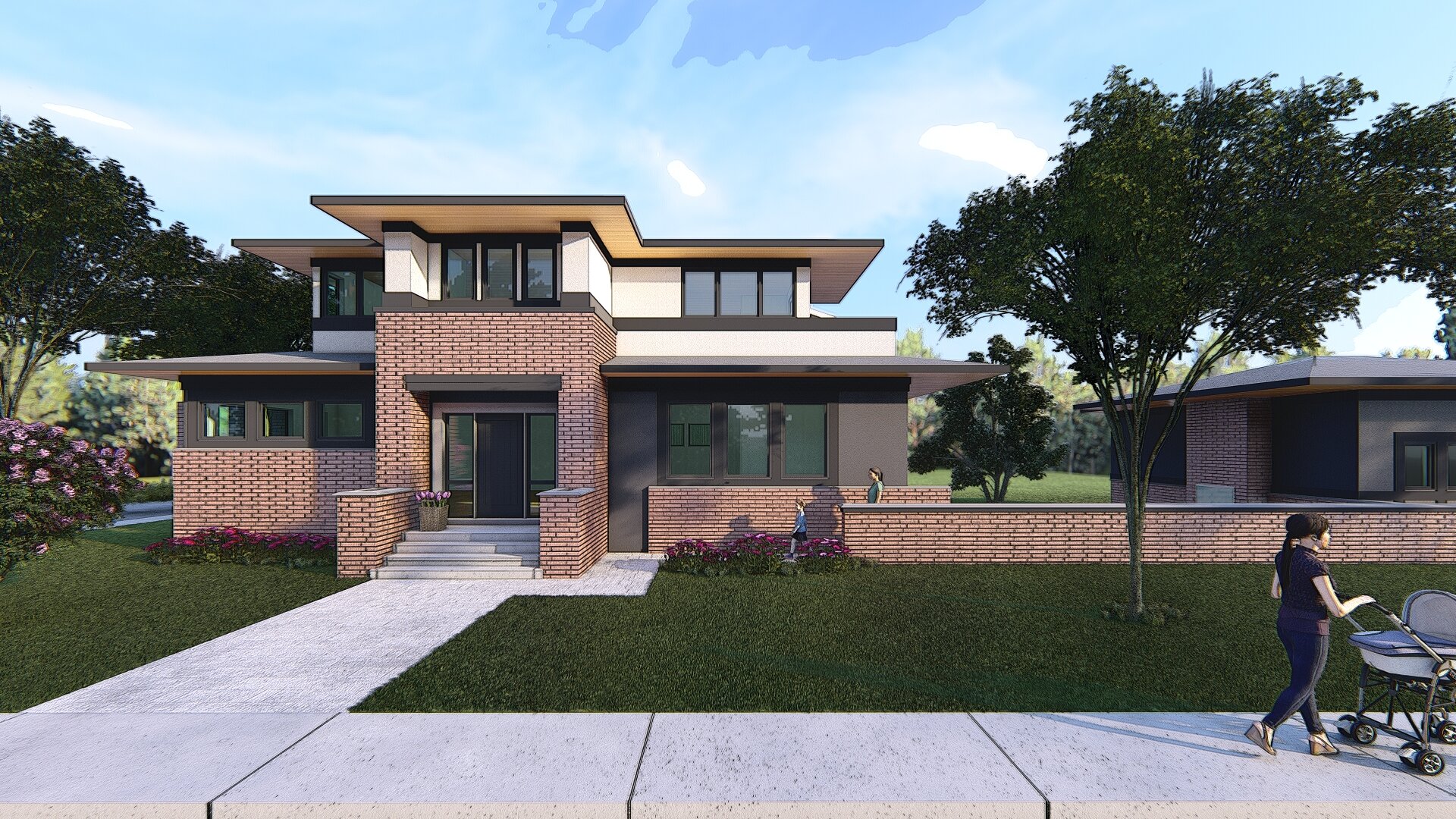Process | How we do this
Some people believe that design is a wild and ineffable undertaking. We are not those people.
We know that design is a process that can be planned and repeated, and that with good preparation and management, this process will almost always lead to a successful outcome. Using this strategic approach, we will pilot your project from concept to completion. While there are always uncertainties in any project, our goal is to embrace these challenges, and guide them into opportunities to improve the result.
Like the trades that work on the best projects, we are trained and experienced craftspeople. We care about everything from the massing to the details, so that the project vision is translated accurately into the finished product.
We recognize that behind the financial imperatives of every job, each project is an opportunity to create or improve a place where people live, work or play. This possibility for placemaking is what allows us to—even in small ways—improve our towns and cities, as well as the lives of their citizens. We pay just as much attention to how buildings fit into their context as the program fits into the building.
The Gravity design process is organized into into six phases. These phases are: Predesign, Schematic Design, Design Development, Bidding, Construction Documents and Construction Administration.
Project Phases
Pre-design
We prepare feasibility studies before design begins to determine the highest and best use of a property. These studies surface opportunities and challenges in urban design, land use bylaws, municipal policies, transportation and waste management plans, and often political will.
The study can take on different forms depending on the client’s requirements. It can be a simple report, a site layout, or even a conceptual design with renderings. You can look at a selection of predesign work Gravity has done here.
Schematic Design
“Schematic design is the phase of the project during which the client’s requirements and desires determined in the pre-design phase are resolved into physical, architectural form. The purpose of this phase is to transform the results of the pre-design investigations into a concept of “what will be built.” *
Our team transforms our clients’ requirements into an architectural form that meets their needs, while conforming to local Bylaws and Codes. Through a series of client meetings, we present to our client design iterations that each in turn aim to better meet their requirements. Typically we will resolve site layouts, floor plans, then exteriors each in turn, with the entire design clarifying as we proceed. This phase is complete when our client approves the schematic design.
Design Development
“During the design development phase, the selected scheme, which was prepared during the schematic design phase, is refined and developed in more detail. Whereas the schematic design generally describes “what” is being built, the design development phase explores and determines “how” it is being built and how it will operate, with design features of the project more fully developed.”*
This design development phase is structured around the development permit approval process. Usually, during the first half of this phase, Gravity—along with other professional consultants—prepare a development permit package to present to our client for approval. This package presents the project in more detail, and incorporates information about the site, as well as the exterior materials and finishes.
Upon client approval, the package is submitted to the appropriate development authority (the City). Gravity then negotiates with the City on a design configuration that the City will approve. This phase is complete when the City releases the development permit.
Construction Documents
“The construction documents stage of the design services is generally where...the project information developed and consolidated at the previous stages and accepted by the client comes together in the building’s definitive design solutions for all its elements and components, across all disciplines and at a level of comprehensiveness, depth and precision appropriate to the project’s chosen methods of procurement, construction work and delivery.”*
The construction documents phase is structured around the building permit approval process. Usually, during the first part of this phase, Gravity coordinates with other professional consultants to prepare a building permit package to present to our client for their approval. This set of drawings is coordinated with structural, mechanical, plumbing, electrical, envelope, energy modelling and other consultants to provide a consistent and detailed set of instructions for how to build the project.
Upon client approval, Gravity submits the package to the authority having jurisdiction (AHJ). Gravity then responds to the plans examiners comments to prepare a set of permit drawings that the AHJ will approve. Upon building permit approval, Gravity prepares an issued for construction (IFC) set of drawings for the client to build from. The issuing of the IFC set completes this phase.
Bidding
When a client asks for Gravity’s help in the selection of a builder using a competitive bid process, Gravity can assist the client to solicit bids from contractors so that he or she can award the construction contract. We generally recommend that clients bring a construction manager onto the project team as early as possible so that their expertise is available during the design process.
Construction Administration
During the construction phase, if the client and the builder are different entities, Gravity can administer the construction contract between them to ensure that the terms are met and payments are appropriate. When this is not required, Gravity will simply fulfill our professional obligations for field review and field review coordination as outlined in Sentence 2.4.4.1.(1) of Division C of the Alberta Building Code (ABC) or Subsection 2.2.7.3., of the British Columbia Building Code. To this end, Gravity’s Contract Administrator, under an architect’s supervision, undertakes both the office and field functions of this phase.
Depending on the project, these functions may include reviewing the contractor’s performance in maintaining both the construction schedule and the standards or quality of construction; providing guidance to the contractor by interpreting the contract documents, answering questions verbally and, when required, issuing necessary documentation, including supplemental instructions, proposed changes, change directives or change orders in order to allow the progress of work on site; fulfilling performance standards for general review as required by the Building Code, the client-architect agreement, authorities having jurisdiction, and provincial or territorial associations of architects; and analyzing and adjusting the contractor’s application for payment and certification of the payment.
Our goal in the construction phase is to ensure that the project that our client is expecting gets delivered.
*Excerpted from the Canadian Handbook of Practice

